| Address: | Srisailam, Andhra Pradesh 528101 |
|---|---|
| How to go: | |
| Pros: | Availability of mobile network |
| Cons: | The language issue for visitors from other states of the country, I personally feel (As I suffered for stomach issue) lacking of hygienic food shop in the town. (Best option is Anna Prasadam from temple trust and own restaurant of Devasthanam are best which is open for all) |
| What to visit ? | Visit sightseeing section in description or watch Srisailam sightseeing video. |
| Company: | Family, friends, solo |
| Minimum day/time to visit: | 2 nights stay |
| Locality: | Census town |
| Expenses: | Accommodation in Devasthanam for suits 1500 for 24 hours for double bed. For sightseeing total 150 for basic 5 temples, for other 5 temples they charge 500 for 1 auto, you should bargain in that case. (Watch my video to get more information) For ropeway 30 per person. Akka Mahadevi temple by boat 650 per person. For Istakameswari temple per person 1000. You can book from this link https://nstr.co.in/nekkanti-jungle-ride-istakameswari/ |
| More Information: | Today, I am going to take you to Srisailam Parvat, which is also called the Kailash of the South, where Lord Shiva and Mata Parvati reside together in the Sri Mallikarjuna Swamy Temple. My journey started from Bangalore one day before Diwali. I planned it in such a way that I could spend Diwali in Srisailam. However, after reaching there, I learned that the main festivals celebrated in Srisailam are Maha Shivratri, Karthik Purnima, and Ugadi. Srisailam Parvat is located in the northernmost part of Andhra Pradesh and is surrounded by the Krishna River on 70% of its perimeter. The gateway to Srisailam Parvat is through the Nallamala Tiger Reserve, also known as the Nagarjunasagar-Srisailam Tiger Reserve. Passing through this reserve offers a serene experience. It is the largest tiger reserve in India, stretching 45 km with multiple hairpin bends. It also provides an opportunity to opt for a tiger safari. It takes around one hour to reach Srisailam, considering the starting point as the Nallamala Tiger Reserve check post. After reaching there, we checked into Ganesh Sadan, one of the official accommodations of the temple trust, where I had booked a family room through their official site for Rs. 1,786 for 24 hours. Prior booking is required to stay in any of the trust accommodations. However, solo travelers can directly go to Sri Saileshwara Dormitory, which is in the same building as Mallikarjuna Bhavan, or Rudra Dormitory near Nandi Circle, or Nandeeswarar Dormitory near Pathala Ganga, and book a stay on the spot. Formation of Srisailam Parvat and Its Significance as a Jyotirlinga According to legend, Sage Shilada performed intense tapasya (penance) in devotion to Lord Shiva. Pleased with his devotion, Lord Shiva appeared and blessed him with two sons, Nandi and Parvat, so they could continue his worship. Parvat became a staunch devotee of Lord Shiva and performed rigorous penance to attain him. Pleased with his devotion, Lord Shiva appeared before him and asked what boon he desired. Parvat requested that Shiva manifest on him and remain forever as a prime Jyotirlinga. He also wished for the place to become a holy pilgrimage site where nature and animals coexist harmoniously, sages and rishis reside, nine rivers flow around it, and devotees come to worship Lord Shiva. Lord Shiva granted all his wishes, thus forming the Jyotirlinga at the foothills, naming it Srisailam Parvat. Later, the Sri Bhramaramba Mallikarjuna Temple was constructed at the same location, around the 2nd century during the Satavahana dynasty. It was reconstructed and expanded during the Vijayanagara Empire in the 14th and 15th centuries. Today, you can see Vijayanagara architectural foundations sculpted on the temple’s outer walls. The Reddy kingdom also contributed to some constructions in and around the temple, as they were devoted followers of Bhramaramba Devi. Srisailam as a Shakti Peeth There are 51 Shakti Peethas worldwide, out of which 18 are considered Maha Shakti Peethas. In Srisailam, the incarnation of Goddess Sati is Bhramaramba Devi. It is believed that her neck fell here, making it one of the 18 Maha Shakti Peethas. How Mata Parvati Became Bhramaramba Devi According to the Skanda Purana, there is a mythological story behind this. Once, the demon Arunasur meditated to attain the blessings of Goddess Gayatri and asked for immortality. When Gayatri Devi appeared, she explained that she could not grant such a boon and advised him to seek Lord Brahma’s blessing instead. Arunasura then performed intense penance for Lord Brahma and requested the boon of immortality. Brahma, knowing the potential threat to humanity, denied it but instead granted that no creature with two or four legs could kill him. Empowered by this boon, Arunasura began terrorizing all living beings. Worried, the devas sought protection from Lord Shiva and Mata Parvati. To defeat Arunasura, Goddess Parvati took the form of a bee and released a thousand bees to kill the demon. After his defeat, the devas requested the goddess to reside in her favorite place so they could worship her eternally. Parvati chose Srisailam as her abode, as it was also dear to Lord Shiva. Since then, she has been worshipped as Bhramaramba Devi in Srisailam. Worship of Kartikeya in Srisailam There is a significant legend about Kartikeya’s worship in Srisailam. According to mythology, one day in Kailash, Lord Shiva and Mata Parvati told their sons, Ganesha and Kartikeya, that whoever circled the world twice first would be married first. Kartikeya, riding his peacock, immediately set off on the journey. However, Ganesha, using his wisdom, circled his parents, saying they were his entire world. Pleased with his devotion, Lord Shiva and Parvati arranged Ganesha’s marriage to Buddhi and Siddhi. Upon returning and learning about this, Kartikeya became enraged and left Kailash. He went to Mount Krauncha in Palani, where the Palani Murugan Temple stands today, and chose to live as Kumar Brahmachari. Later, to pacify him, Lord Shiva and Mata Parvati followed him, but Kartikeya tried to escape. At the request of the devas, he agreed to stay nearby, in Srisailam Parvat. Hence, during Kartika Purnima, devotees flock to Srisailam to perform pujas and rituals. During this time, people light diyas over Amla (Indian gooseberry), known as Deepjyoti. Many Amla trees are planted inside and outside the temple premises, as the fruit is considered sacred. This temple is unique in that every evening, a ritual wedding of Lord Shiva and Parvati is performed with Kartikeya seated between them. Here, Kartikeya is worshipped as Kumaraswamy, and he has a strong religious presence, especially in Andhra Pradesh and Tamil Nadu. Inside the Temple Mobile phones are strictly prohibited inside the temple. The first darshan is of the massive Nandi Maharaj sitting in front of the Mallikarjuna Swamy garbhagriha (sanctum sanctorum). Upon entering, on the left, you will find Ratnagarbha Ganapathi, and on the right, Sudarshana Veerabhadra Swamy, the protector of nature. Inside the garbhagriha, devotees can have darshan of the Mallikarjuna Swamy Jyotirlinga. After exiting the sanctum, devotees can see five Shiva Lingams consecrated by the Pandavas, placed one after another. Towards the right side of the temple compound, there are two important temples: the Sahasra Lingam consecrated by Lord Rama and the Vrudha Mallikarjuna Lingam, considered the oldest Mallikarjuna Jyotirlinga. Even today, the same rituals performed for Mallikarjuna Jyotirlinga are also observed at Vrudha Mallikarjuna. Temple Entrances and Darshan Details There are four gopurams (temple towers) at Mallikarjuna Swamy Temple, similar to the Rameshwaram Jyotirlinga Temple. The eastern entrance is Tripuranthakam, the western entrance is Alampuram, the northern entrance is Umamaheshwaram, and the southern entrance is Siddavatam. Each gopuram has five kalashas on top, except the southern tower, which has seven. For darshan
Darshan is generally closed for one hour after 12 PM. A blackboard at the temple entrance displays updated darshan timings, so plan accordingly to avoid waiting in the prasadam distribution hall during the closure. Srisailam sightseeing Our first destination is the Sakshi Ganapathi Temple, located just 2 km from the Mallikarjuna Swamy Temple. This is the only temple visible beside the main road while entering Srisailam. It is believed that a visit to Srisailam is incomplete without visiting Sakshi Ganapathi, as he keeps a record of all devotees visiting Sri Mallikarjuna Swamy Jyotirlinga. The idol is beautifully sculpted from black stone, with its trunk folded to the left, appearing as if recording the names of devotees. Our next destination was the Hatakeswaram Shiva Temple. It is situated within a peaceful forest patch and is believed to date back to the 13th century. The temple consists of an open Mukha-mandapa with many pillars and a Garbhagriha. A short story associated with this temple tells of a potter who lived behind the temple and provided food to devotees visiting the Shiva Lingam. One day, Lord Shiva, disguised as a devotee, came to test him when he had no food left. Worried, the potter prayed to Lord Shiva for a solution. Pleased with his devotion, Lord Shiva appeared in a pot. From that day, the temple was named Atikeswaram, which later evolved into Hatakeswaram. The word “Atika” means a piece of a pot. Beside the Hatakeswaram Mahadev Temple, you will find the Lalitha Devi Peeth, established in 2009. Lalitha Devi is a form of the Divine Mother and the supreme goddess of beauty, wisdom, and compassion. She is one of the ten Mahavidyas, the ten fierce forms of Goddess Durga. Next, we visited the Shikaresvara Mahadev Temple, located at the highest point of Srisailam, known as Sikharam. The temple’s location and surroundings are breathtaking. The entry fee is Rs. 20 per person. You can hire an auto on a shared basis near the Mallikarjuna Swamy Temple for Rs. 150 per person to visit five nearby spots: Sakshi Ganapathi Temple, Hatakeswaram Mahadev Temple, Lalitha Devi Peeth, Shikaresvara Mahadev Temple, and Pataldhara-Panchadhara. Our next destination was Pataldhara-Panchadhara. In my opinion, it is slightly commercialized and overhyped despite its historical significance. The main attraction is the waterfall, and you need to descend 160 steps to witness its beauty. There are a few more temples not included in the basic sightseeing package, and fewer people visit them due to a lack of information. I requested the same driver to take us to these places for an additional charge of Rs. 250 per person. First, we visited the Chhatrapati Shivaji Maharaja Temple, a beautiful temple near the Mallikarjuna Swamy Jyotirlinga. This temple highlights Shivaji Maharaja’s contributions to the country during the Maratha Empire and the journey of his life. Take time to read the information displayed inside the temple. The large statue depicting Shivaji Maharaja’s court is the temple’s most iconic feature. The entry fee is Rs. 20 per person. Beside it, there is another temple showcasing the kingdom of Shivaji Maharaja. You can also see a depiction of him meditating in front of Bhramaramba Devi, his Kuldevi. Next, we visited the Hemareddy Mallamma Temple, not far from the Shivaji Maharaja Temple. The temple is dedicated to Hemareddy Mallamma Devi, a devoted follower of Lord Shiva. She prayed to Lord Shiva through all her hardships. Inside the Garbhagriha, there is a water stream believed to be the tears of Mallamma Devi, which continues to flow to this day. We then visited Sarangadhara Math, a few meters ahead of the Hemareddy Mallamma Temple. The atmosphere inside the Math was both thrilling and peaceful. Two Nandis are placed in front of Lord Shiva, and the Shiva Lingam inside closely resembles the Sri Mallikarjuna Swamy Jyotirlinga. Daily worship, oblations, and traditional rituals are performed here. Opposite the Math, we explored a beautiful amphitheater located by the roadside. All these places are near the Mallikarjuna Temple. Next, we visited Rudraksha Math, a small stone temple housing a beautiful Shiva Lingam. The temple’s interior has a distinct ambiance, and it seems to be a local temple where tantric rituals are performed alongside traditional rituals. We ended our day at the small Kalabhairava Temple near the Mallikarjuna Swamy Temple. I feel the last five places can be covered on foot if you have a map handy. Auto drivers charge Rs. 500 for two people, which seems overpriced. Start your journey in the morning so you can make the most of the daylight, as some temples close after 6:30 PM. The next morning, we visited Patalganga, one of the most significant destinations for visitors to Srisailam. The Krishna River, considered a holy water body, surrounds nearly 70% of Srisailam Parvat. Devotees bathe in the river, believing it cleanses them of their sins. Here, the Krishna River is called Patalganga because there are 852 steps leading down to it. Ropeway service operates from 6 AM to 5:30 PM, and tickets can be purchased with cash. The ropeway journey is pleasant, and the surrounding scenic beauty is mesmerizing. Another must-visit destination, if you have time, is Akka Mahadevi Cave. This cave is named after Akka Mahadevi, a renowned 12th-century saint who played a significant role in the Veerashaiva Bhakti movement. This movement, initiated in Karnataka, promoted religious aspects such as equality, social justice, and devotion to Lord Shiva. Akka Mahadevi actively participated in the movement alongside Basavanna. The cave features a naturally formed Shiva Lingam and a massive stone arch. Unfortunately, I missed this visit due to time constraints. Only 100 visitors are allowed per day, and the counter opens at 6 AM. The cave is open from 9 AM to 11 AM. The boat ride to the cave costs Rs. 650 per adult. Boat tickets for Patalganga Ghat cost Rs. 80 and must be purchased in cash. The boat ride takes visitors near the Srisailam Dam before returning to the ghat in about 30 minutes. The entire journey is incredibly pleasant and refreshing, making it a must-do activity. For an efficient itinerary, allocate an entire day for Srisailam sightseeing. Start with an early morning darshan at Sri Mallikarjuna Swamy Jyotirlinga, then visit Patalganga on foot, take the ropeway, and enjoy the boat ride. Return by 11 AM and proceed with general sightseeing via auto for Rs. 150 per person. Autos for sightseeing are available near the east gate of the Mallikarjuna Swamy Temple. Return by 2 PM, have lunch, and explore five additional temples on foot: Shivaji Maharaja Temple, Hemareddy Mallamma Temple, Sarangadhara Math, the amphitheater, Rudraksha Math, and Kalabhairava Temple. Akka Mahadevi Cave can be included based on your schedule. A hidden gem unknown to many visitors is the Sri Istakameswari Devi Temple. Near the Shikaresvara Swamy Temple, you will find the Nekkanti Jungle Ride office. They charge Rs. 1000 per person for a limited government-run gypsy ride to a remote tribal village where the temple is located. Like Akka Mahadevi Cave, only 100 visitors are allowed per day, and advance booking is required at the office. If you're planning a visit to Srisailam, make sure to plan accordingly! For room booking in temple accommodations: https://www.srisailadevasthanam.org/en-in/devotee/signin?to=devotee-app/online-booking/accommodations For other accommodations: Srisaileswara Dormitory A/C (08632443217) Location: https://maps.app.goo.gl/bWhvEdvMgU3T5yND7 Rudra dormitory (Beside Nandi circle) Location: https://maps.app.goo.gl/uQfEzbVLZGMKVyne6 Nandeeshwara Dormitory (TRowards Patalganga): Directly go and ask for bed. |
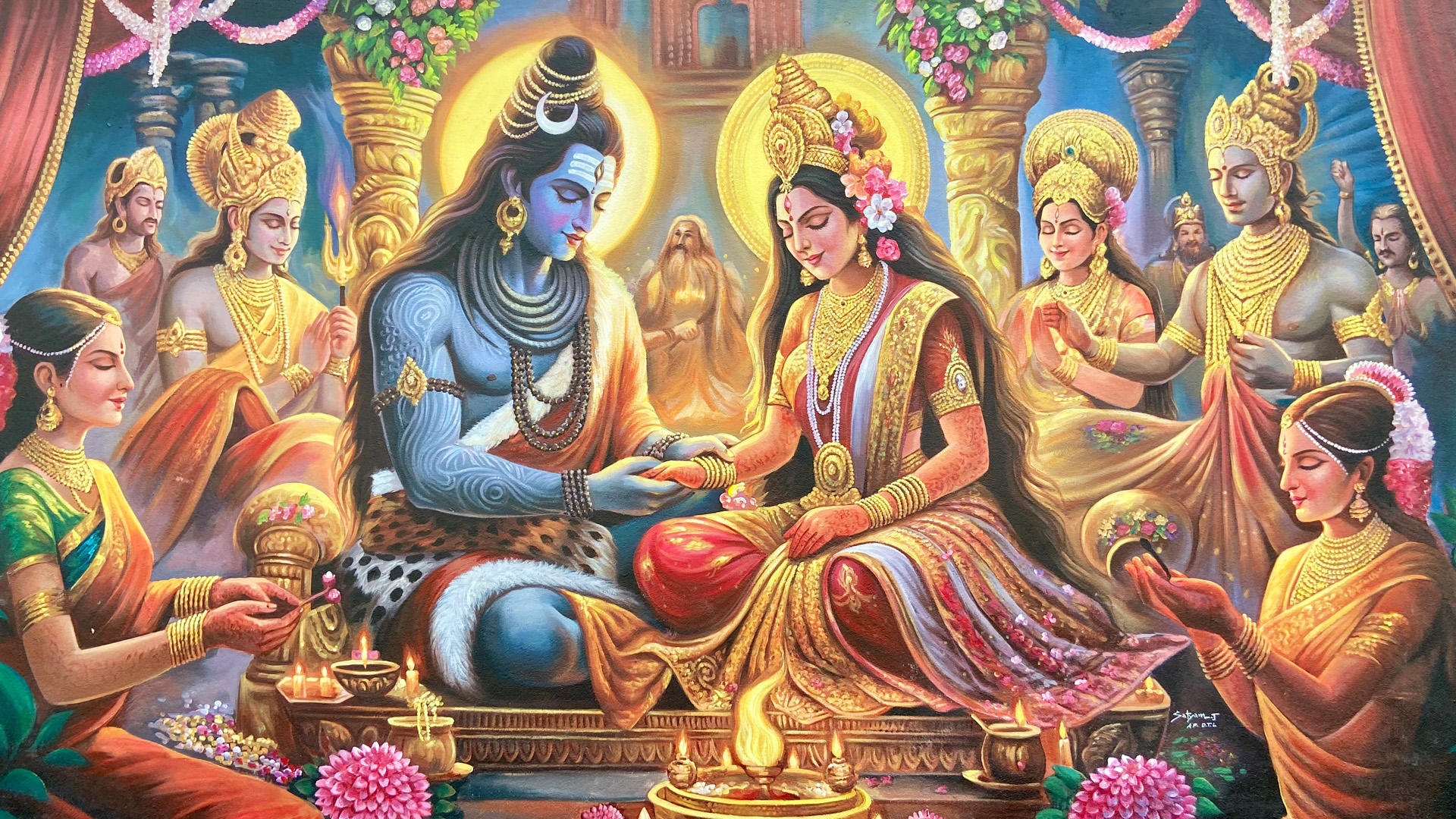
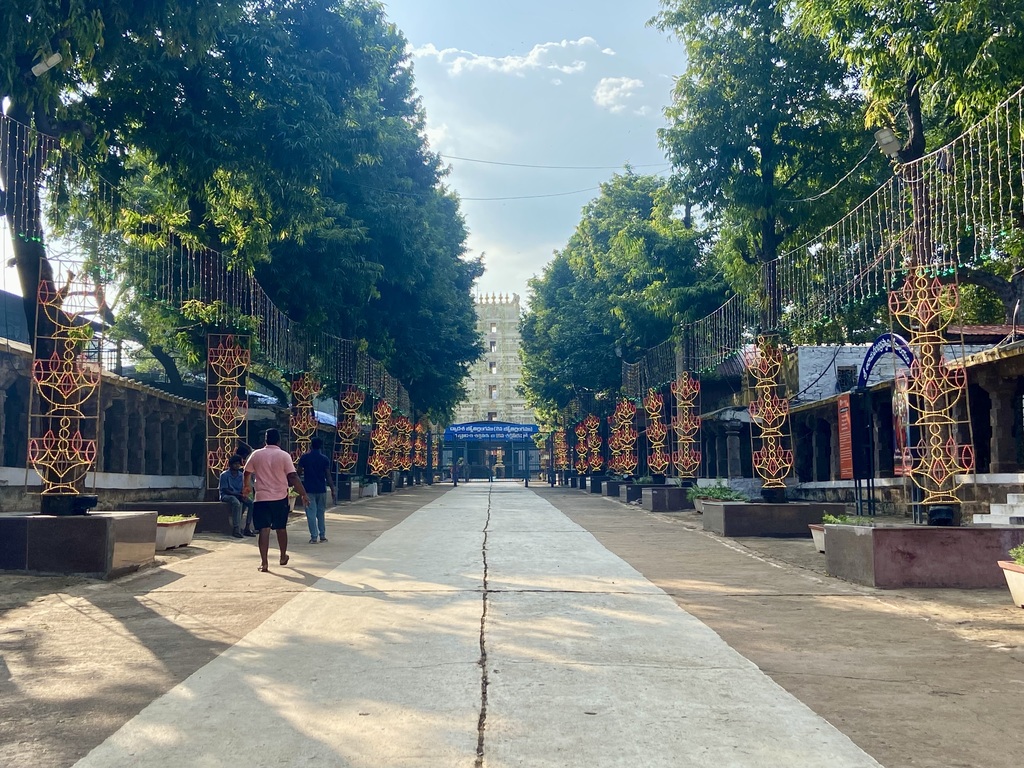
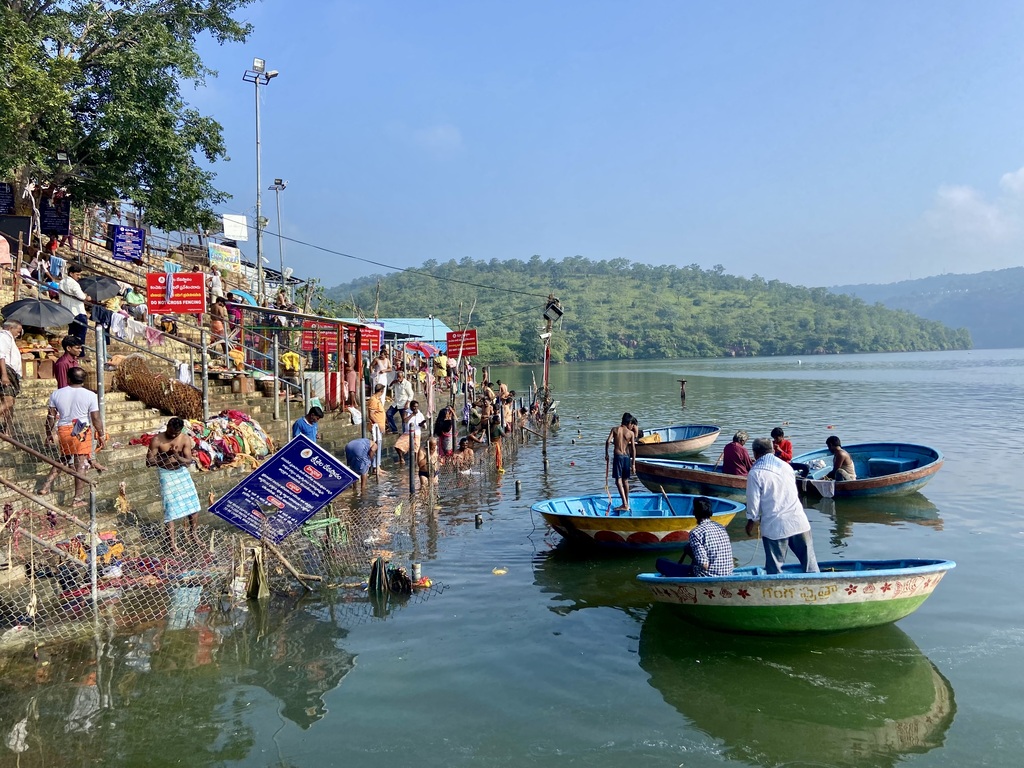
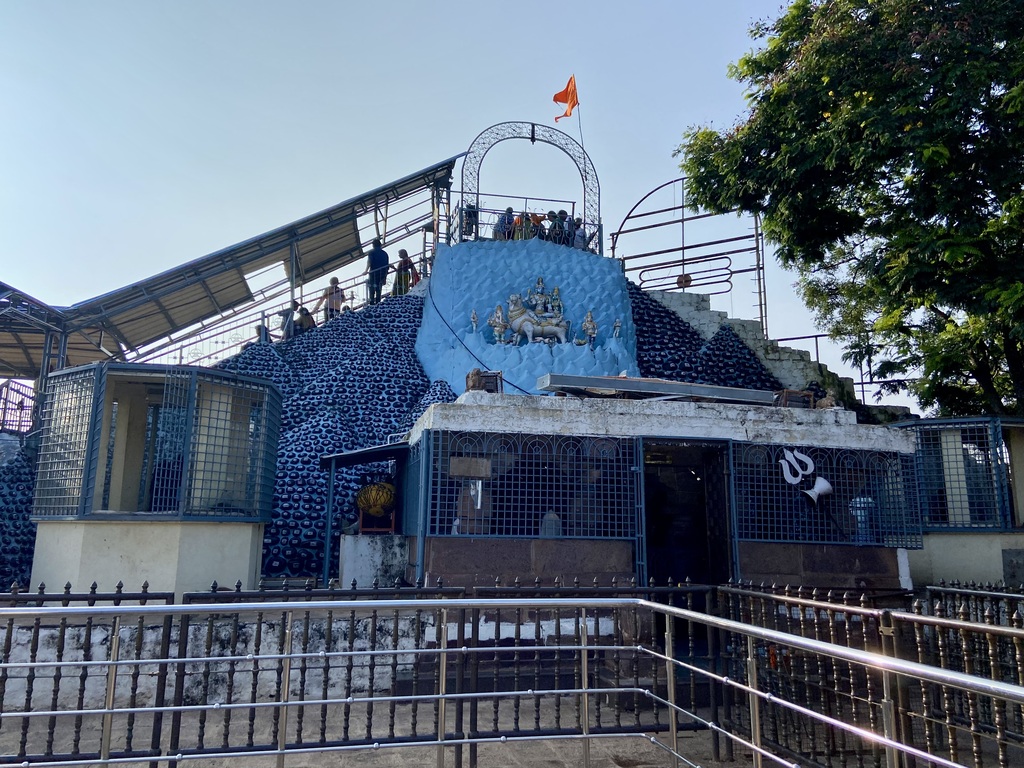
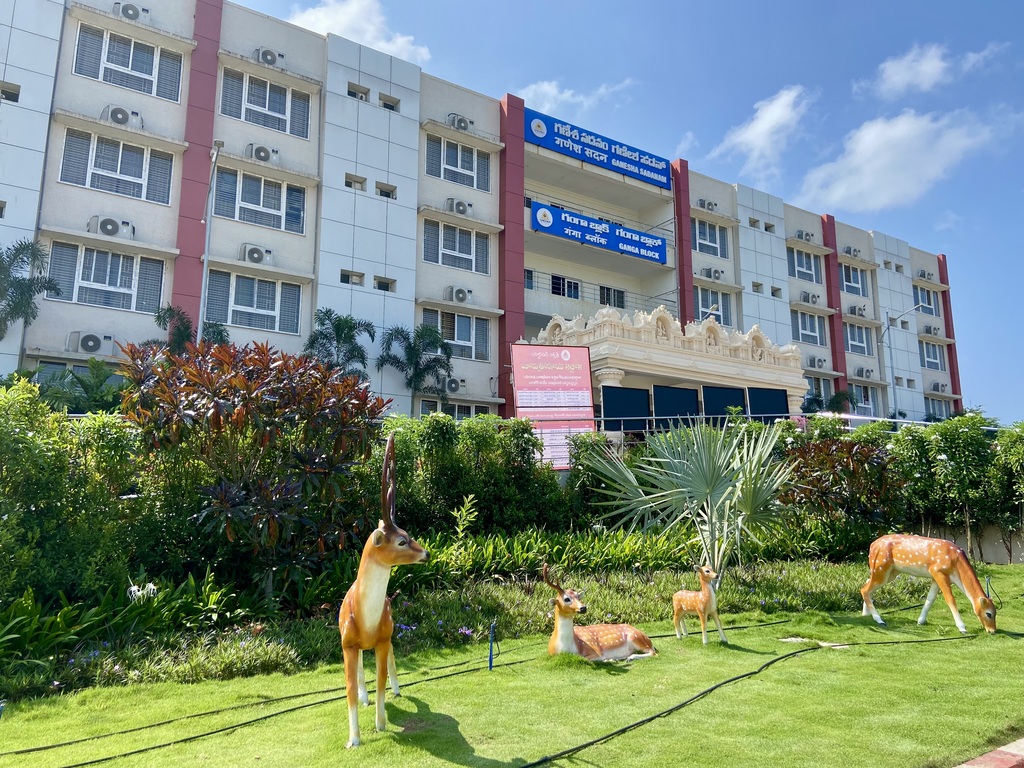
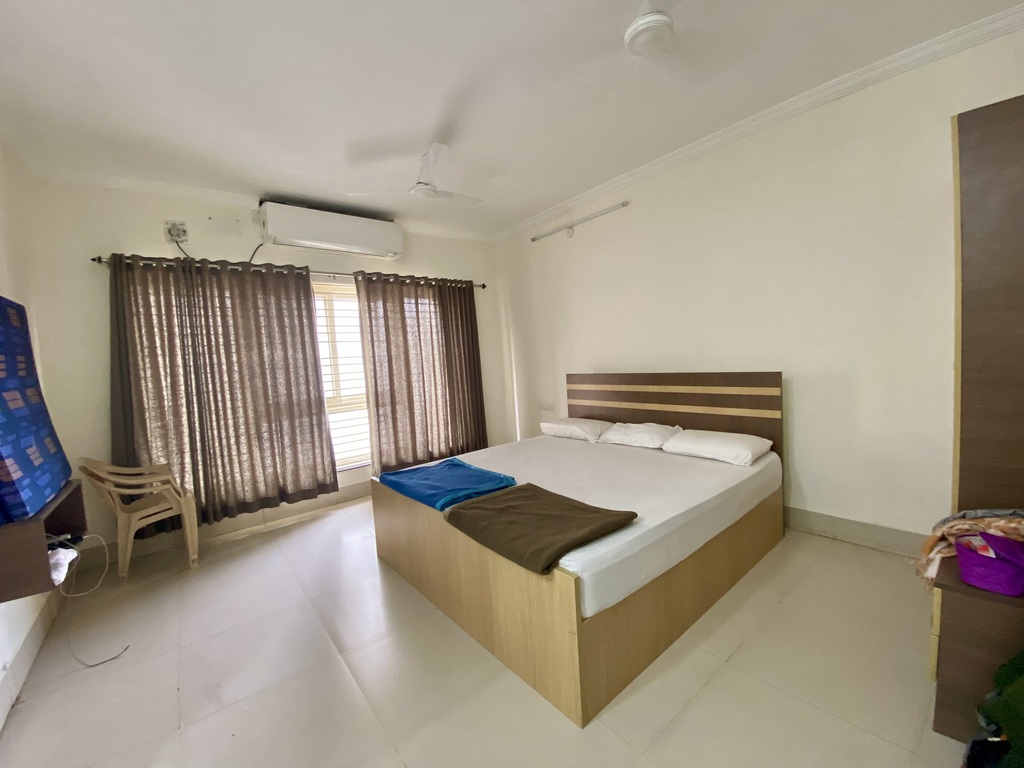
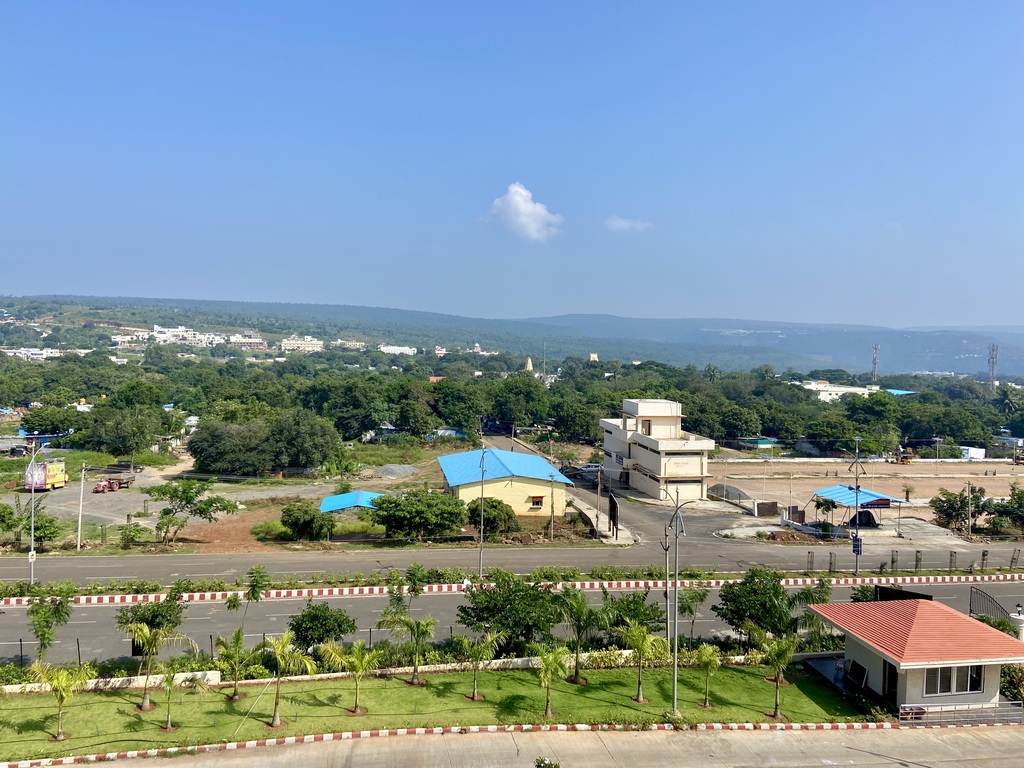
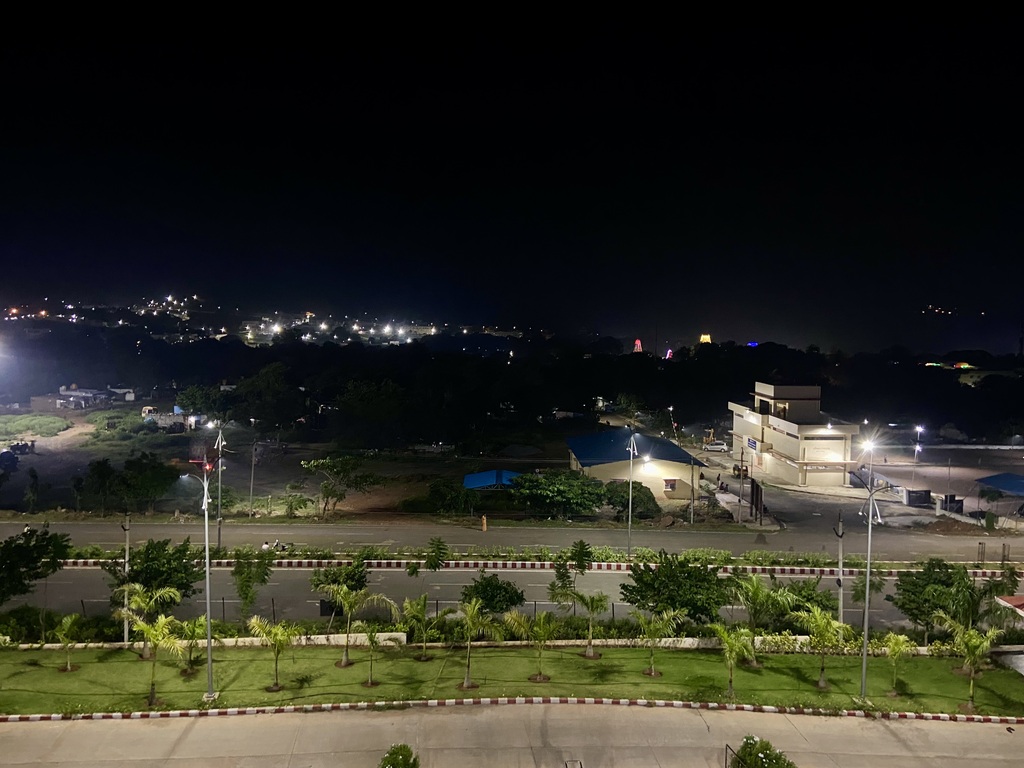
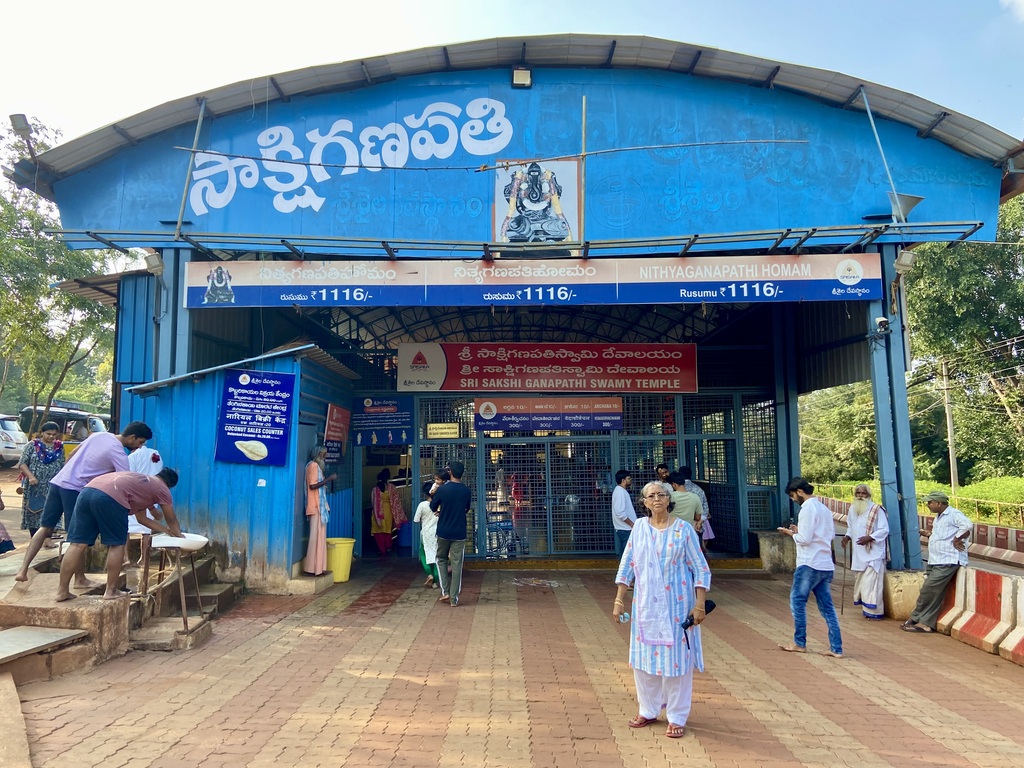
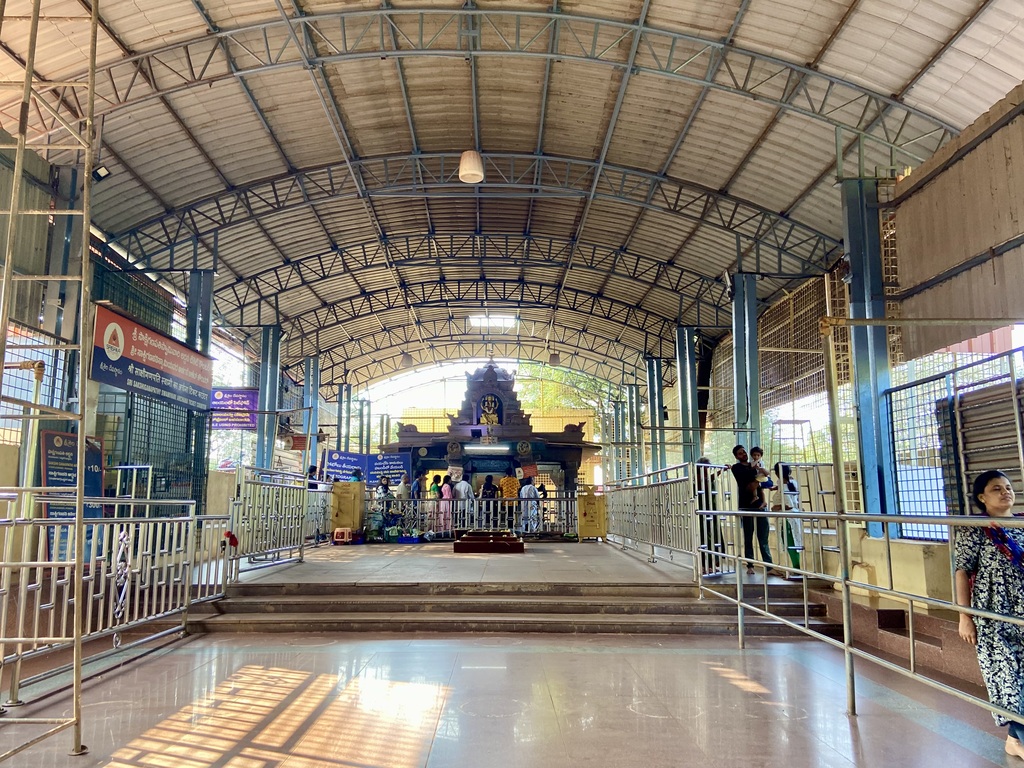
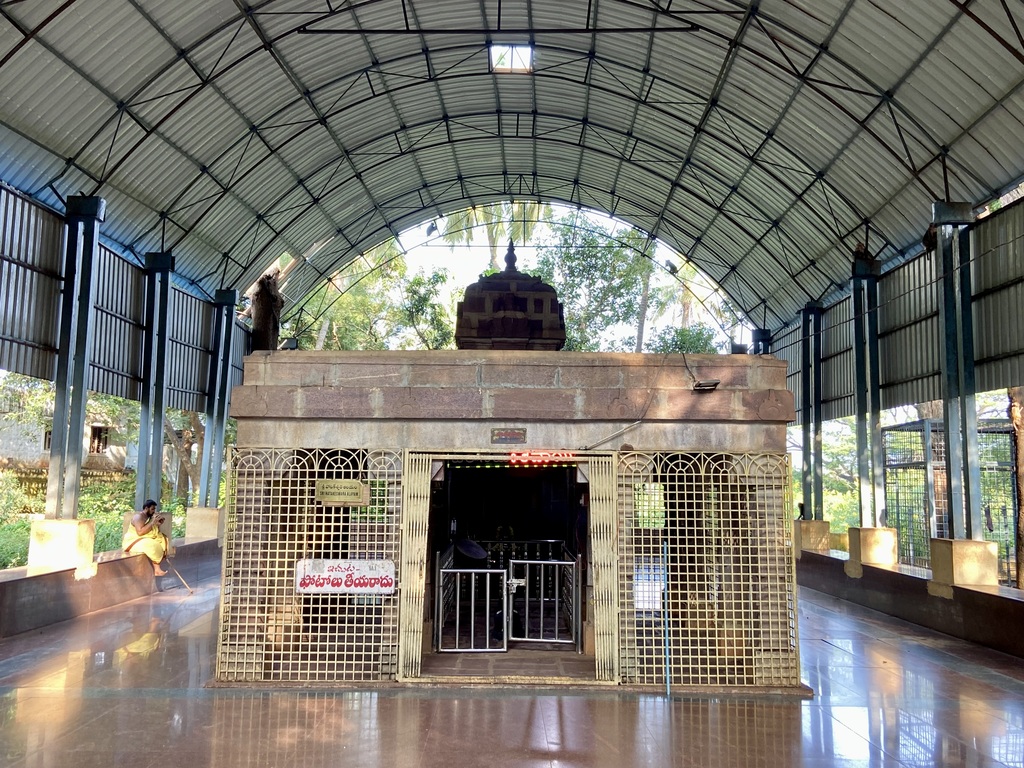
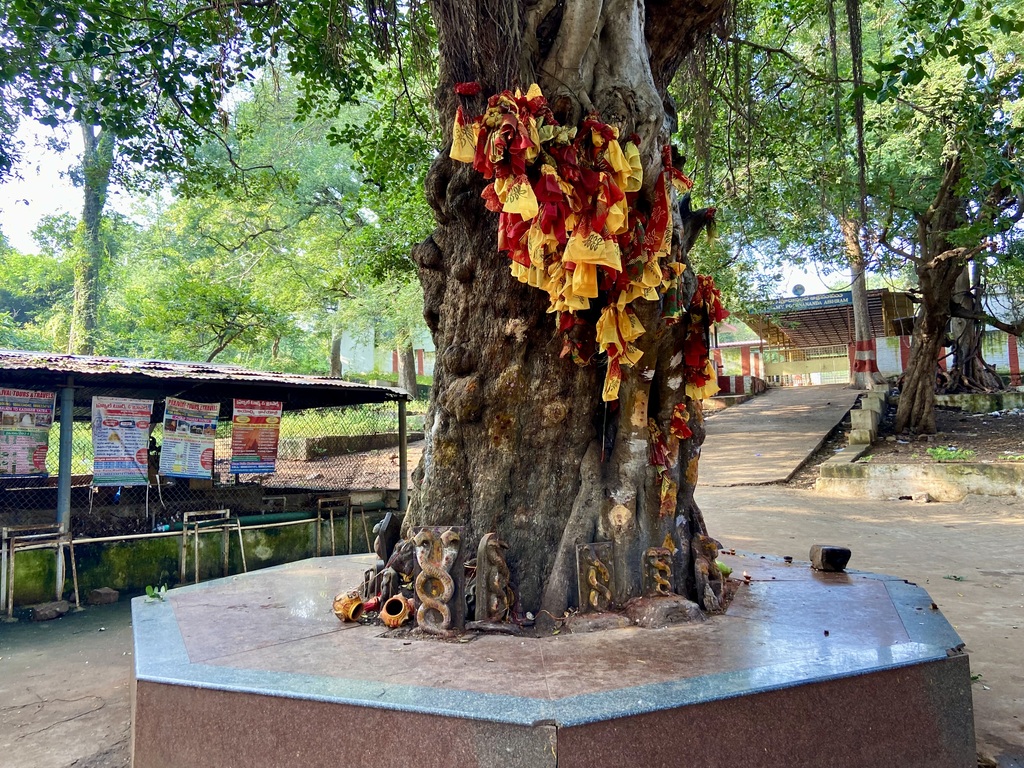
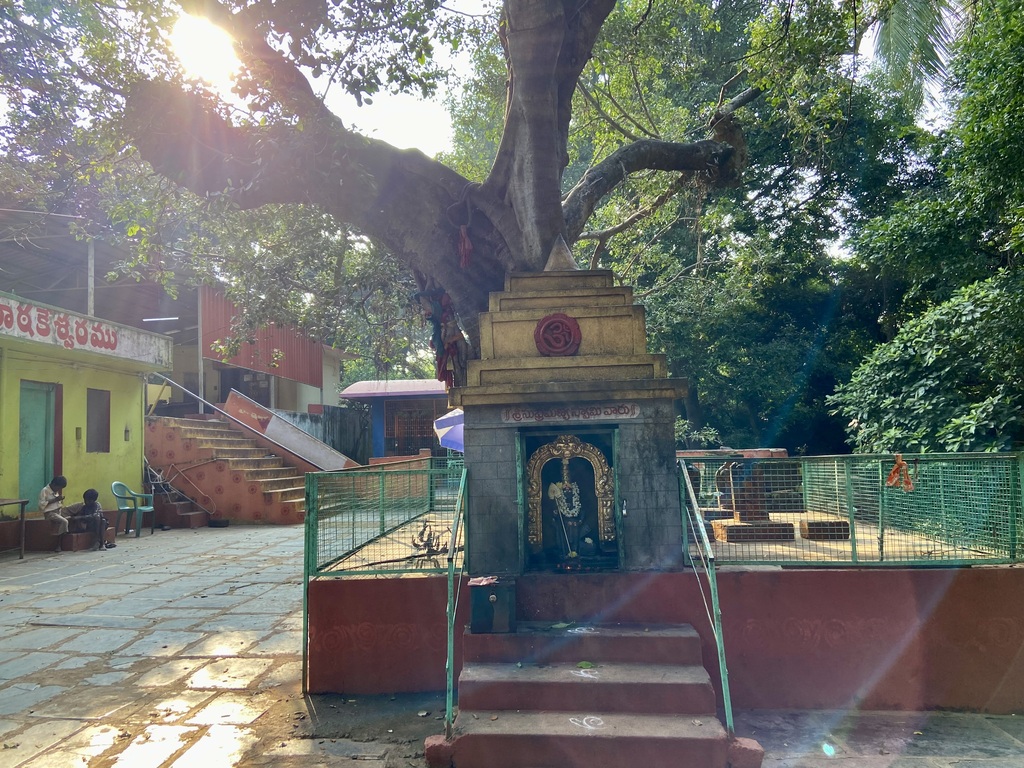
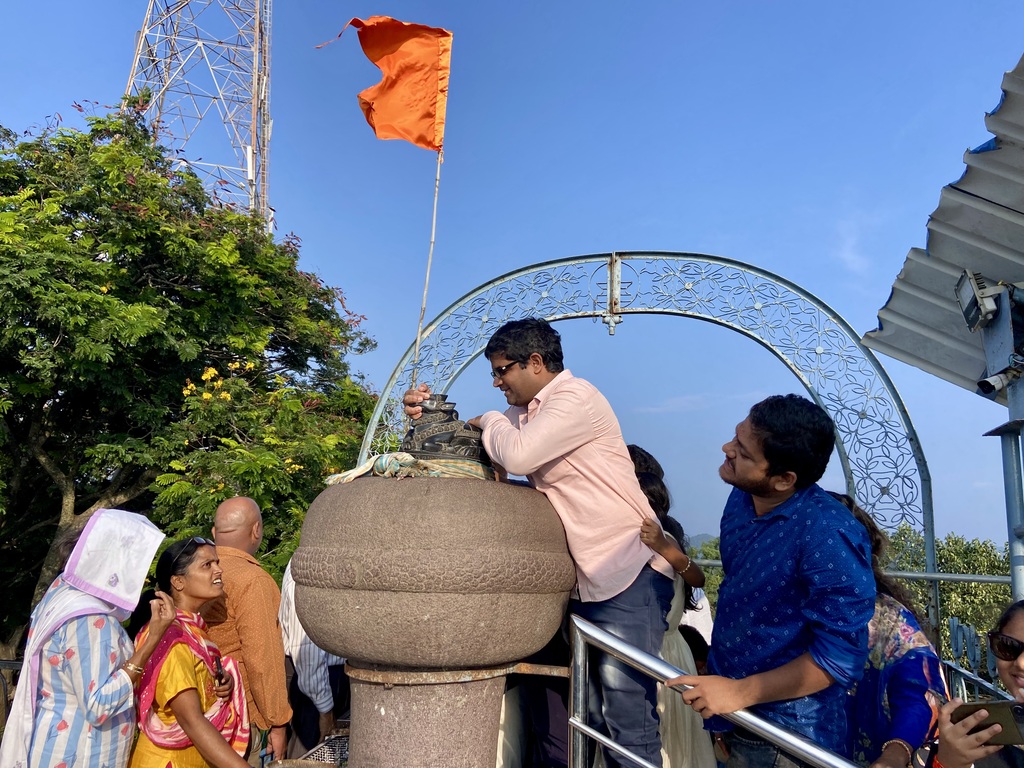
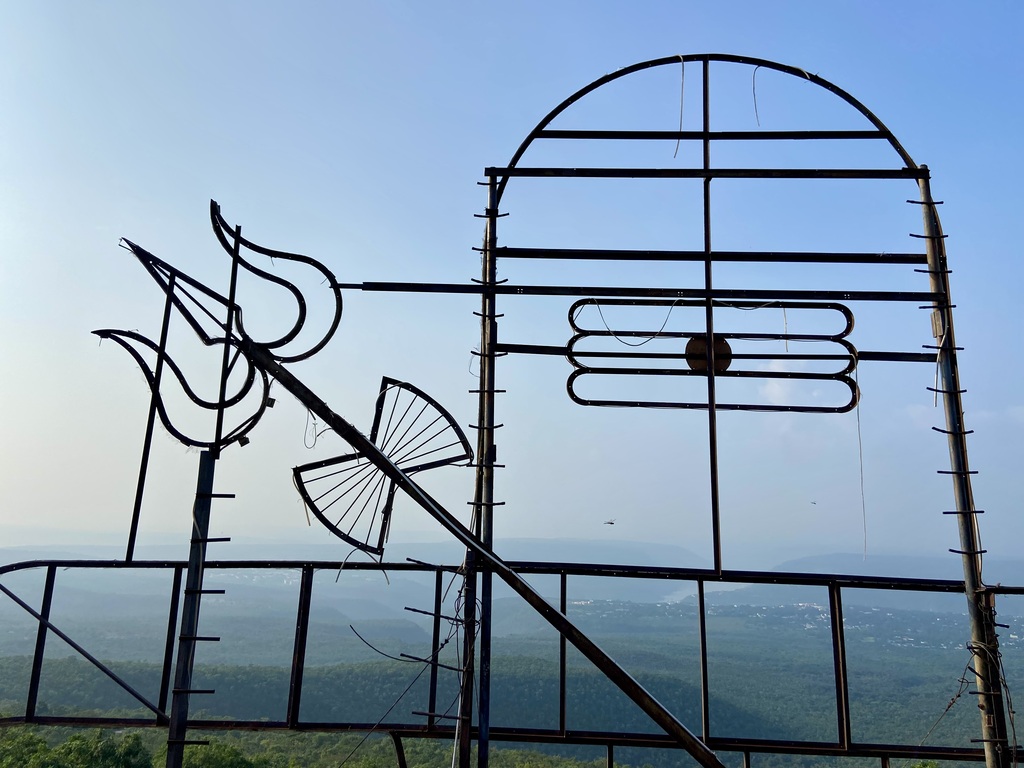
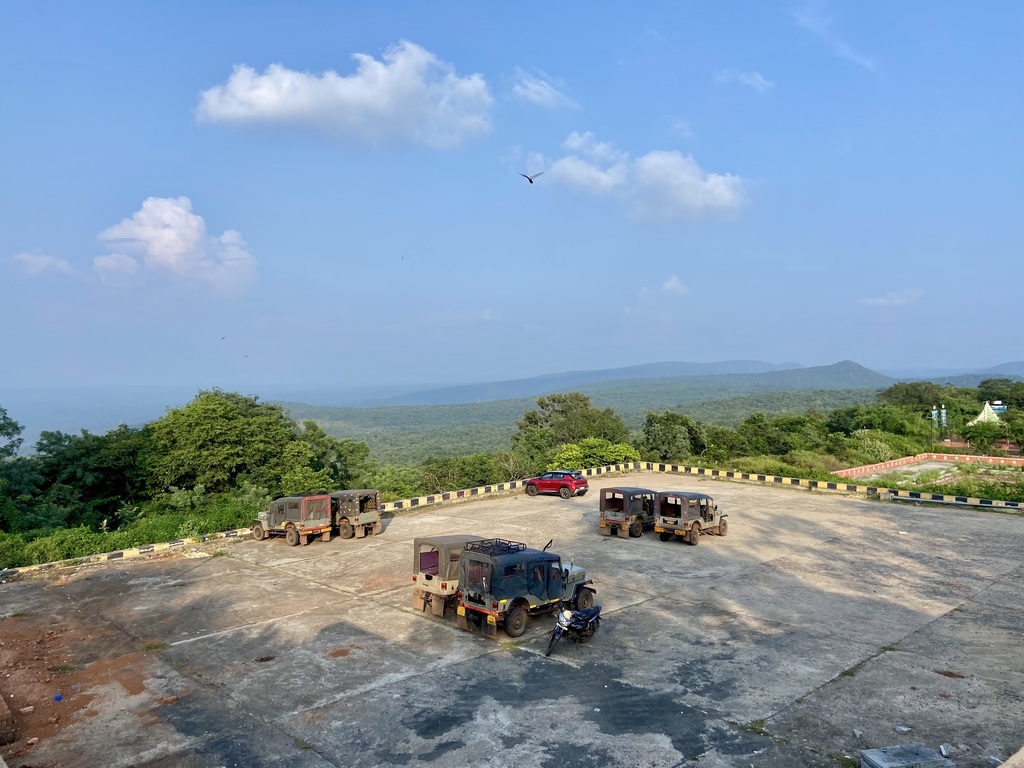
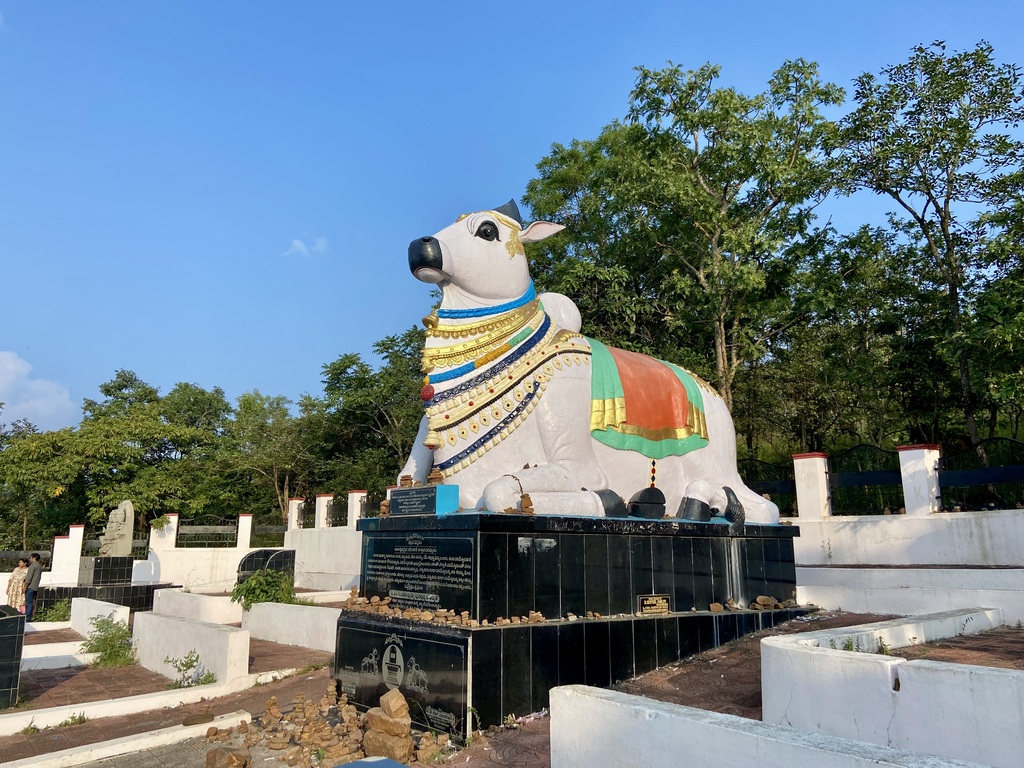
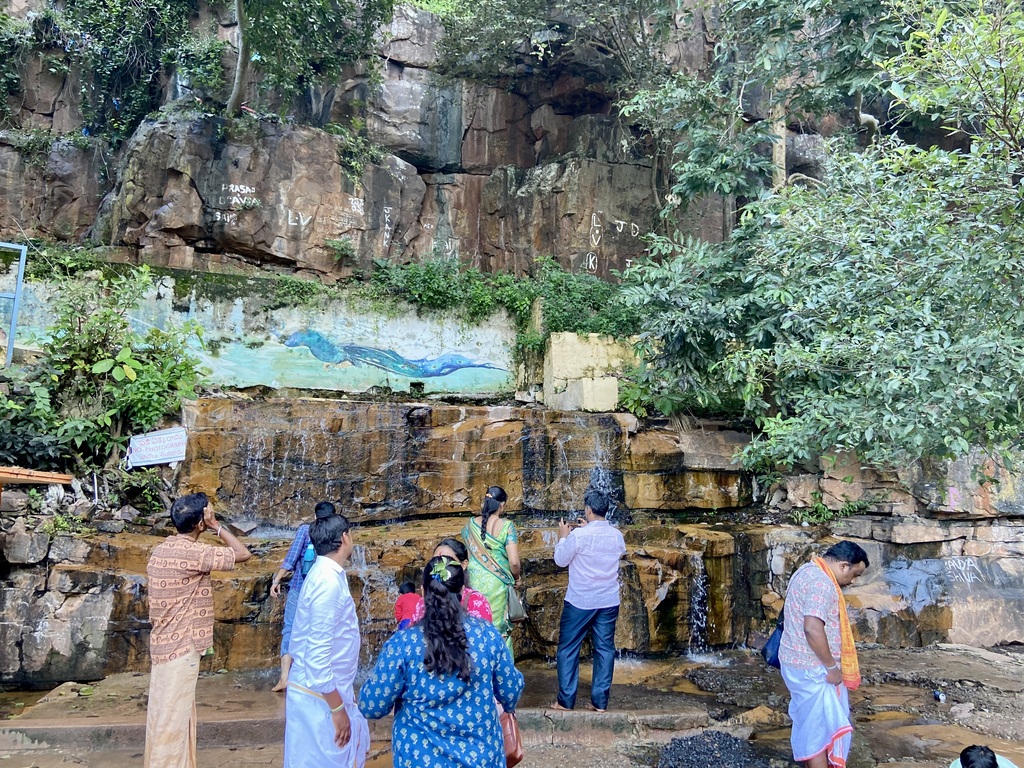
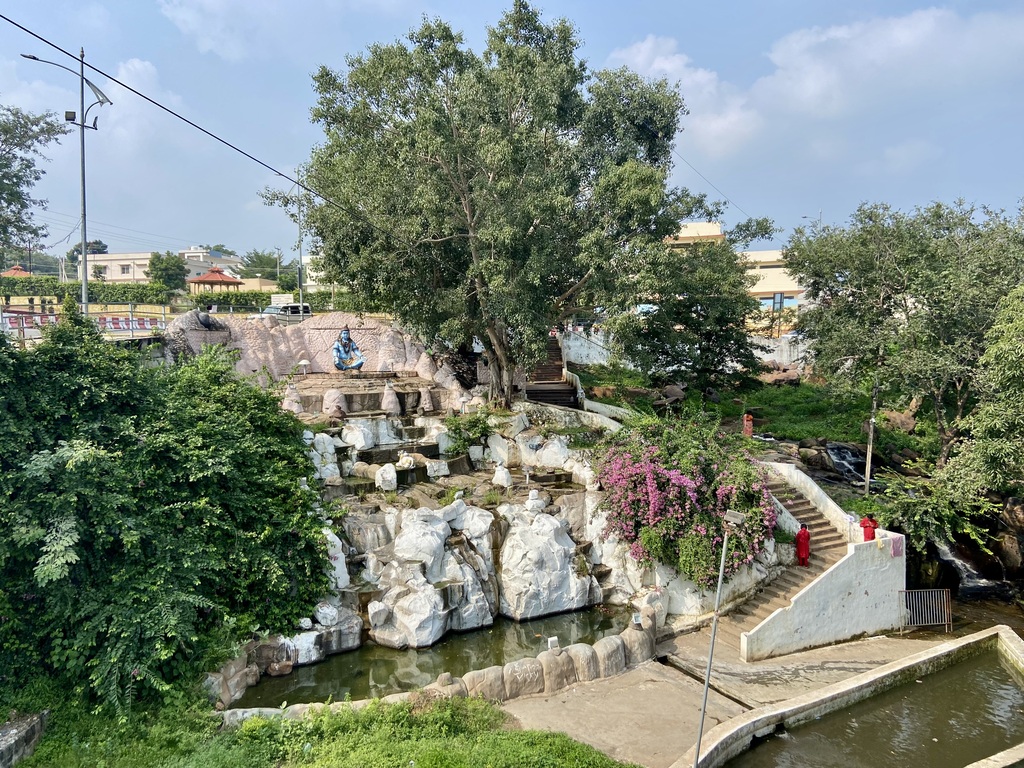
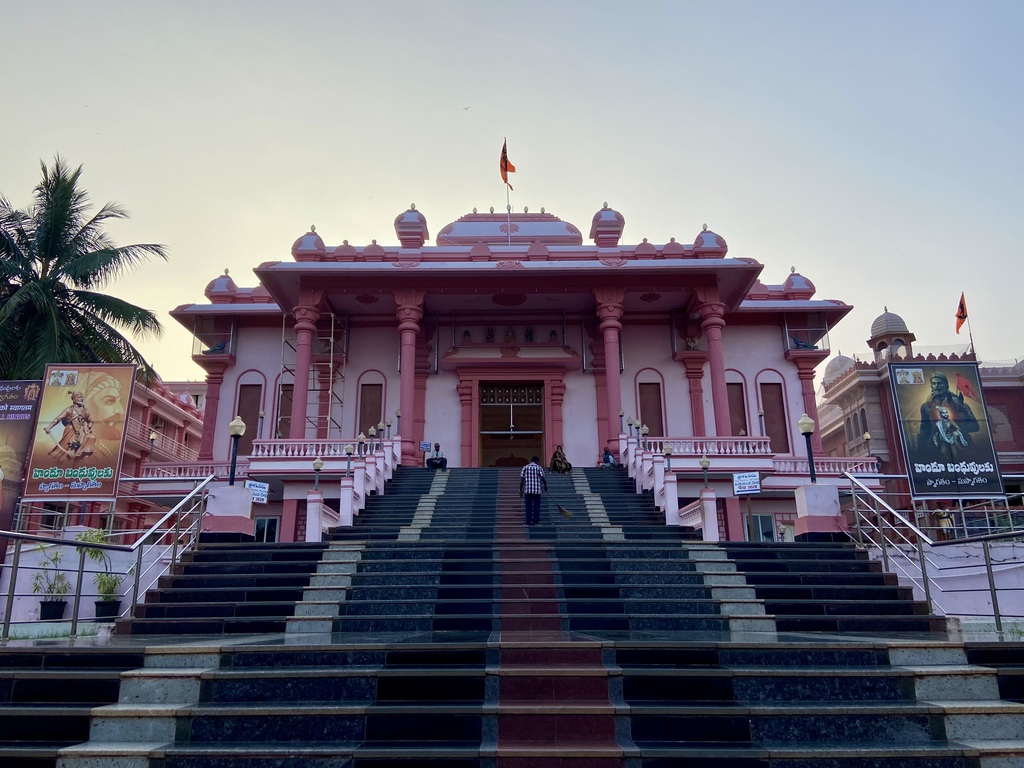
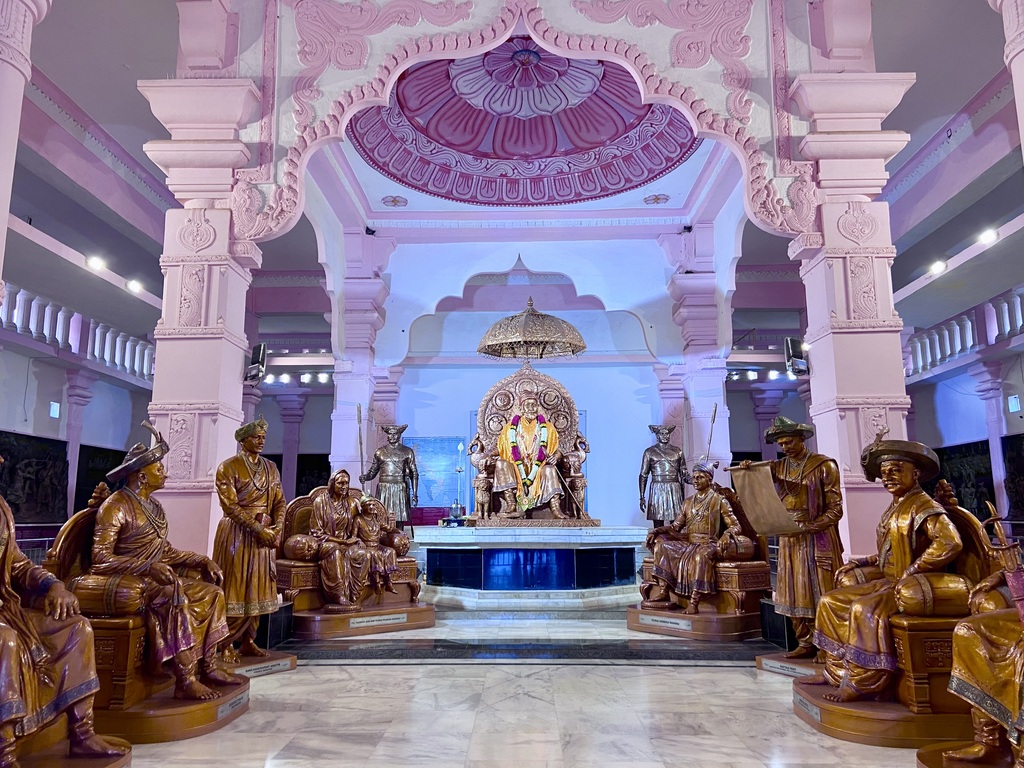
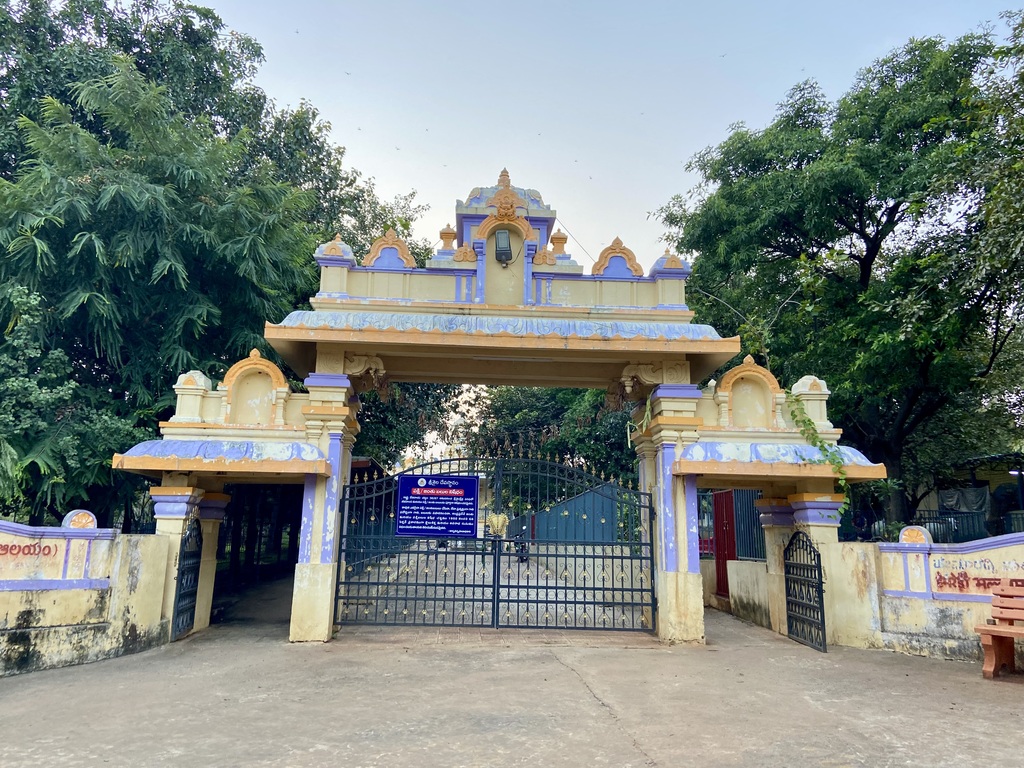
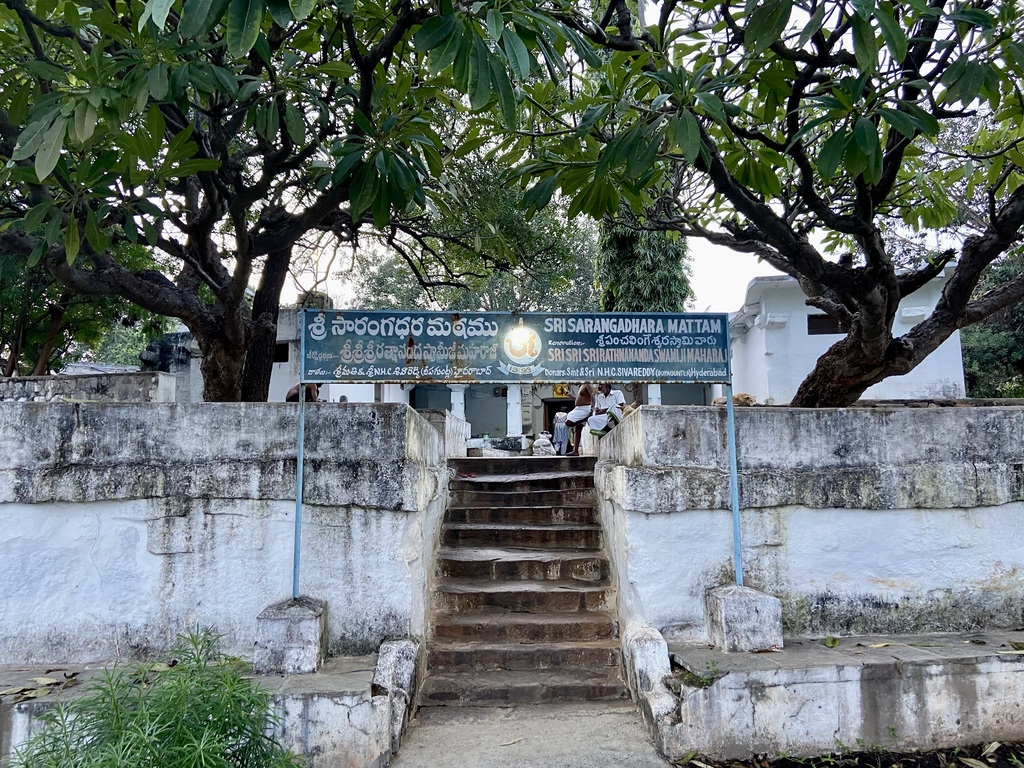
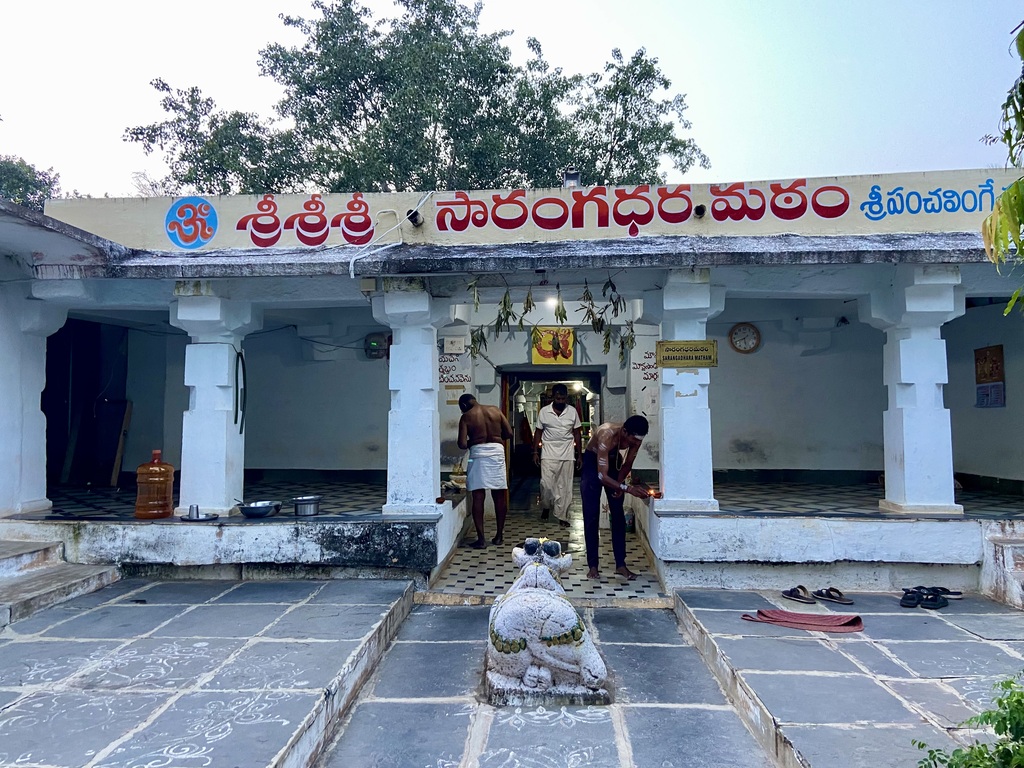
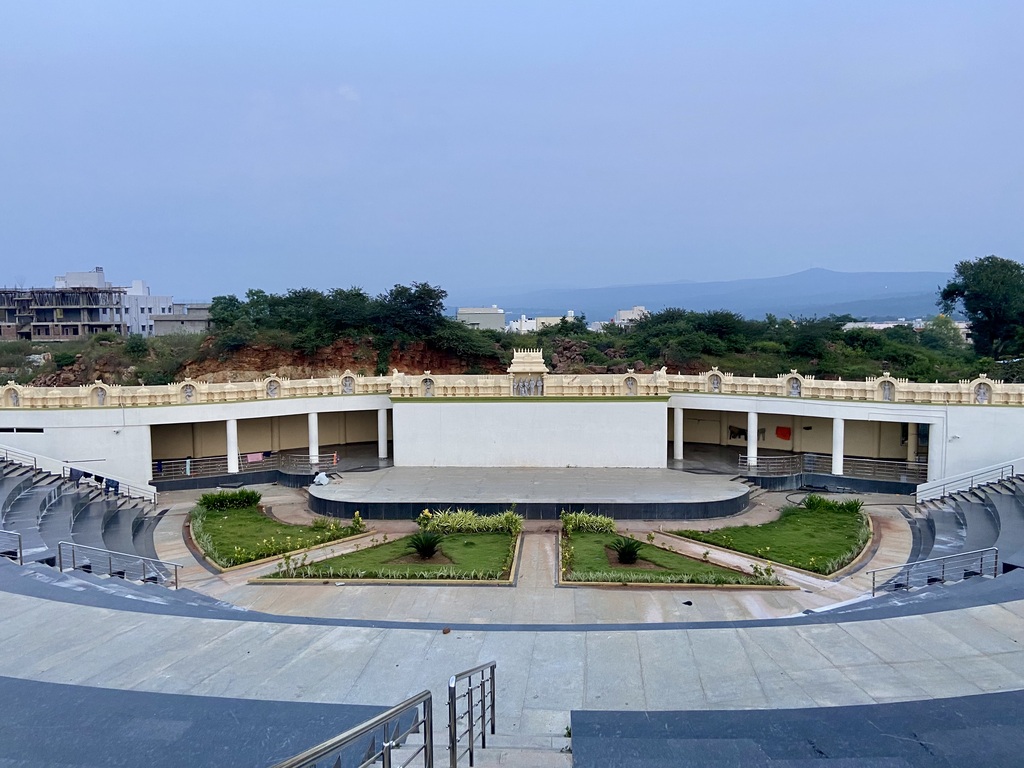
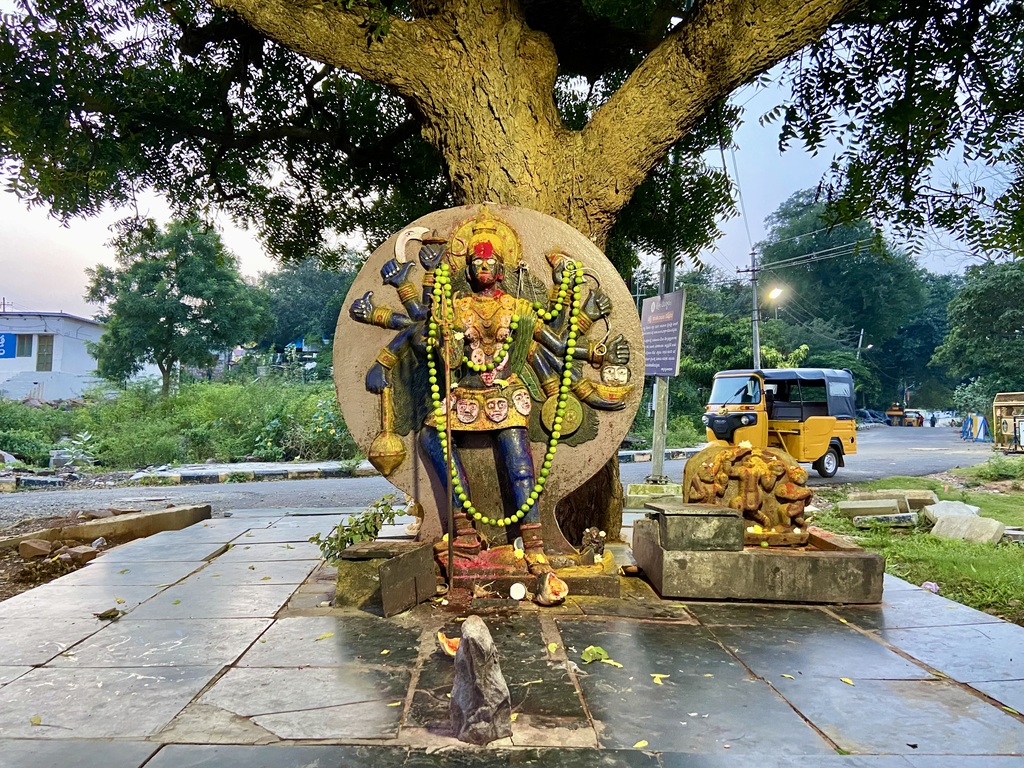
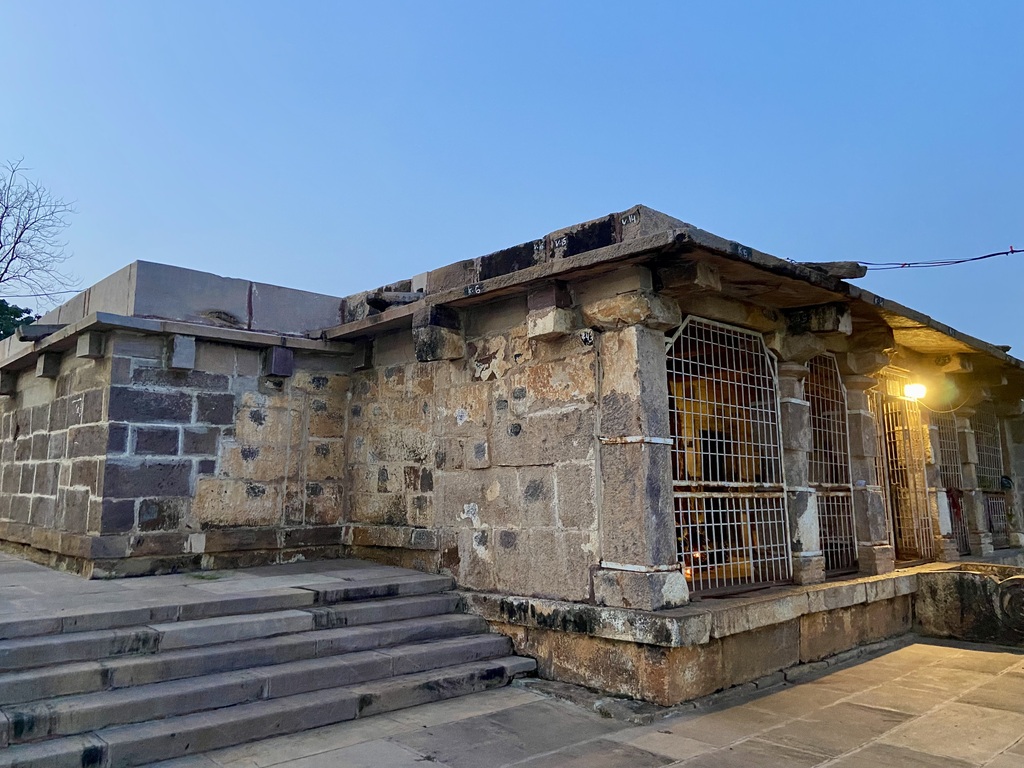
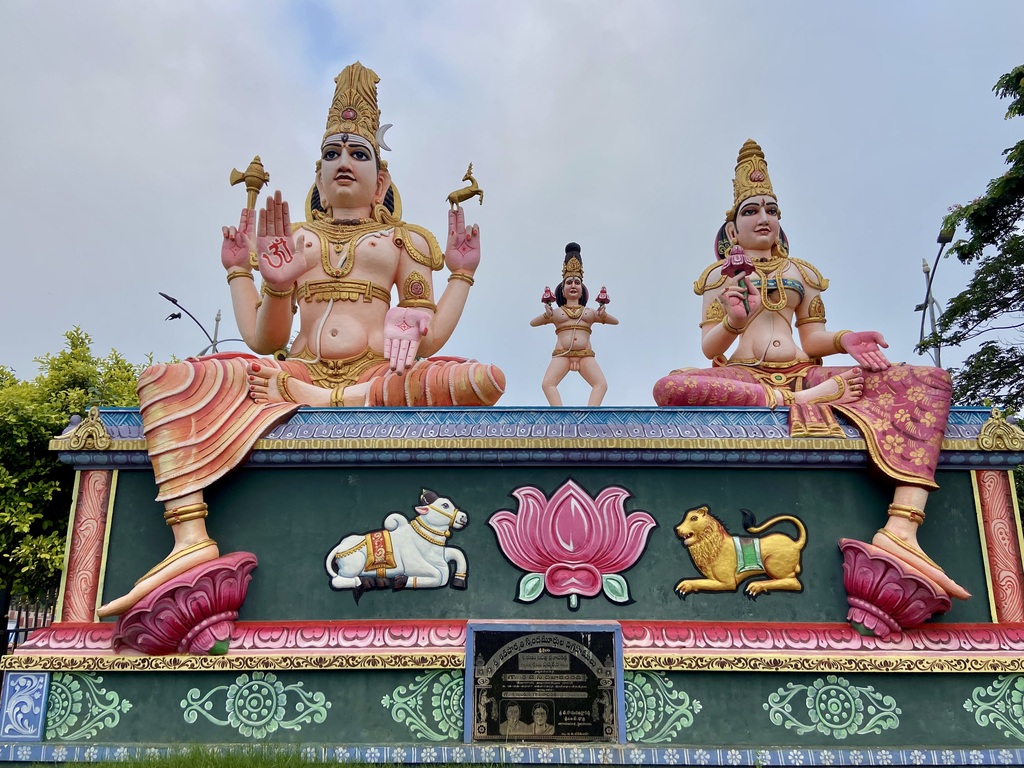
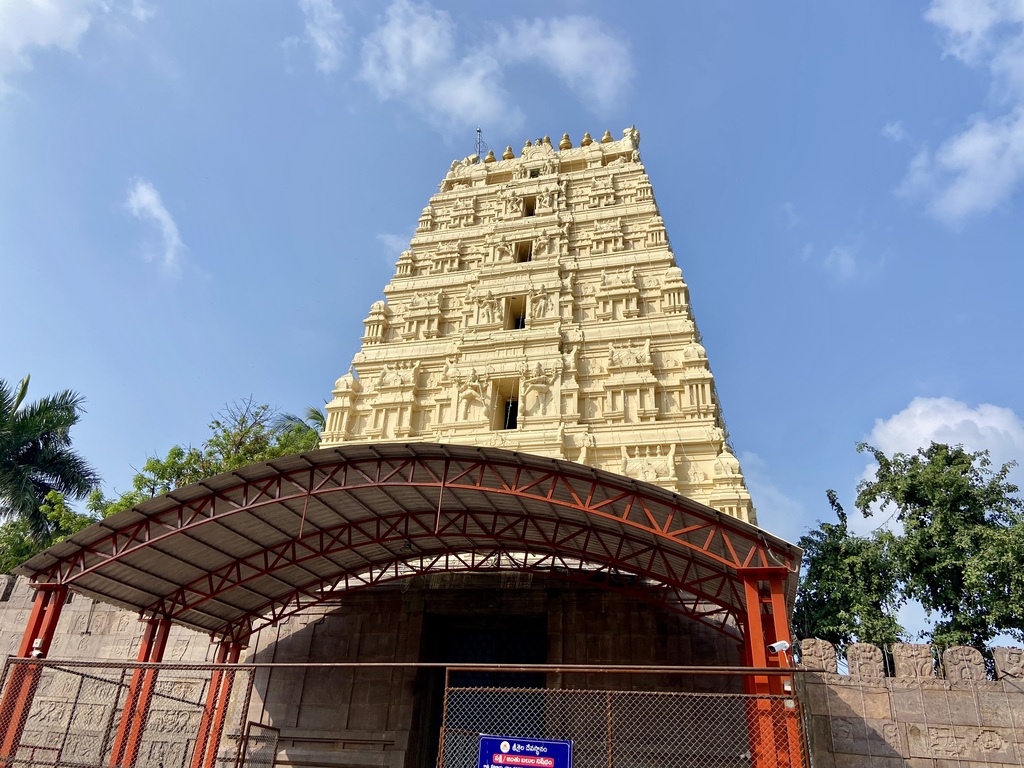
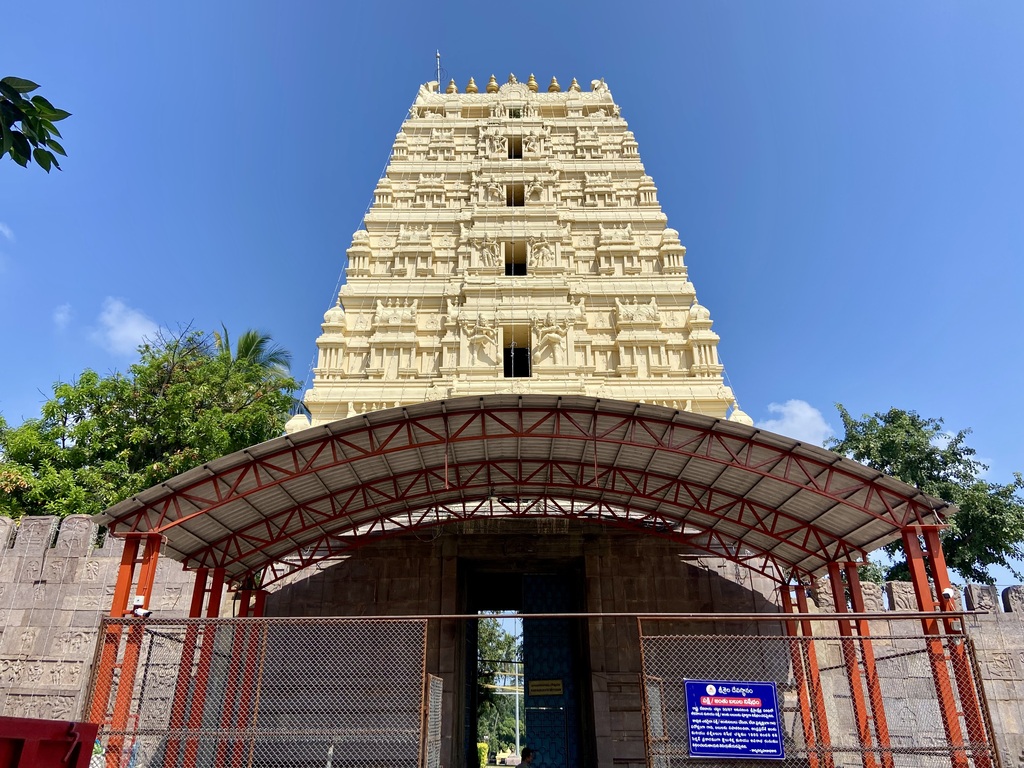
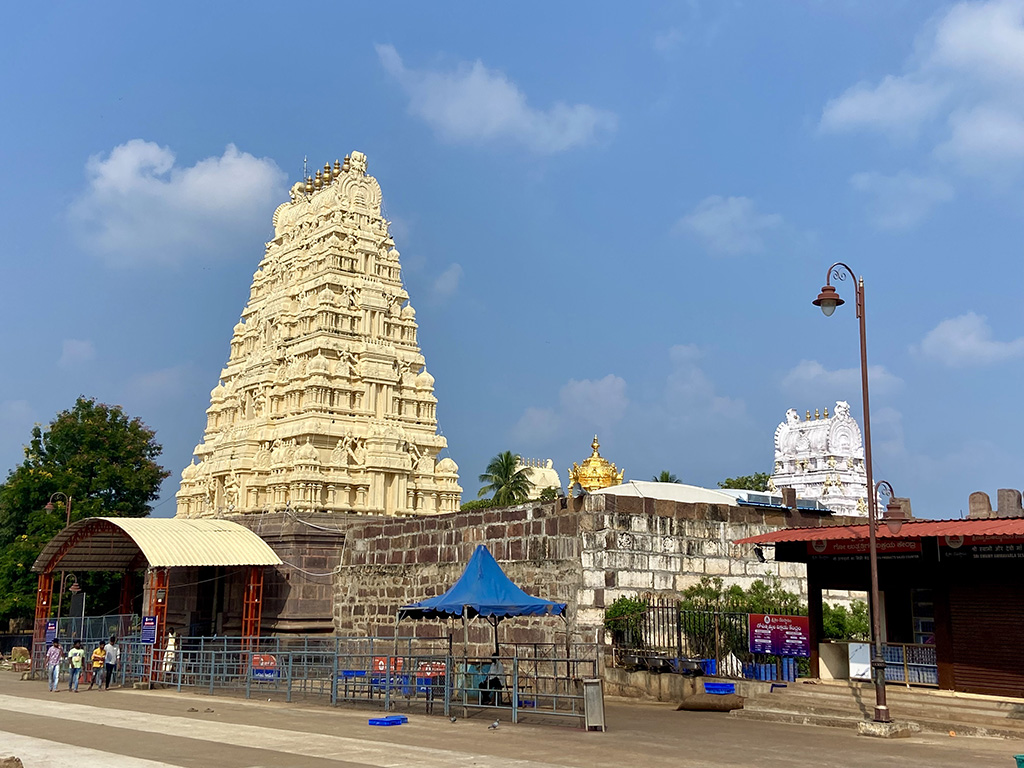
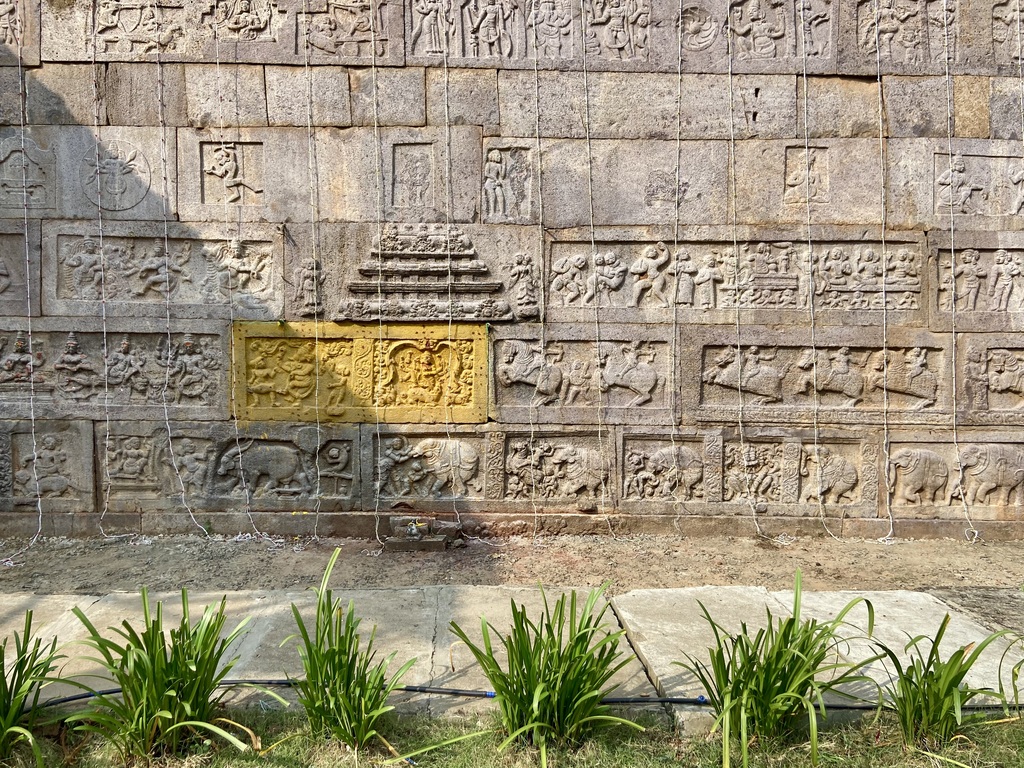
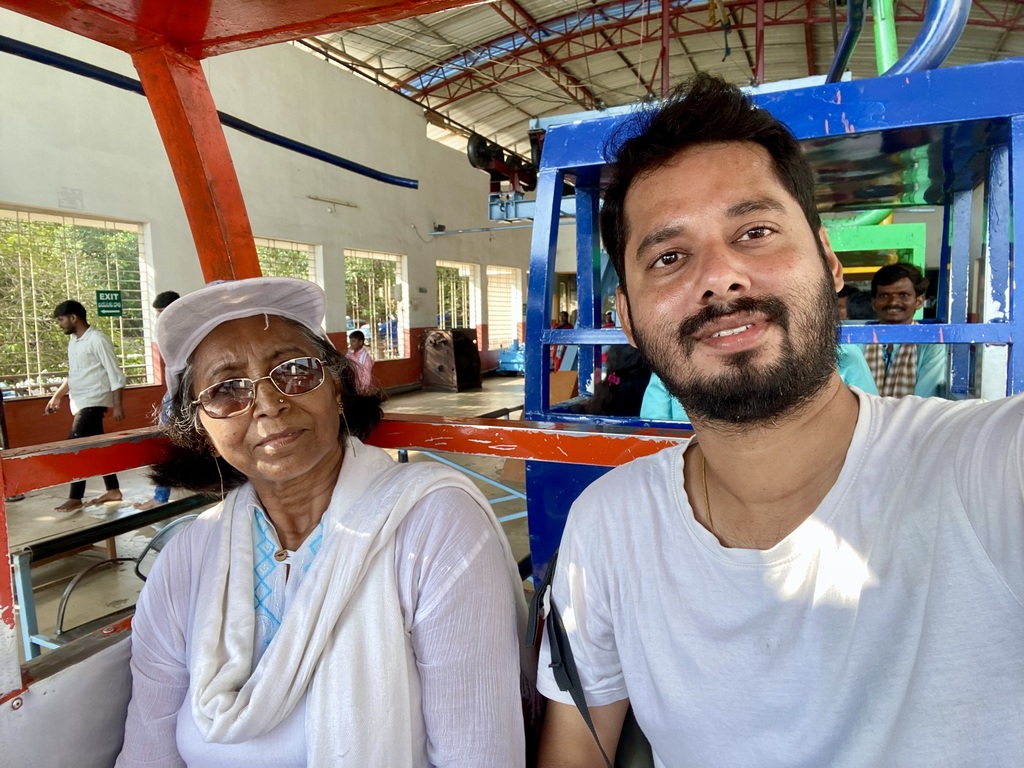
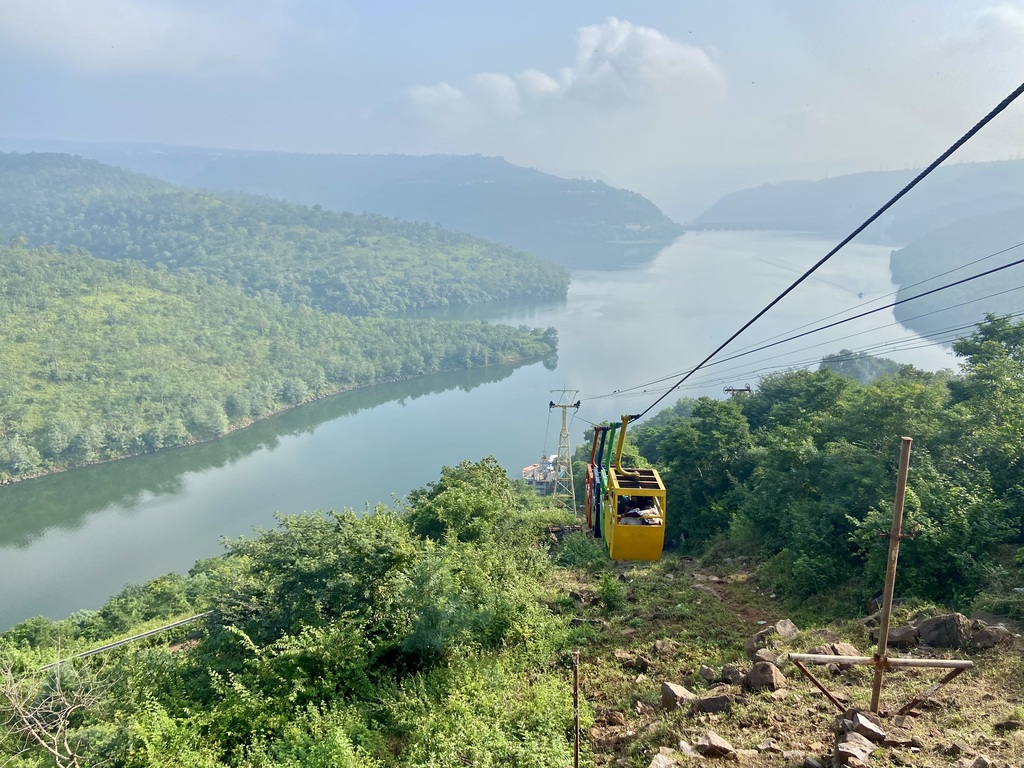
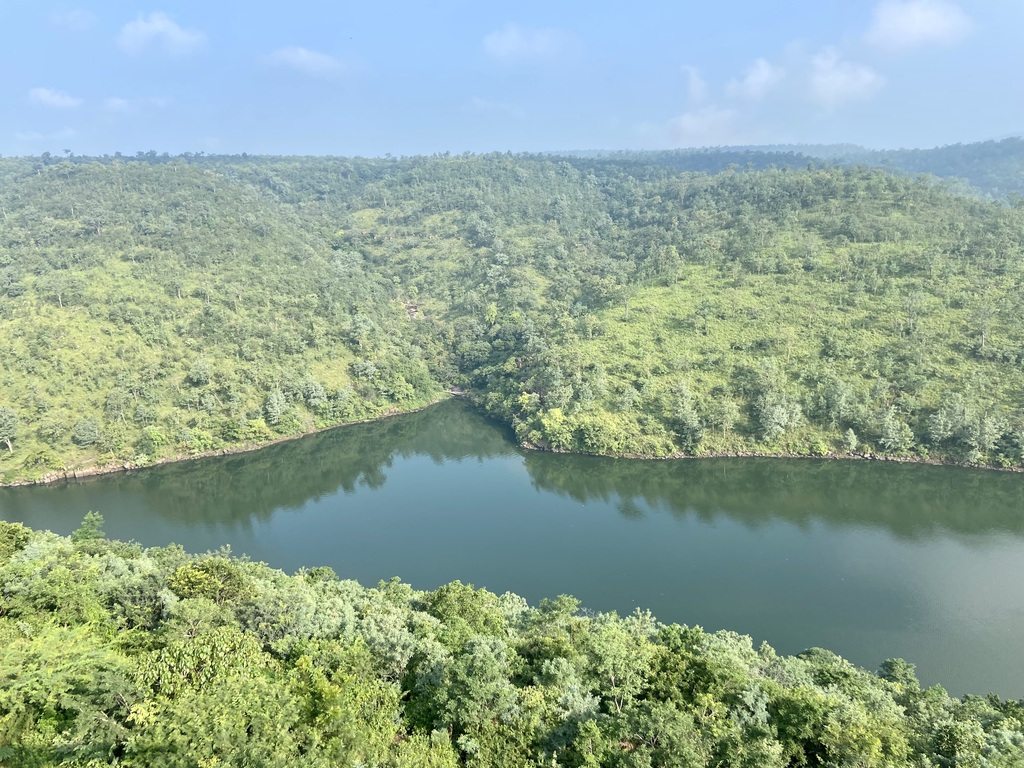
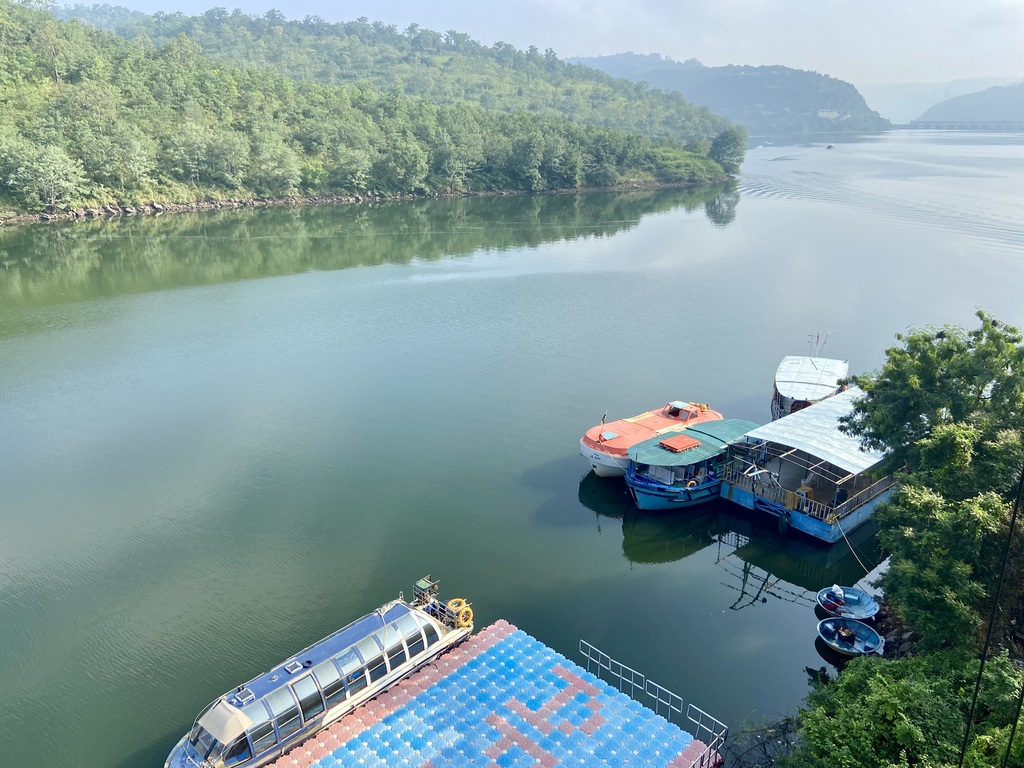
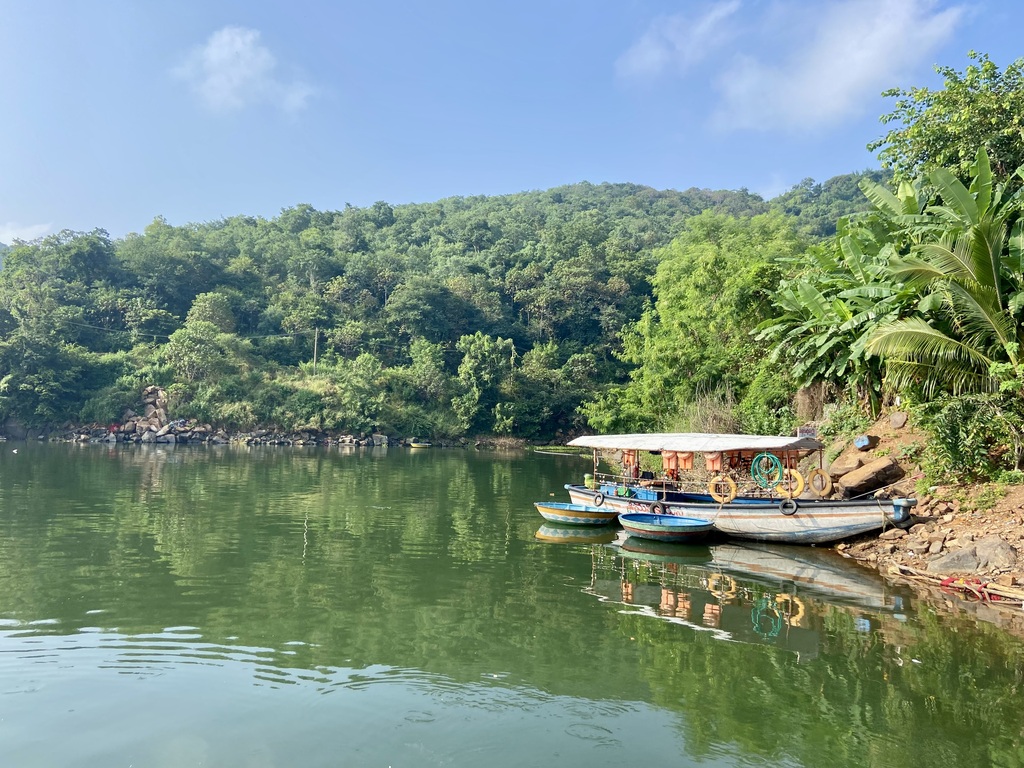
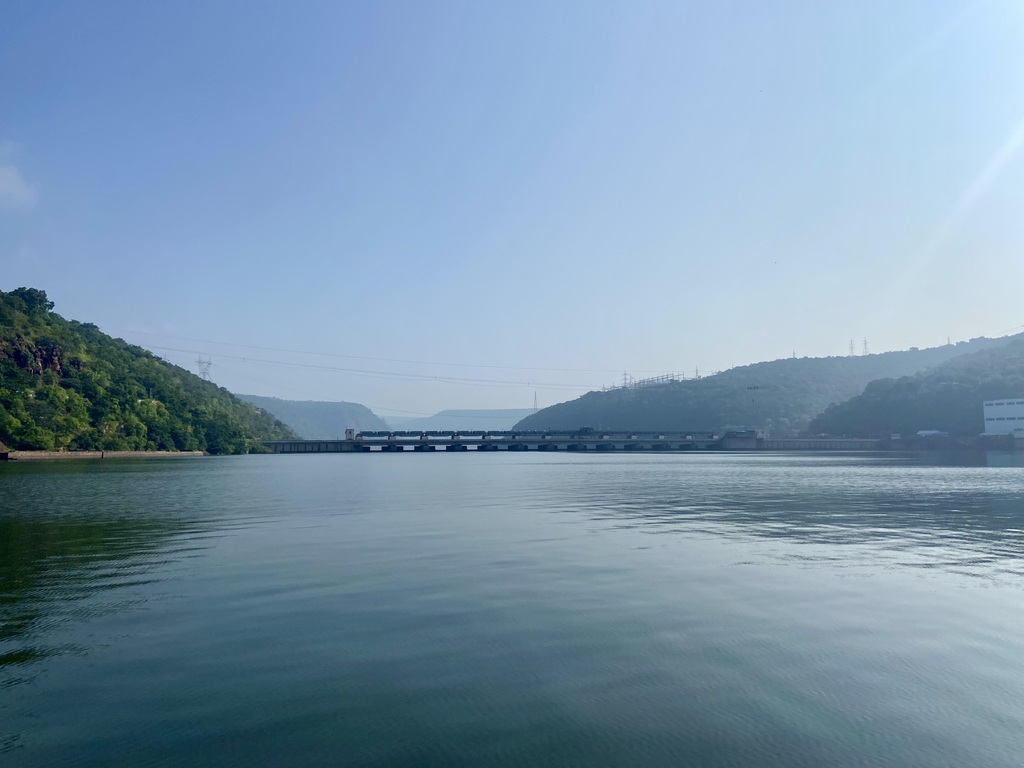
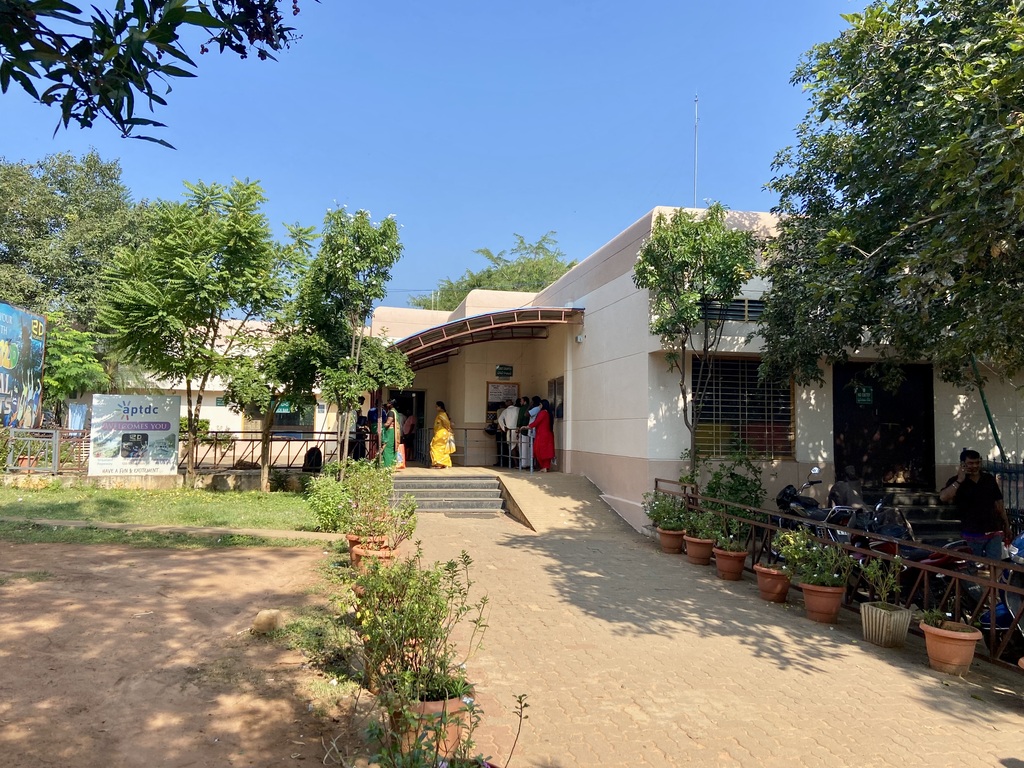
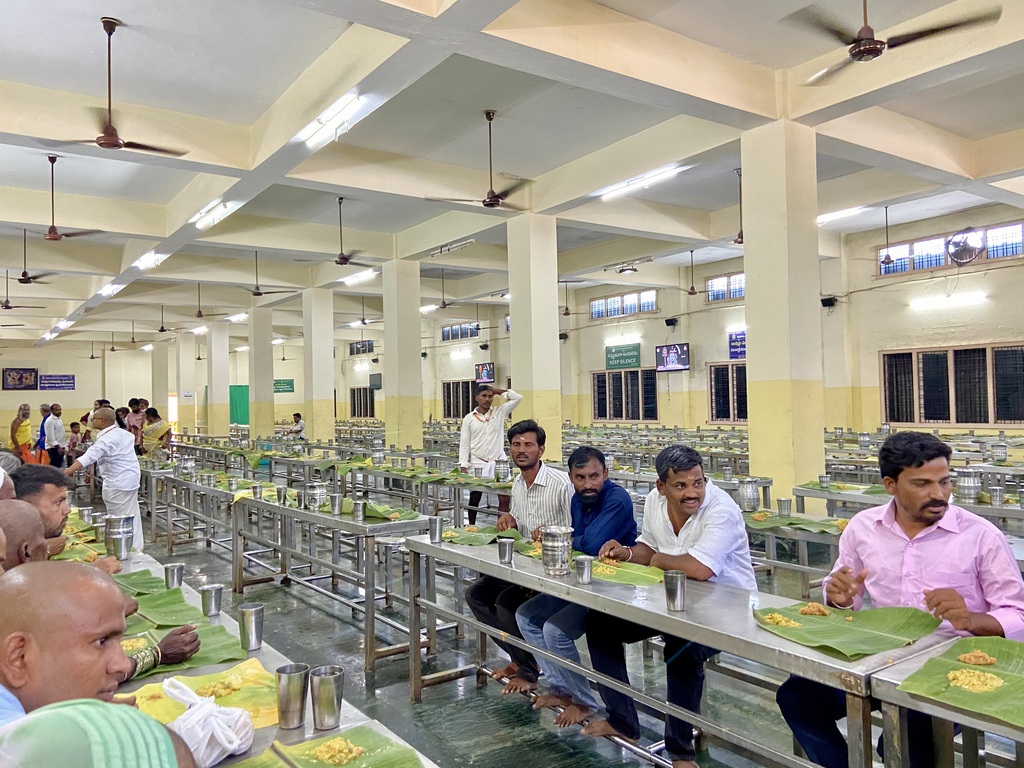
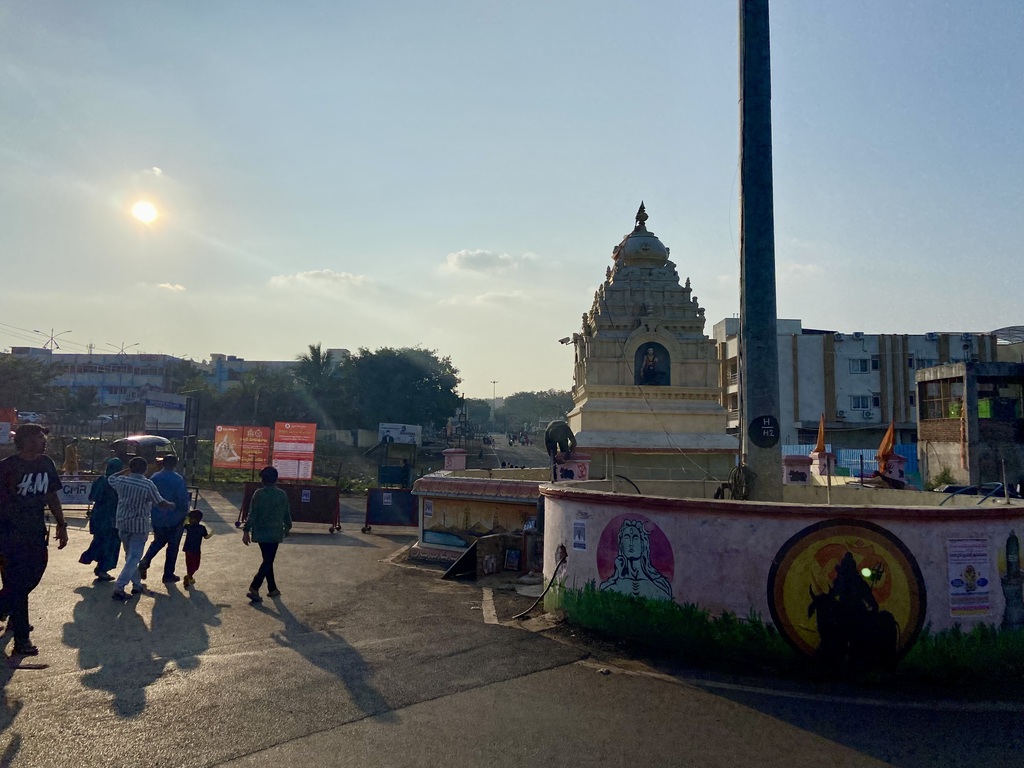
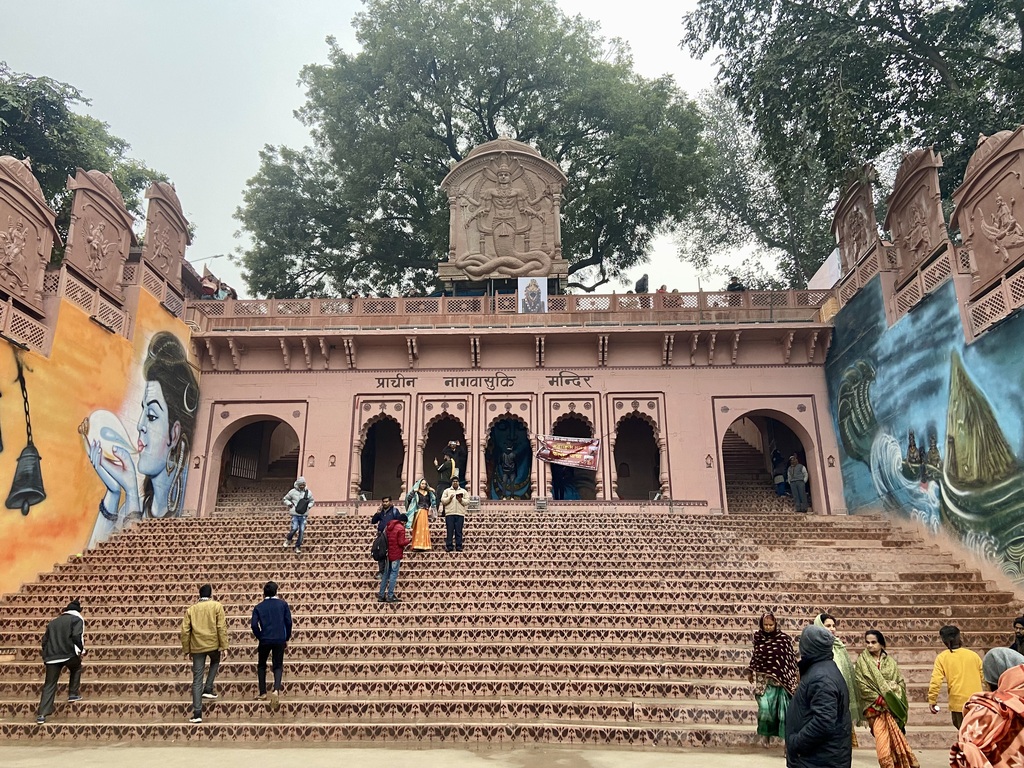
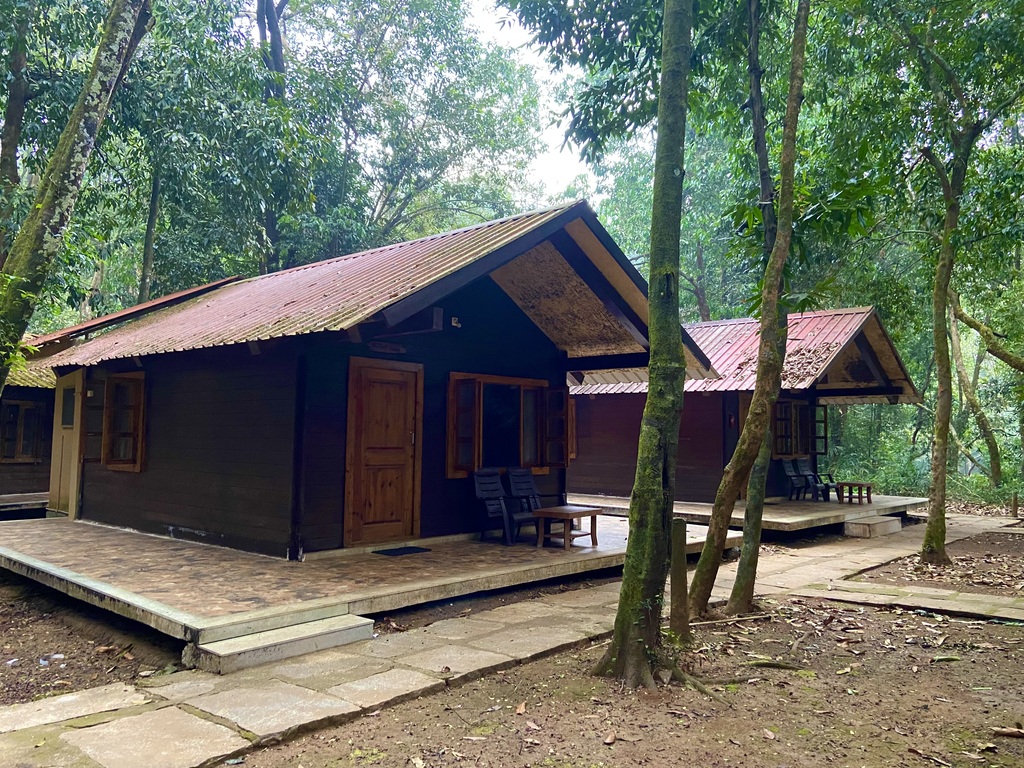
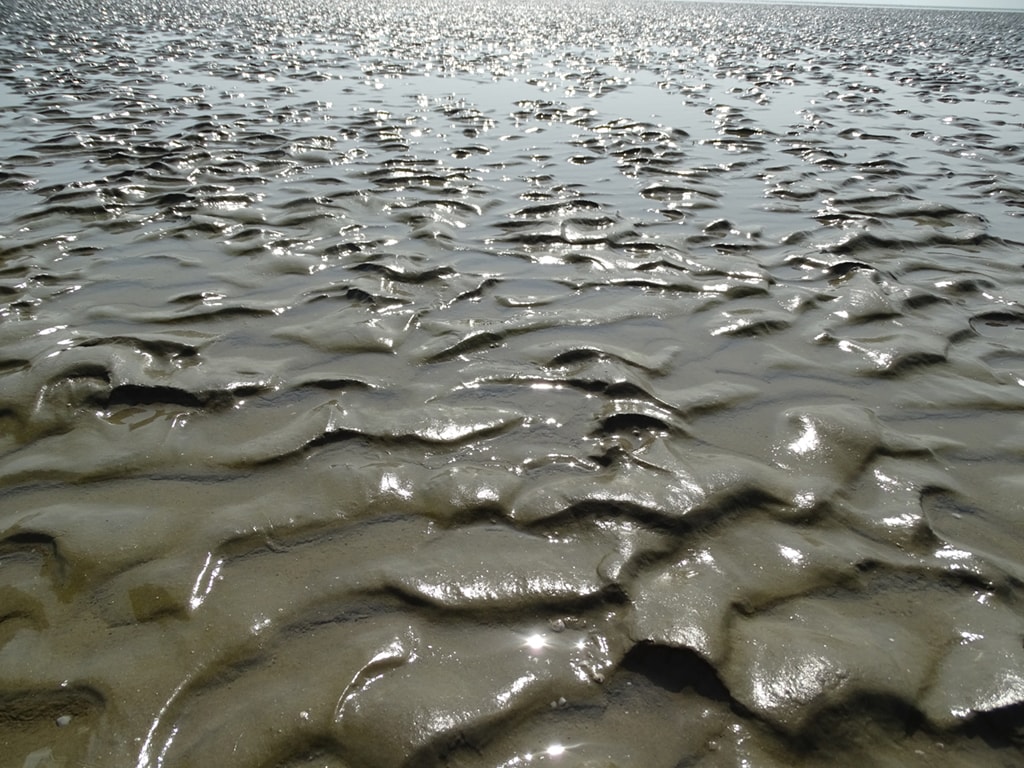

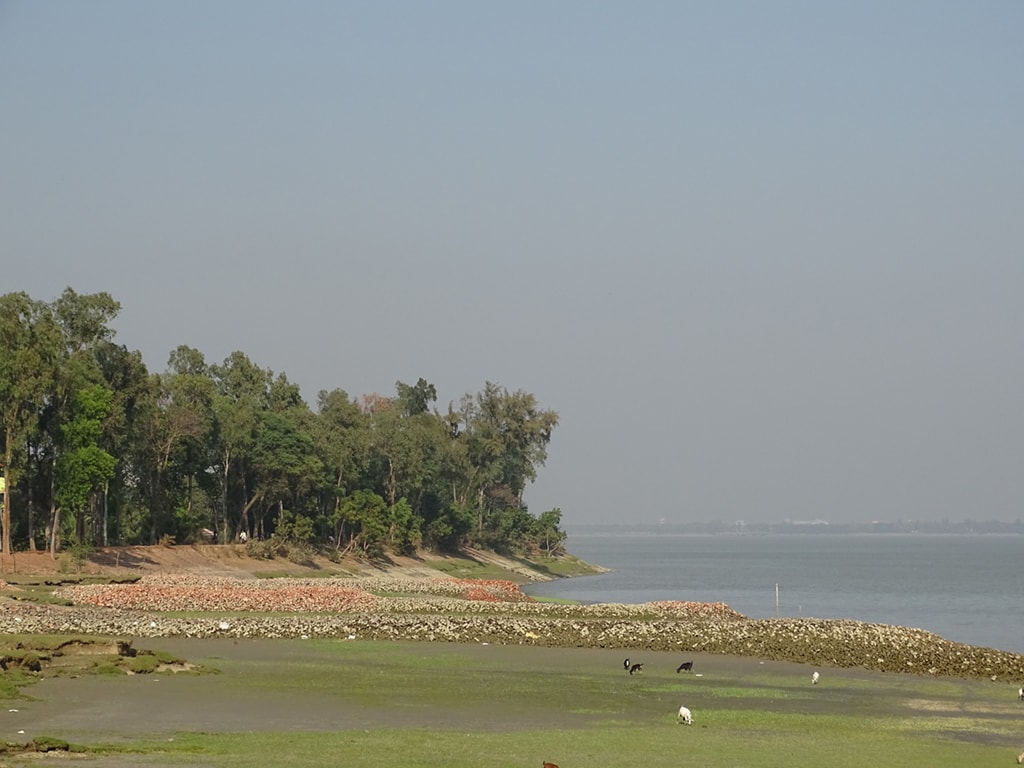

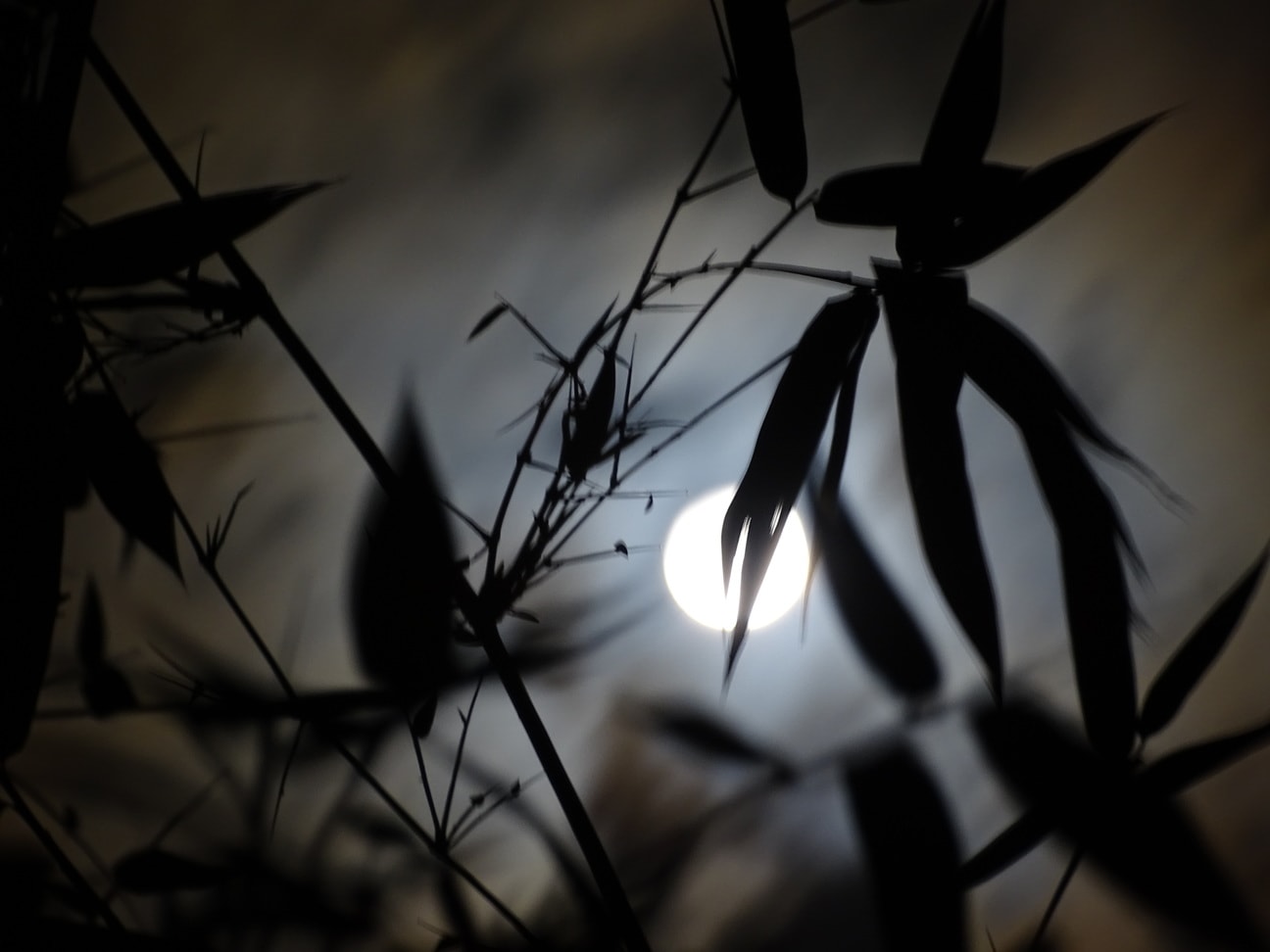
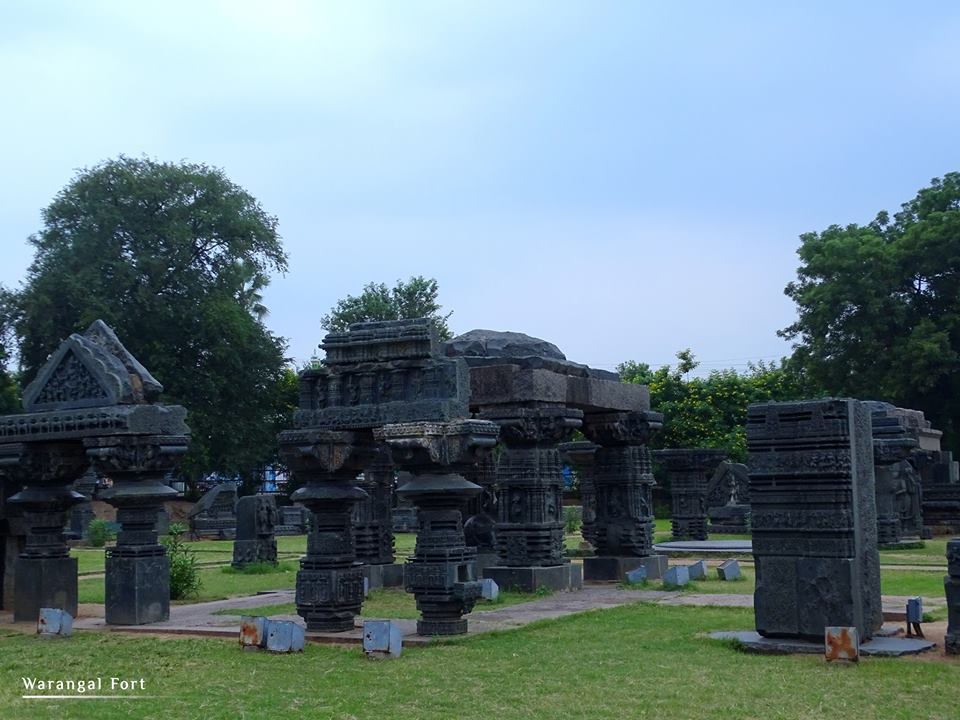
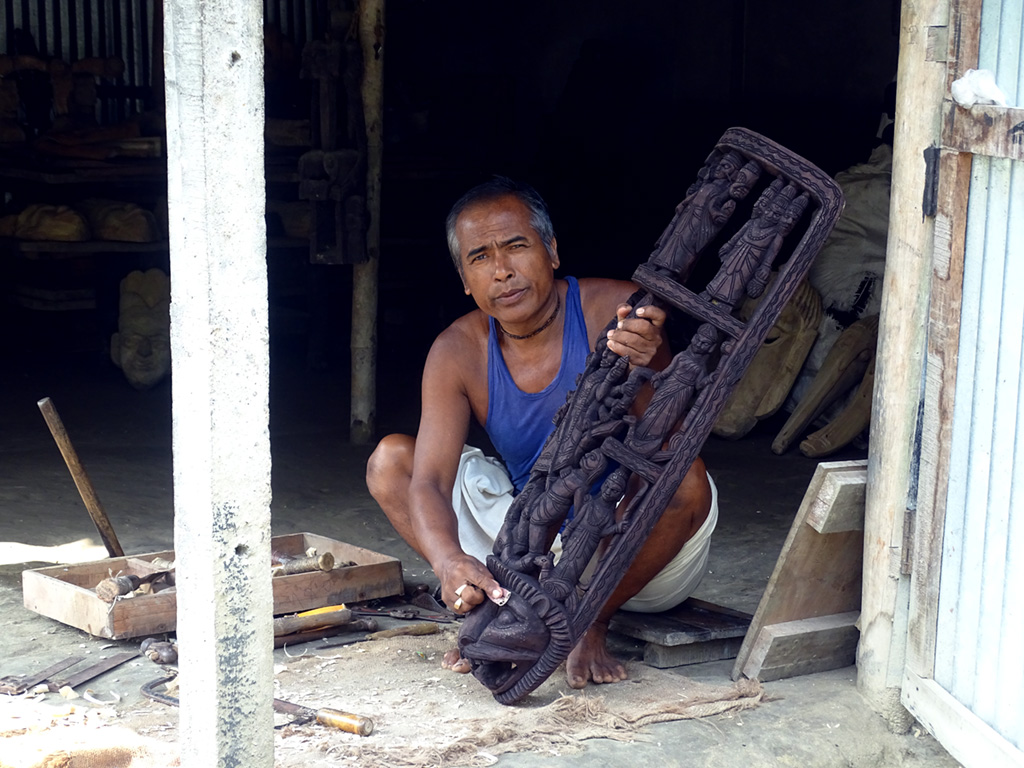
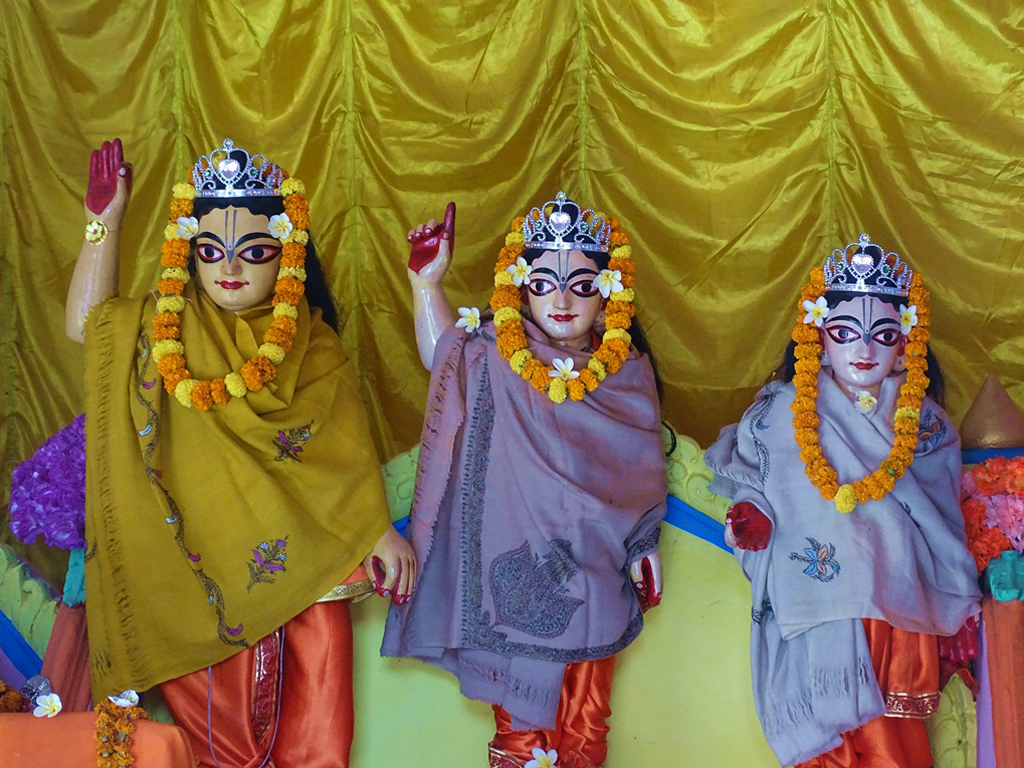













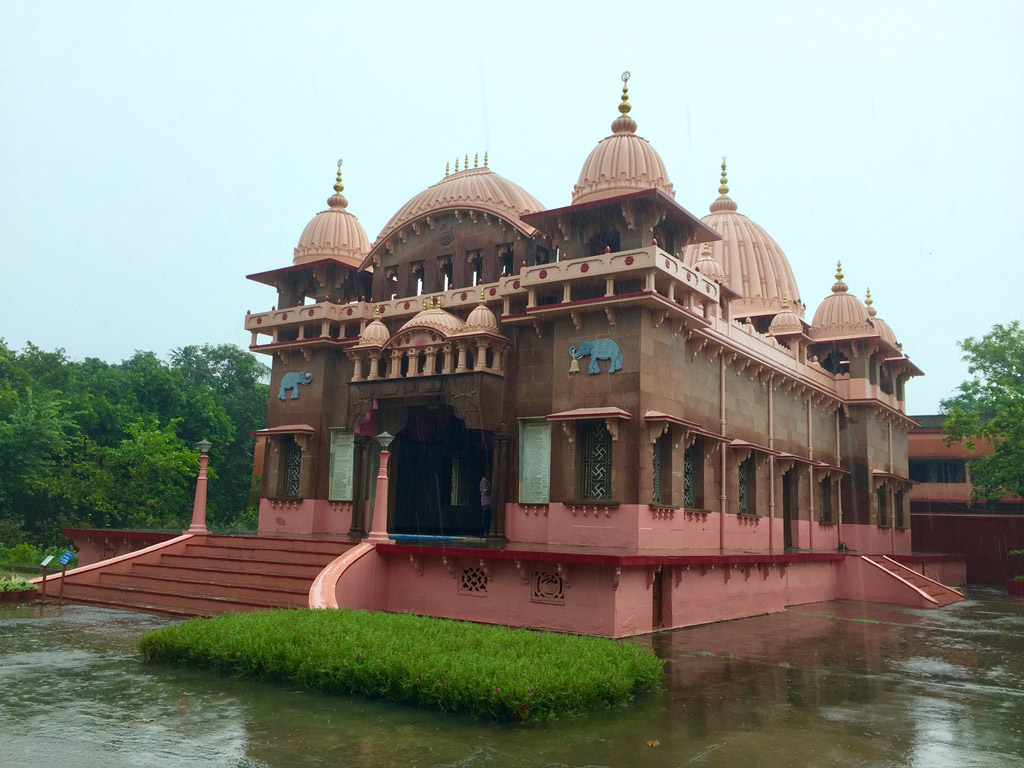
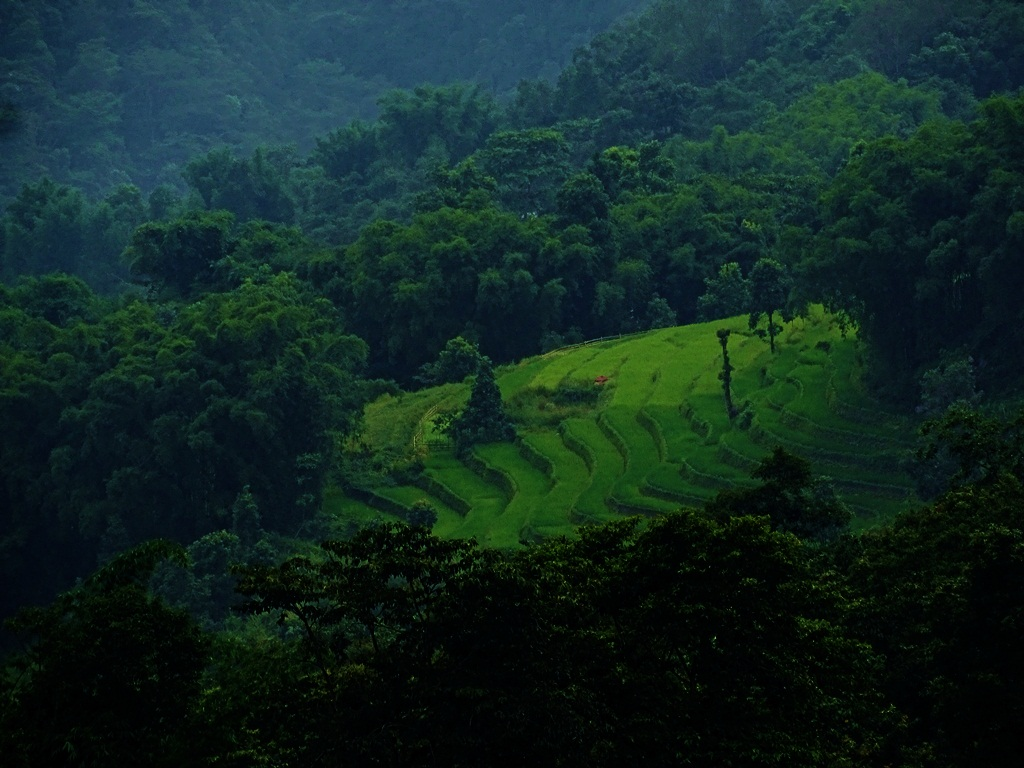


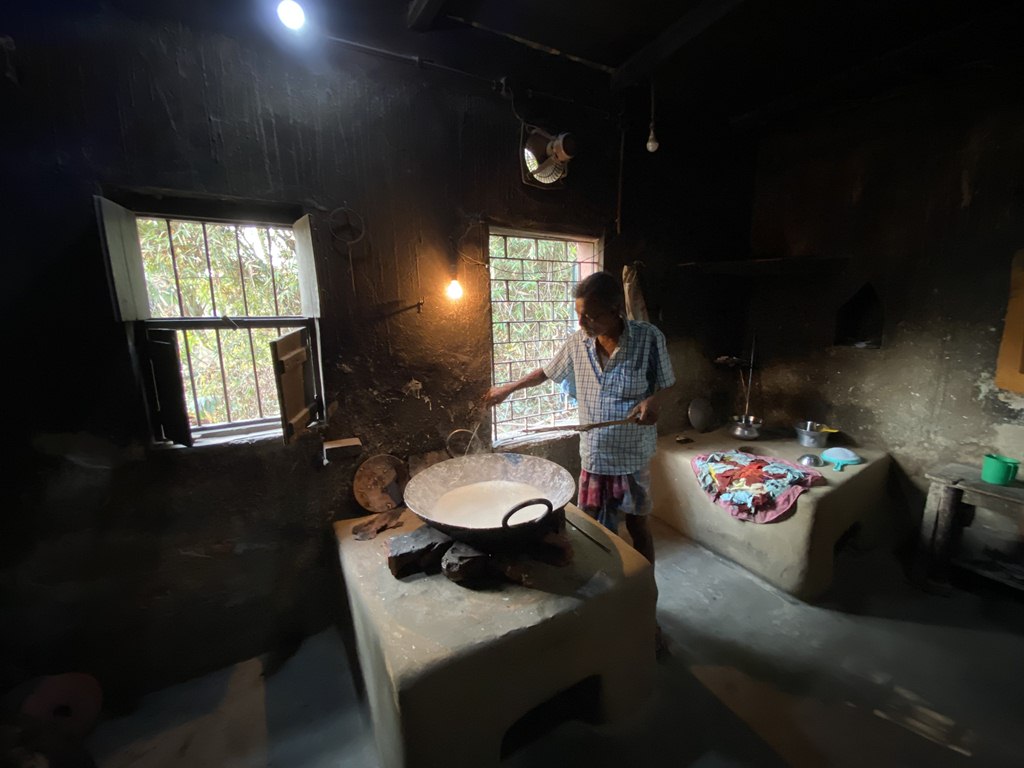
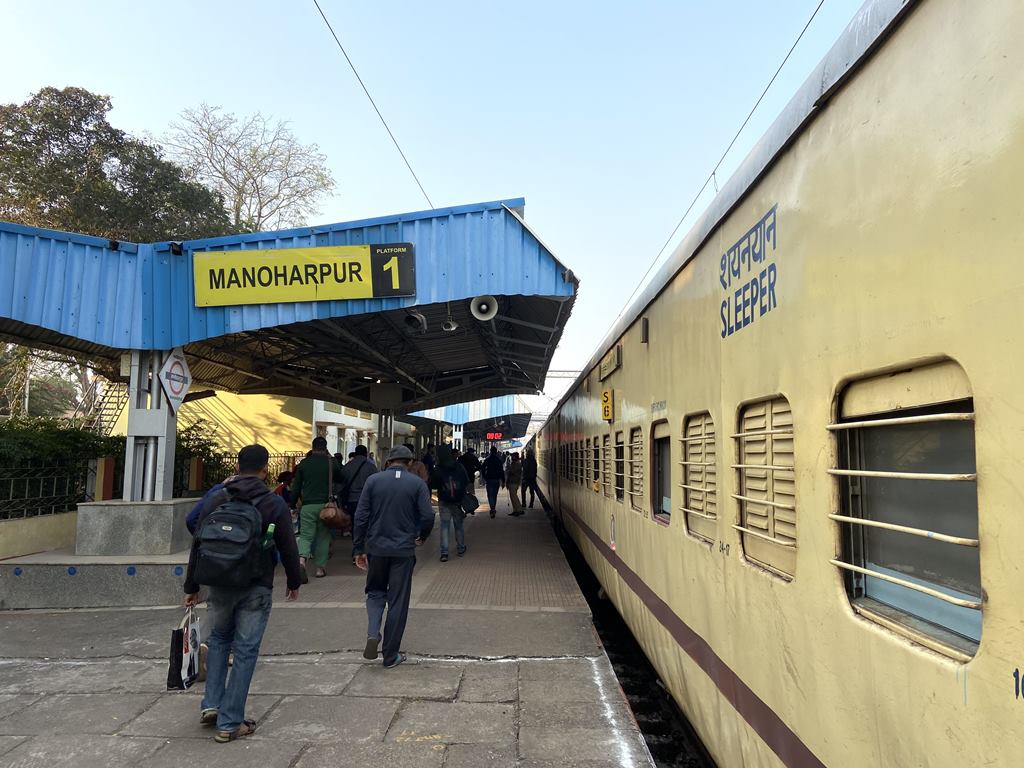
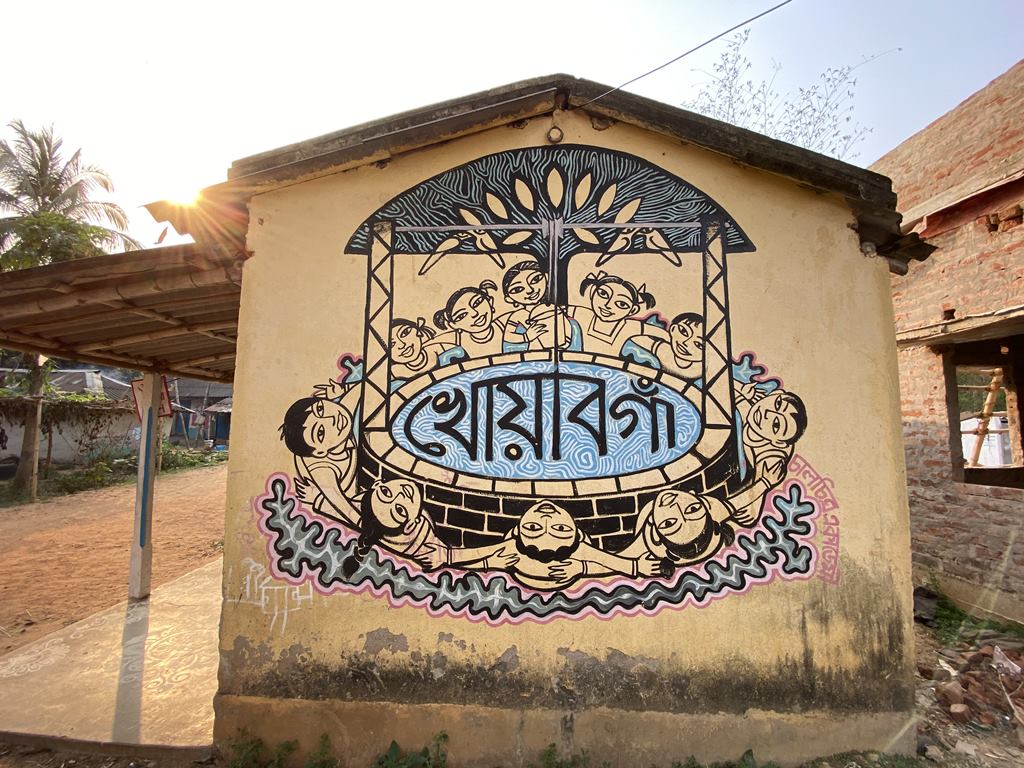
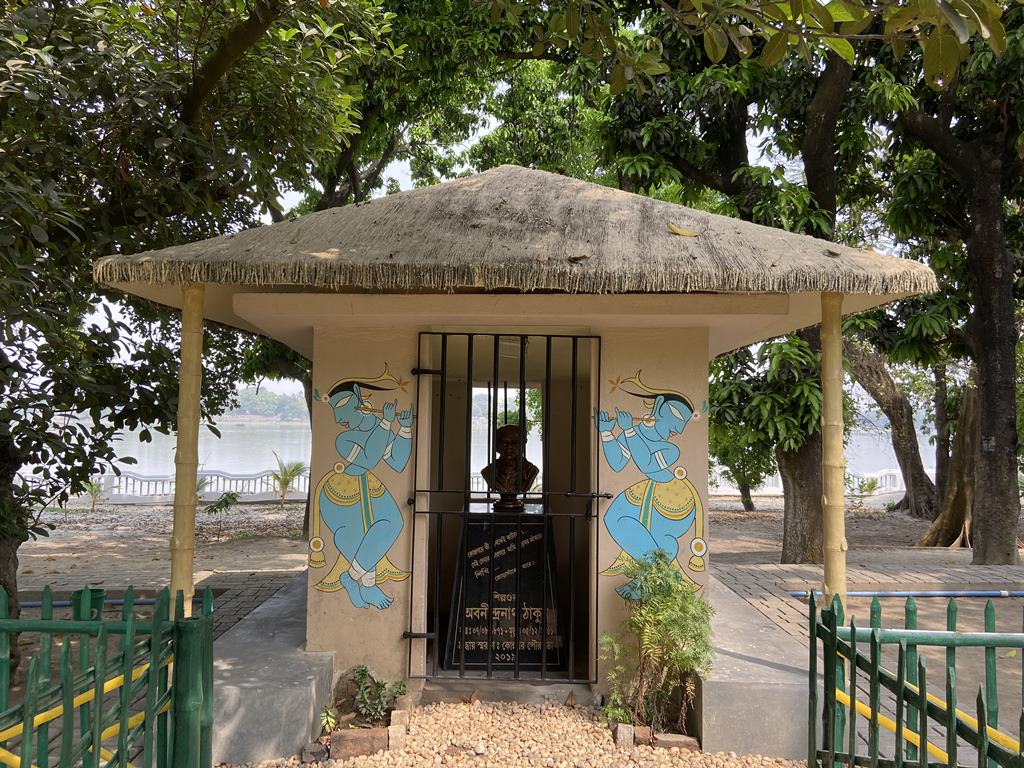
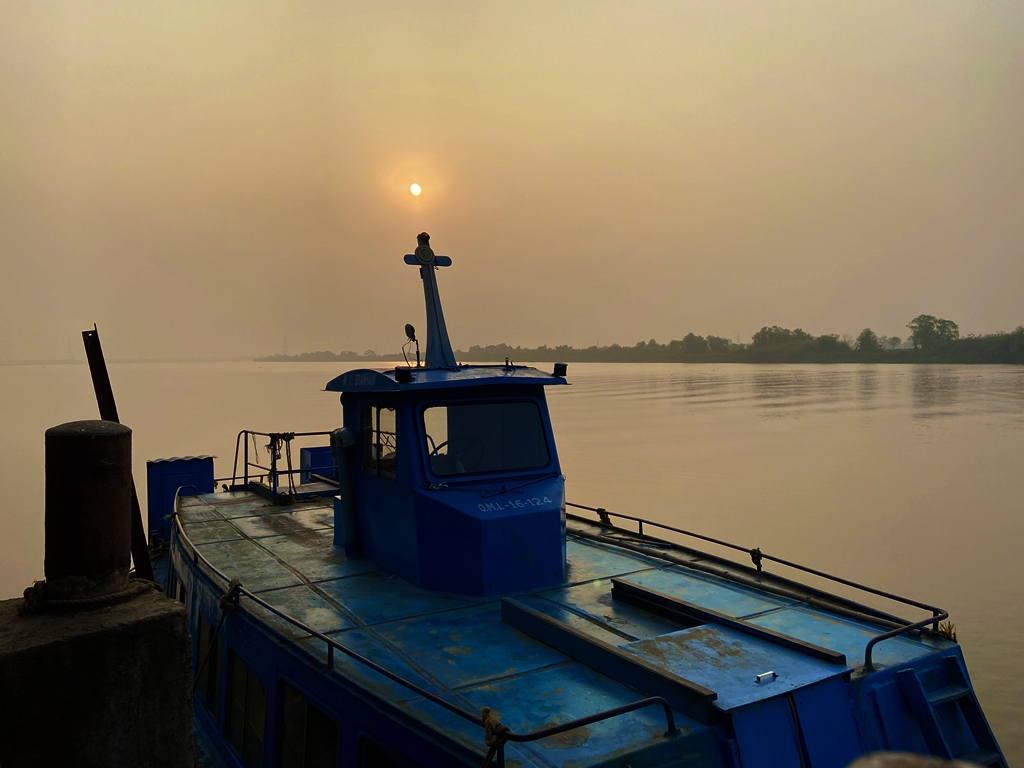
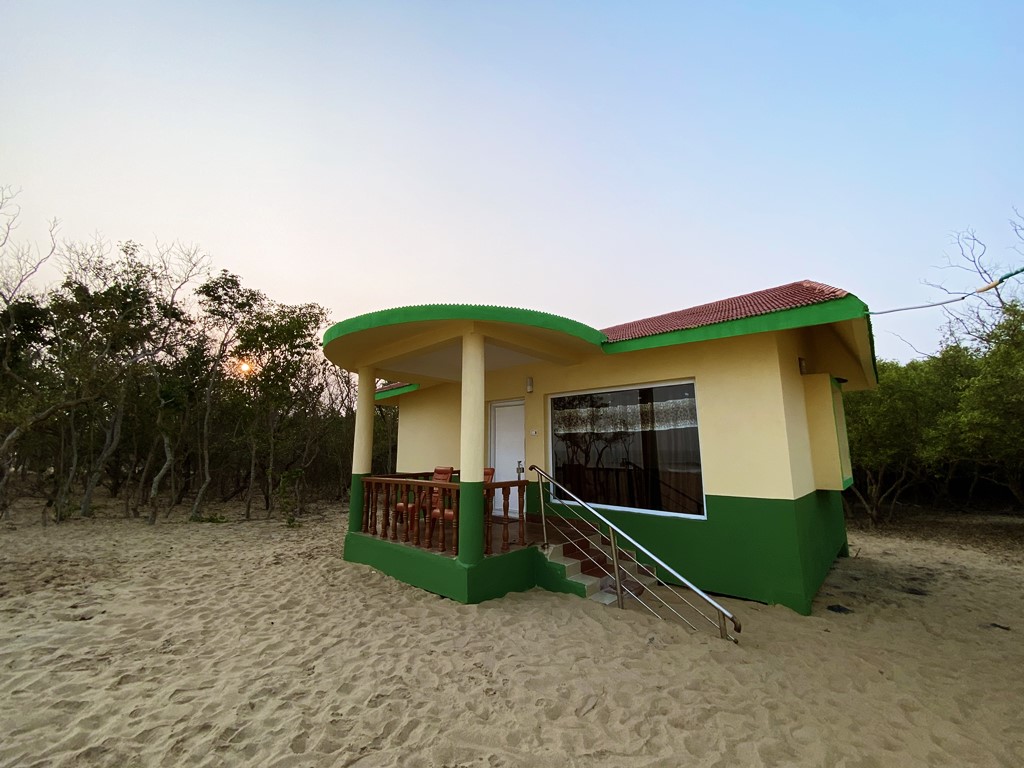
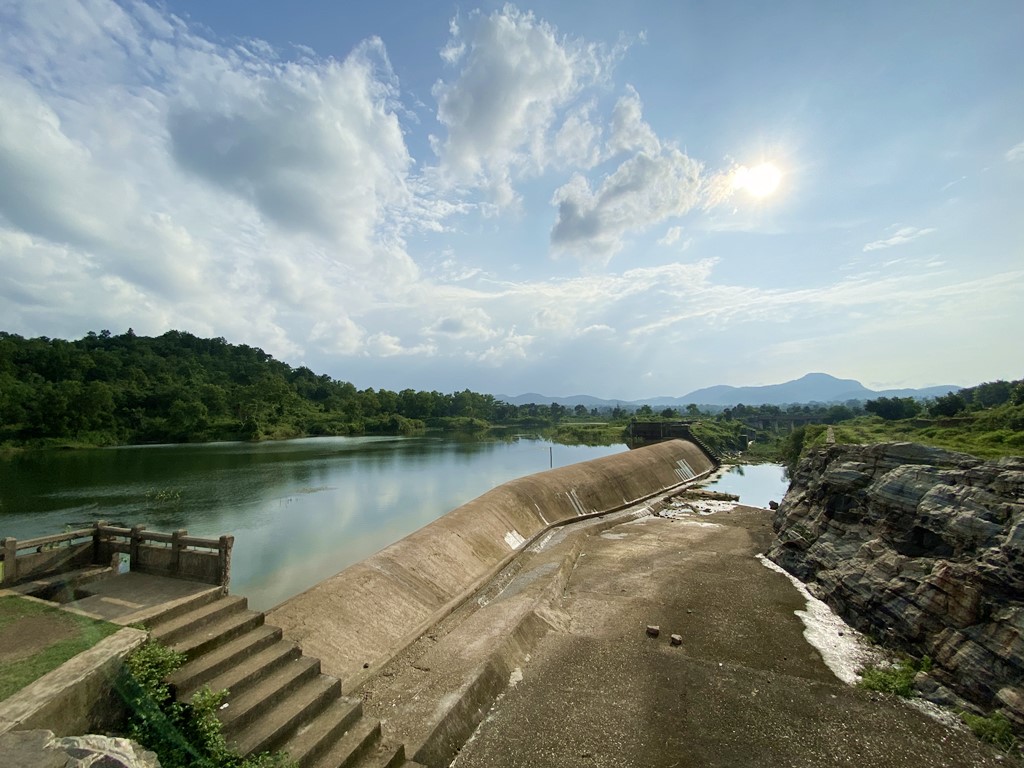
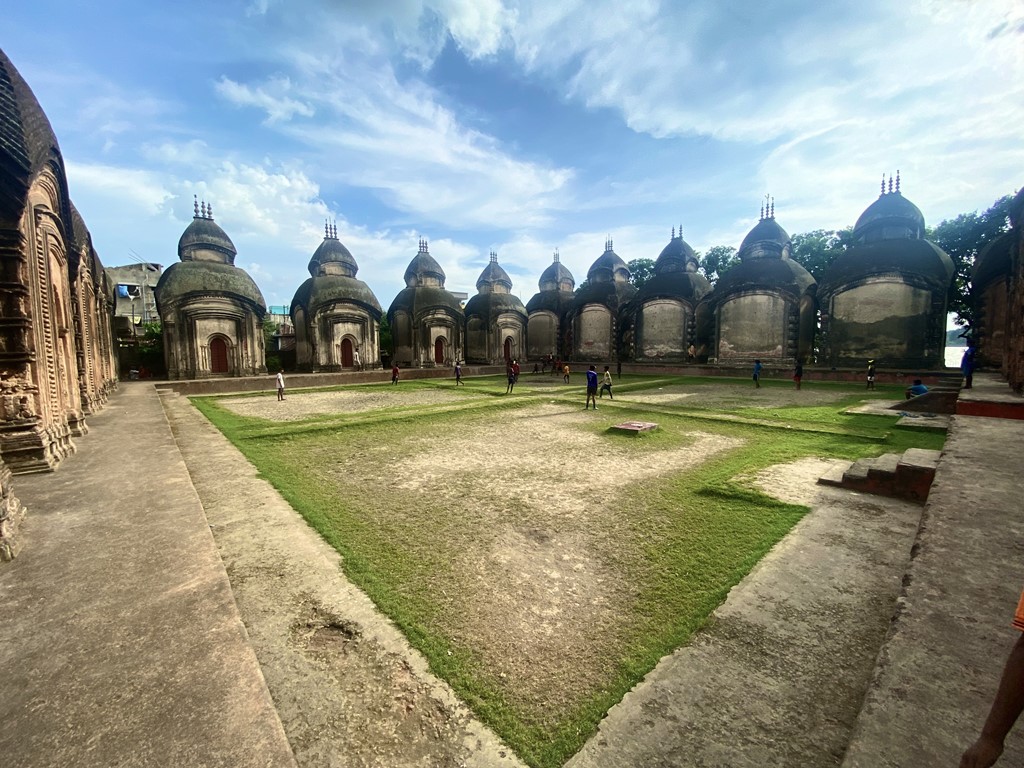
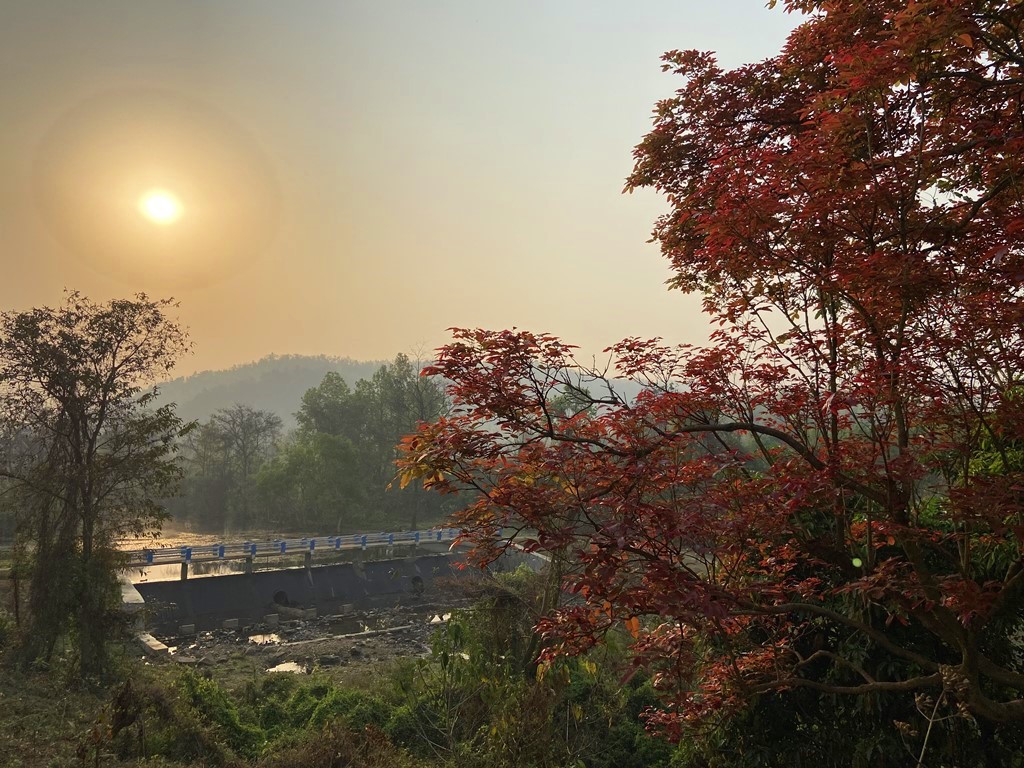
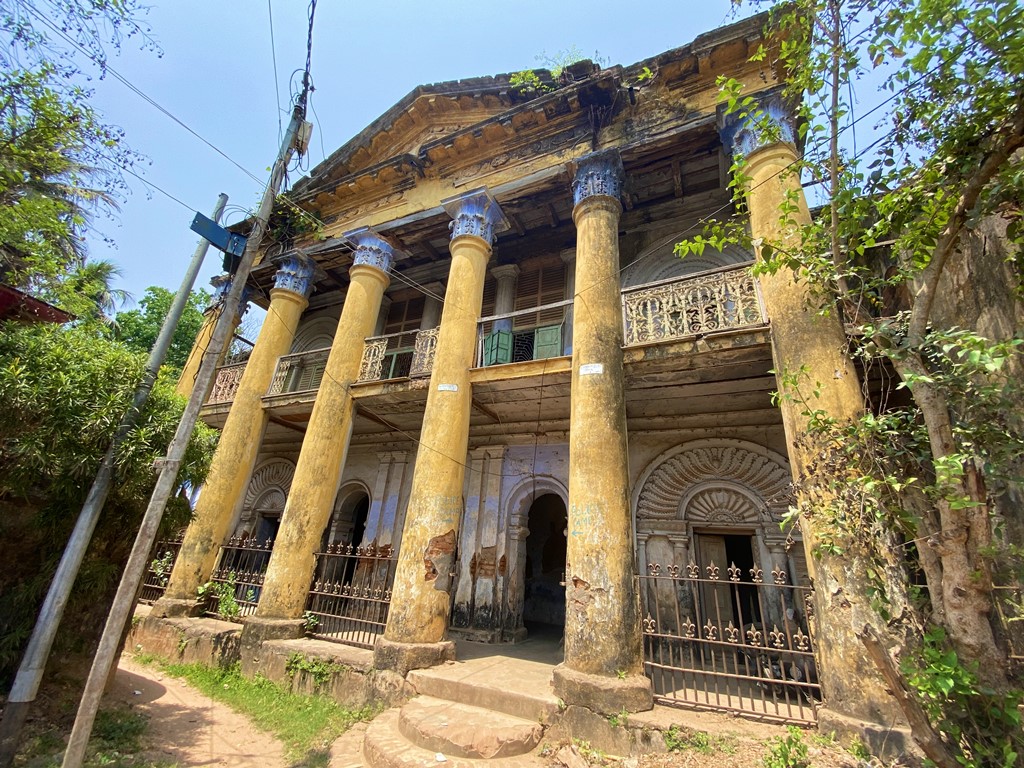
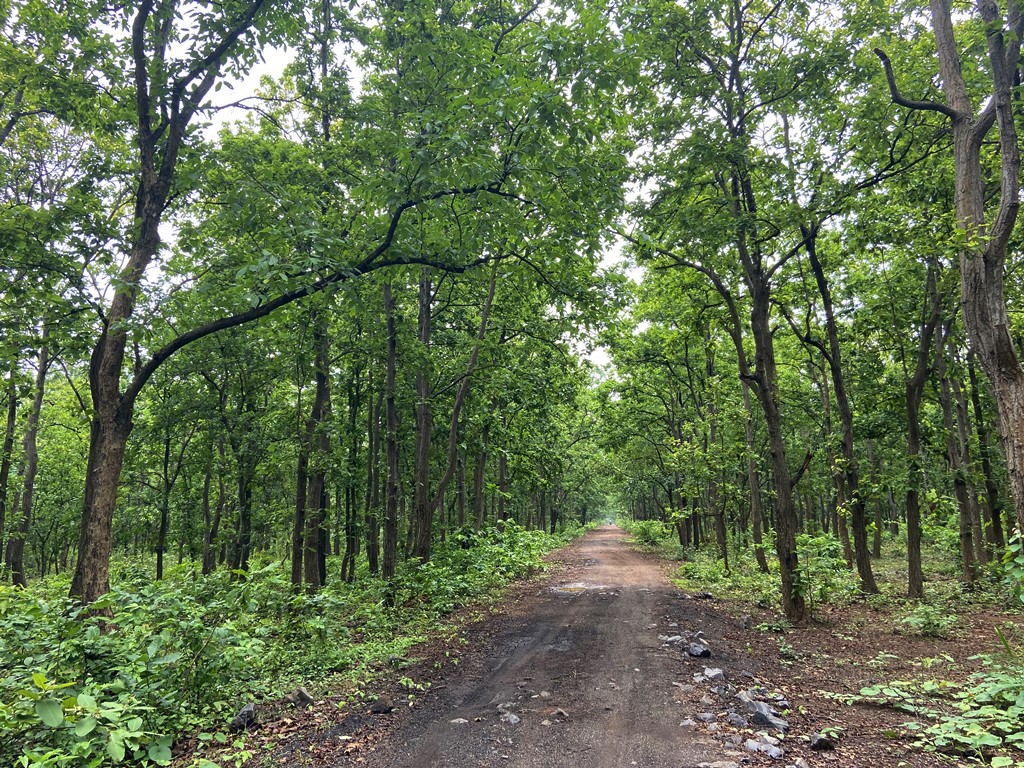
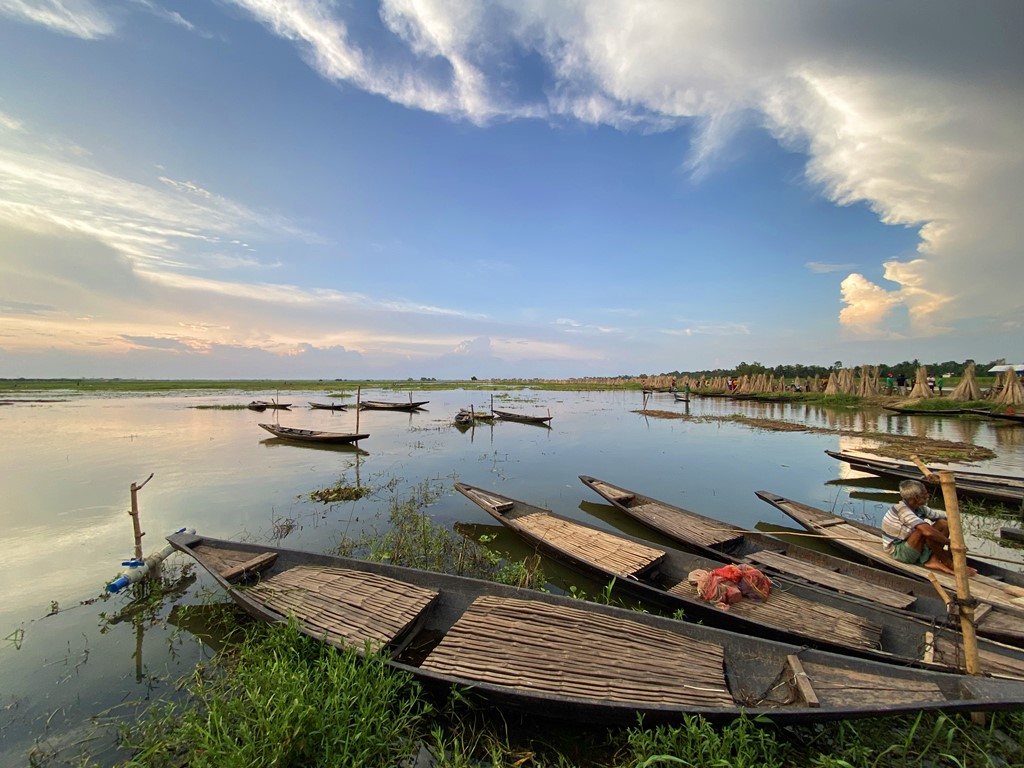
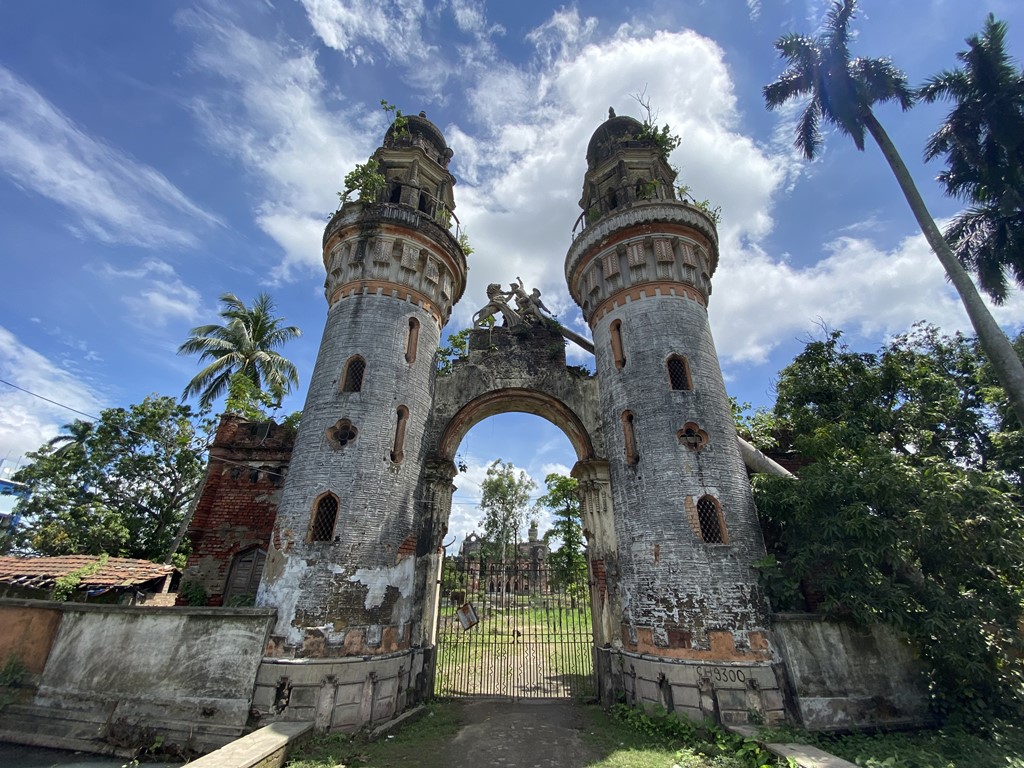
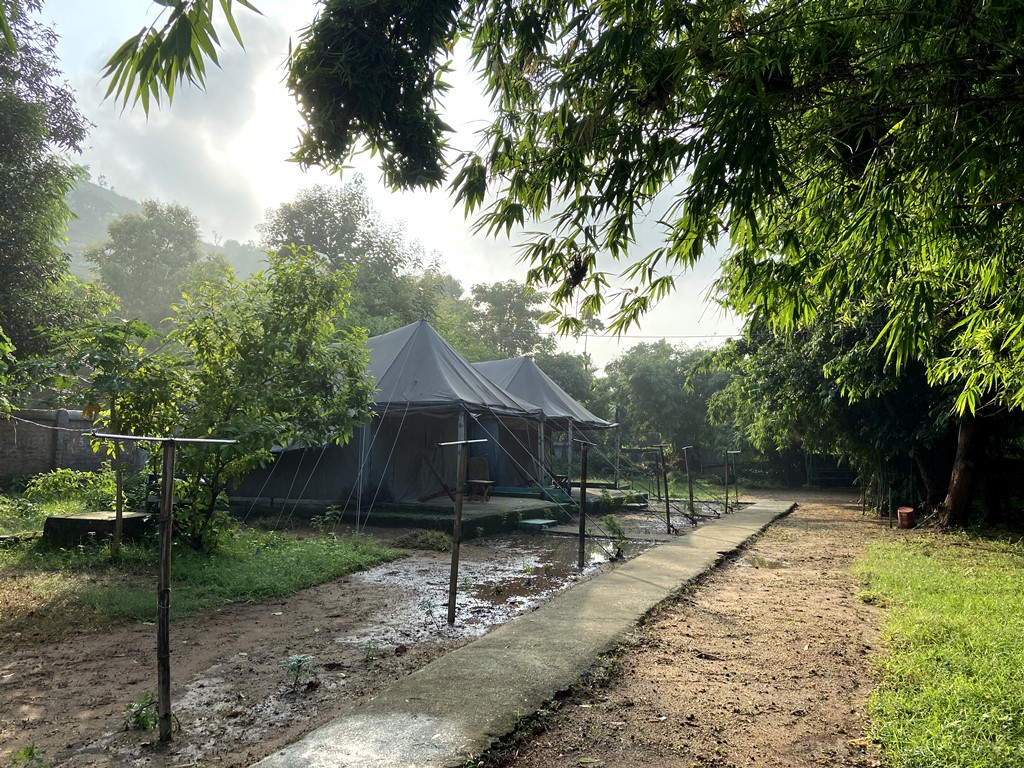
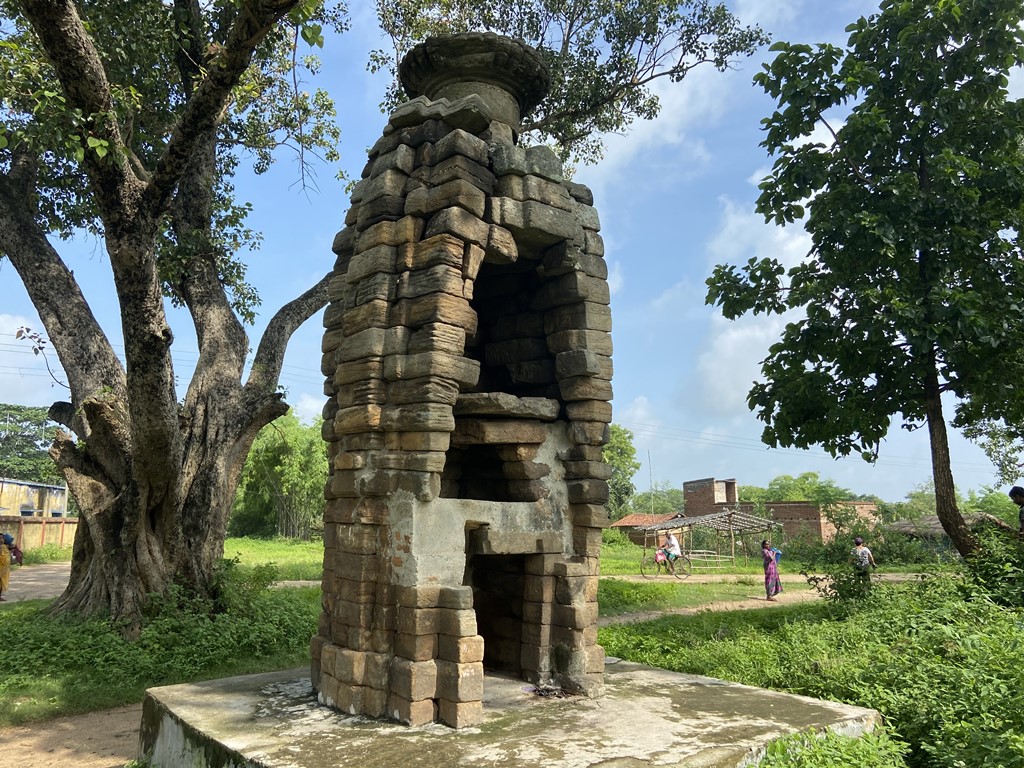
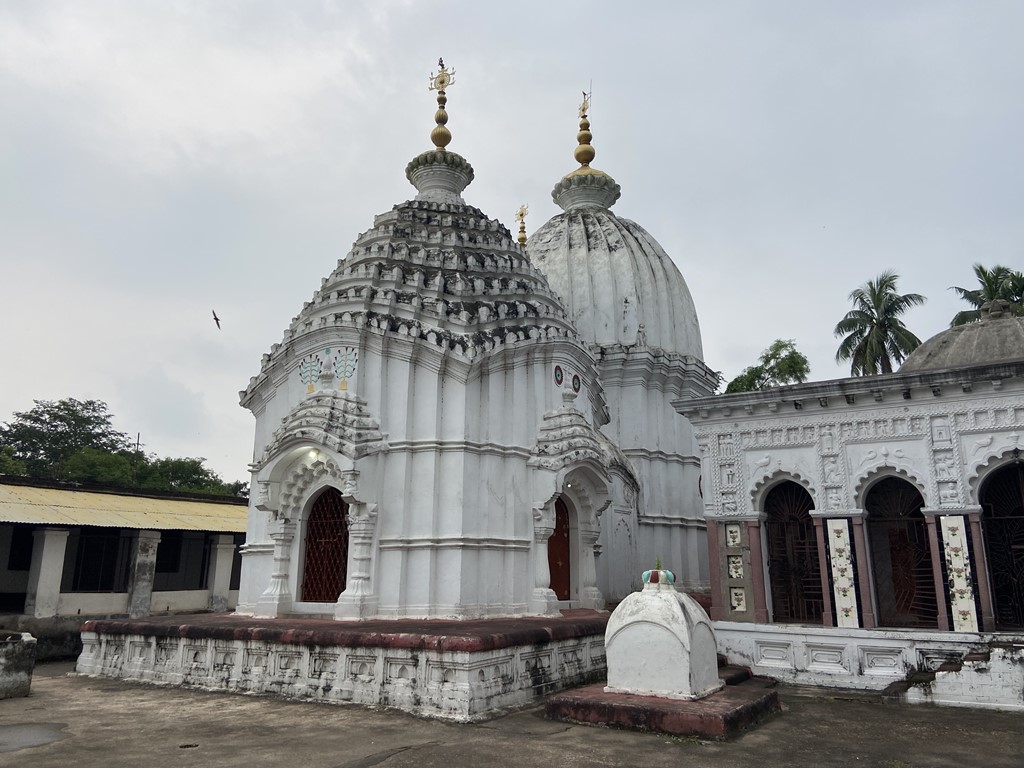
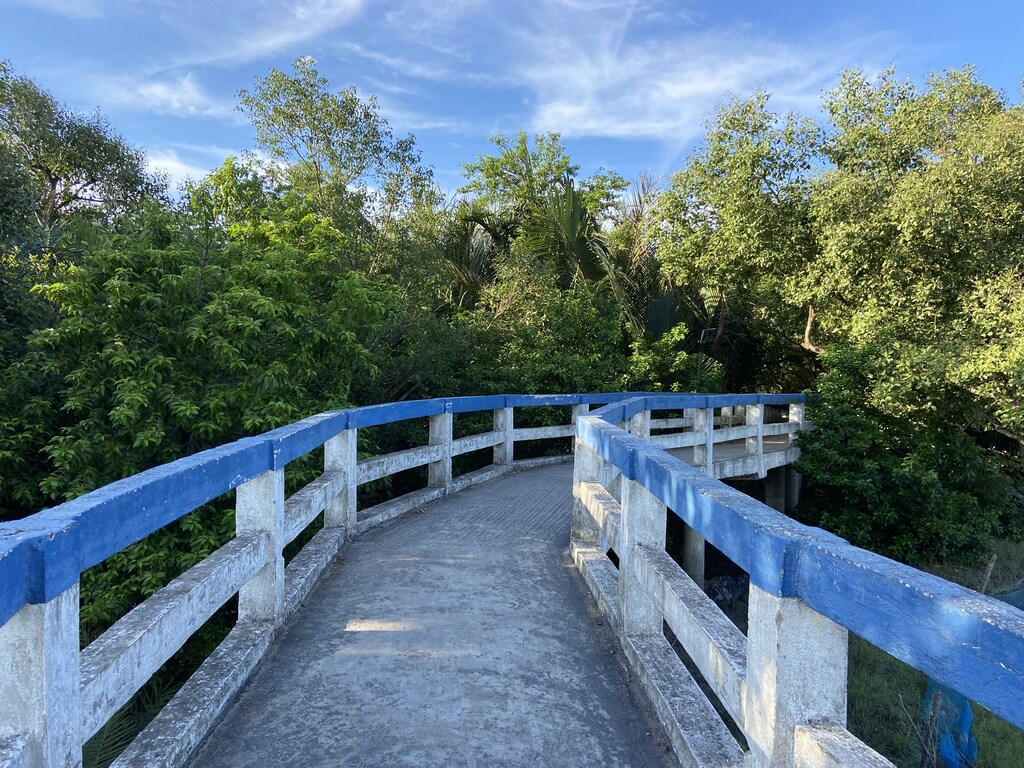
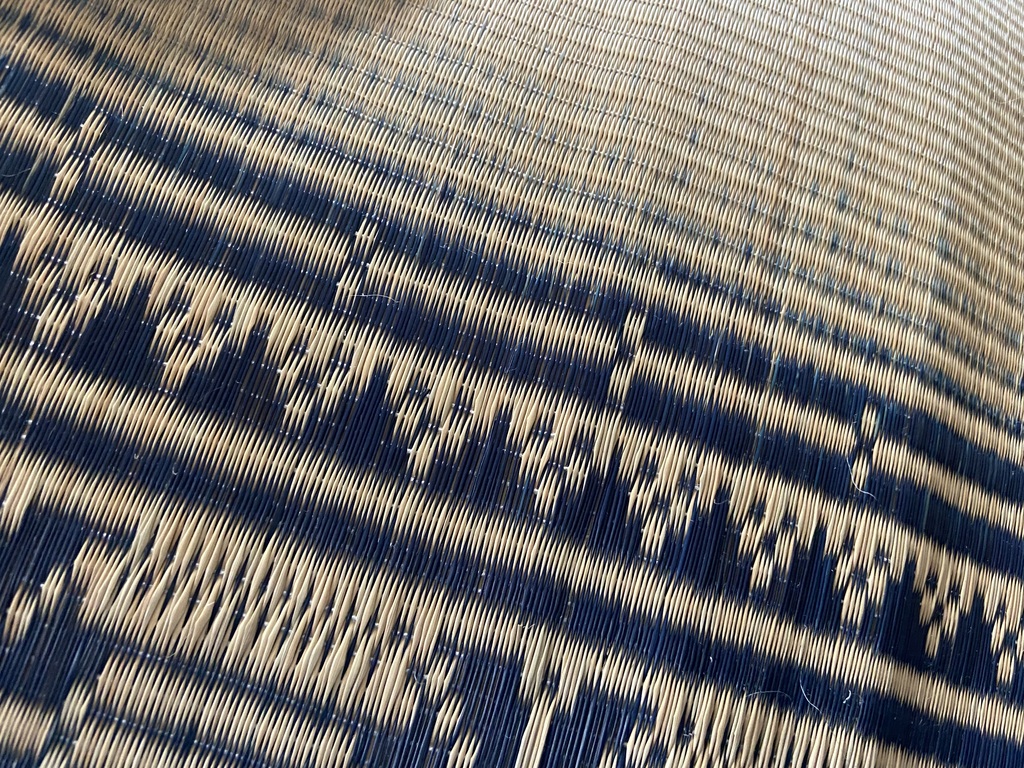
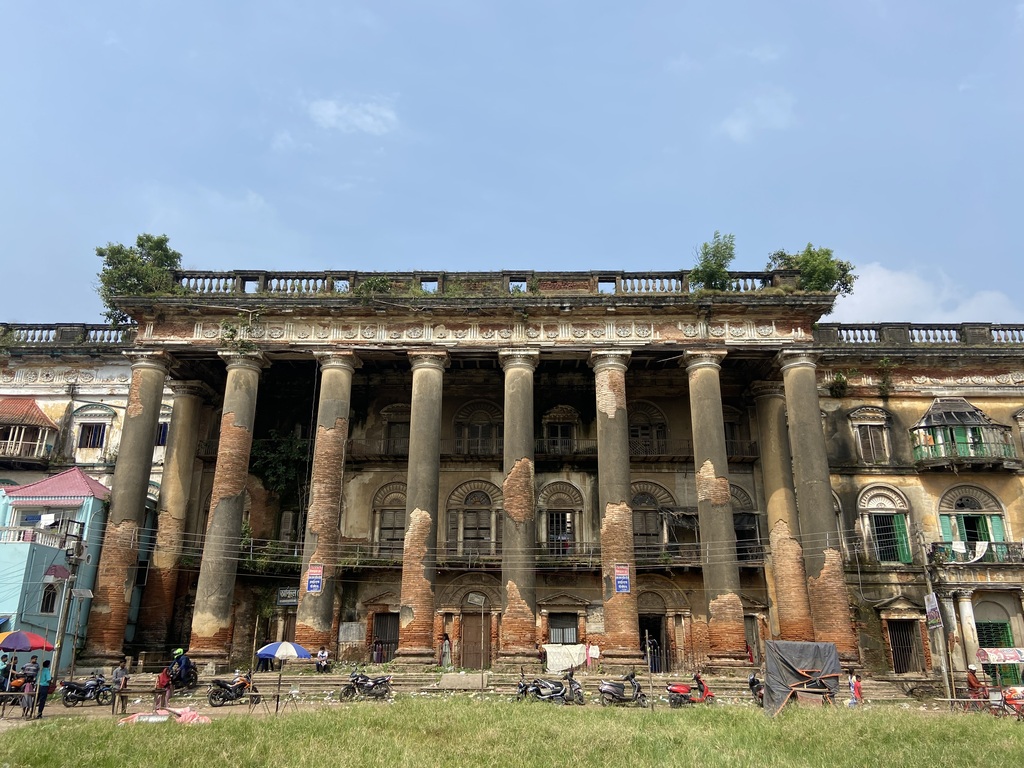
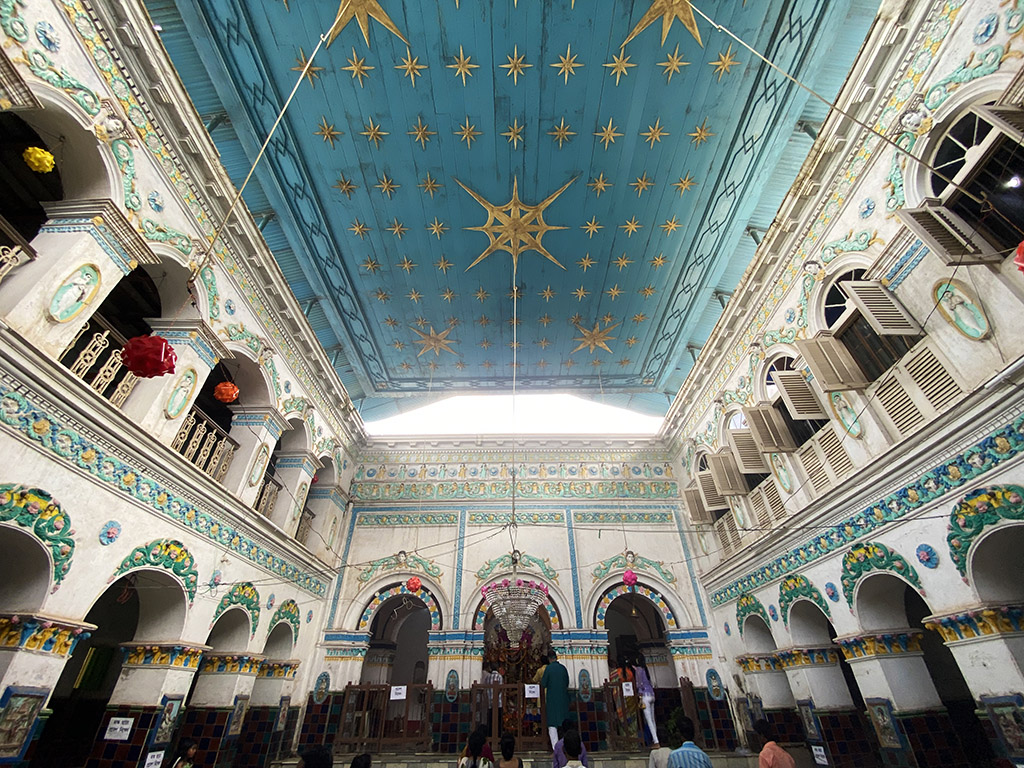
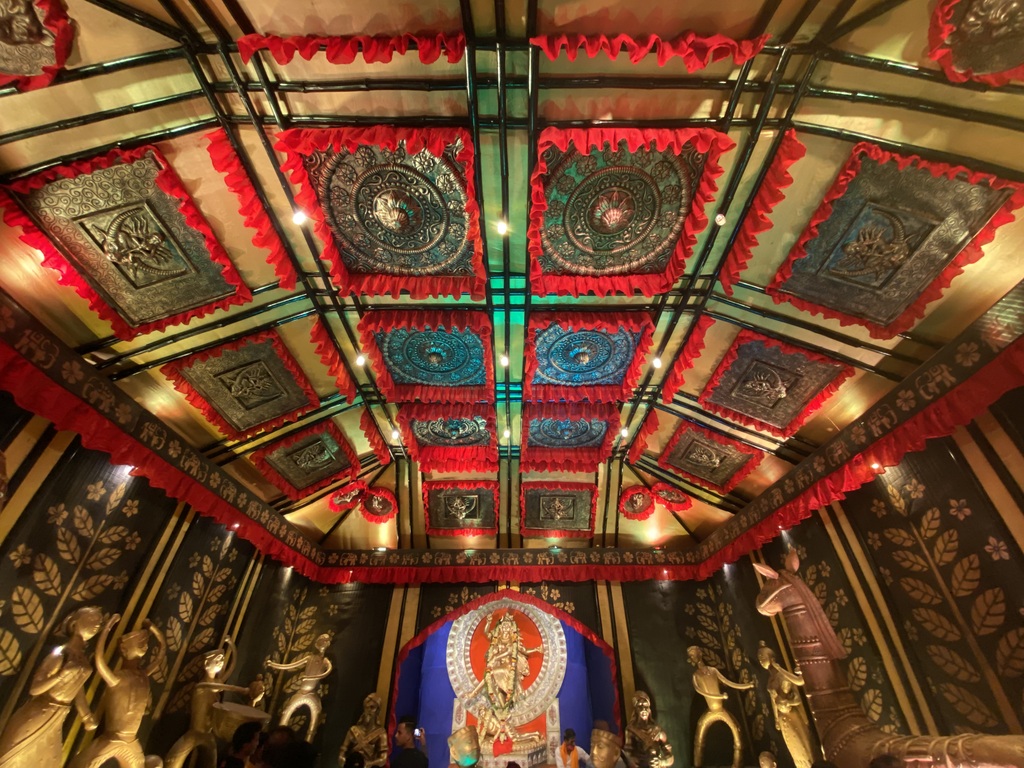
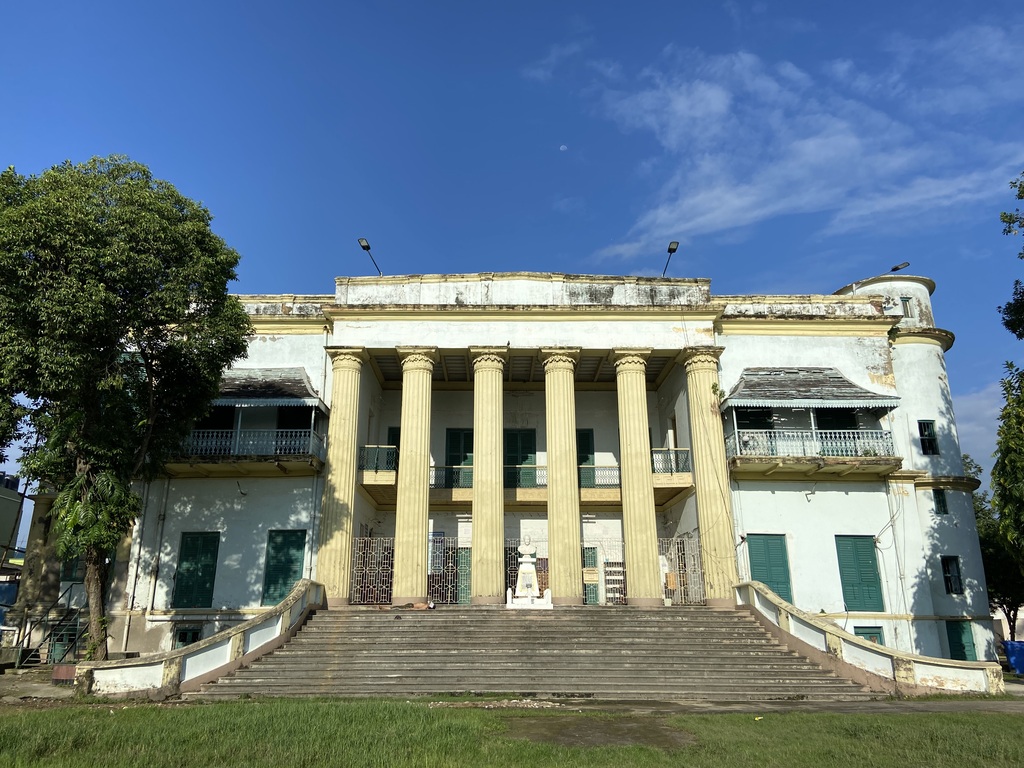
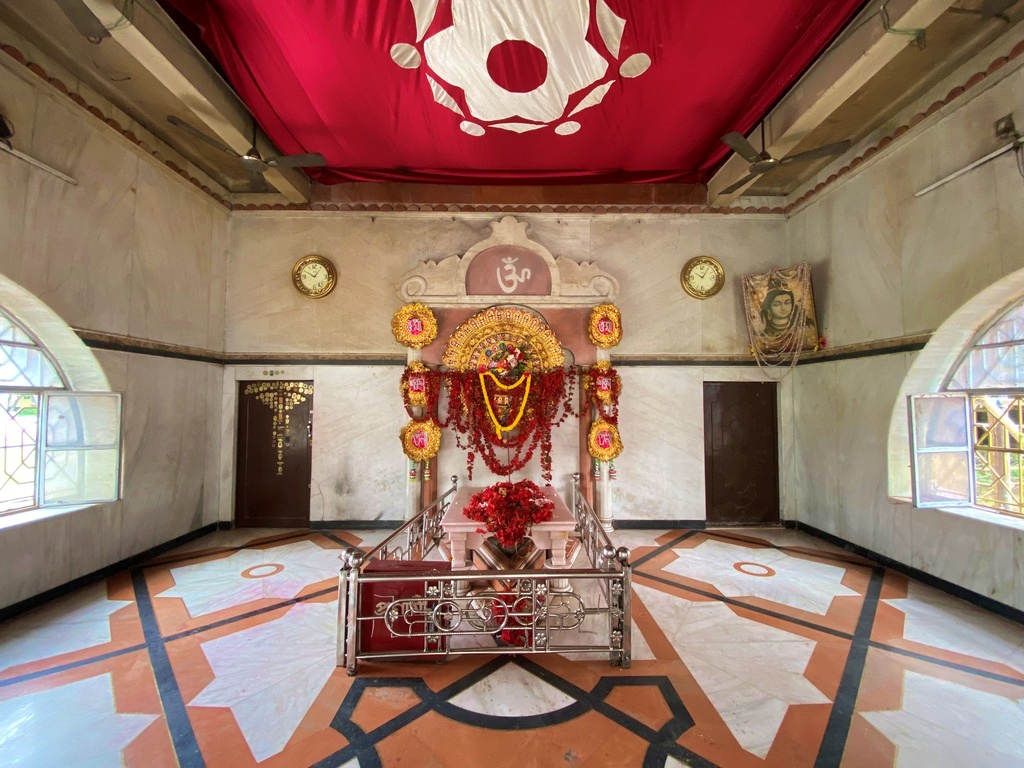

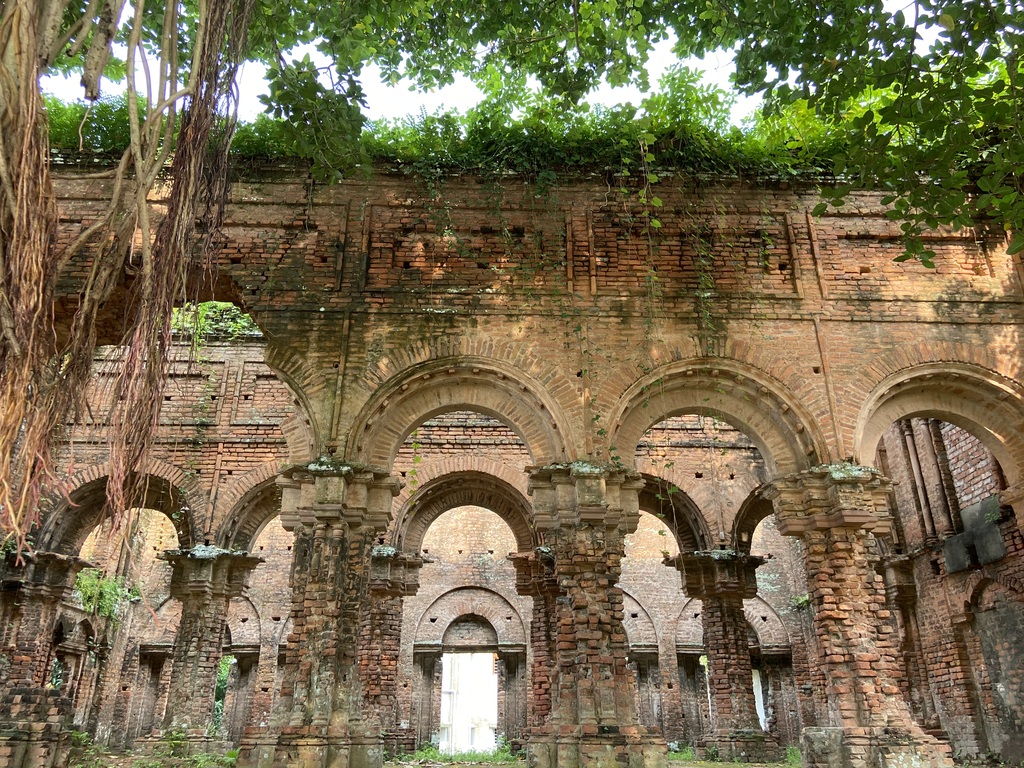
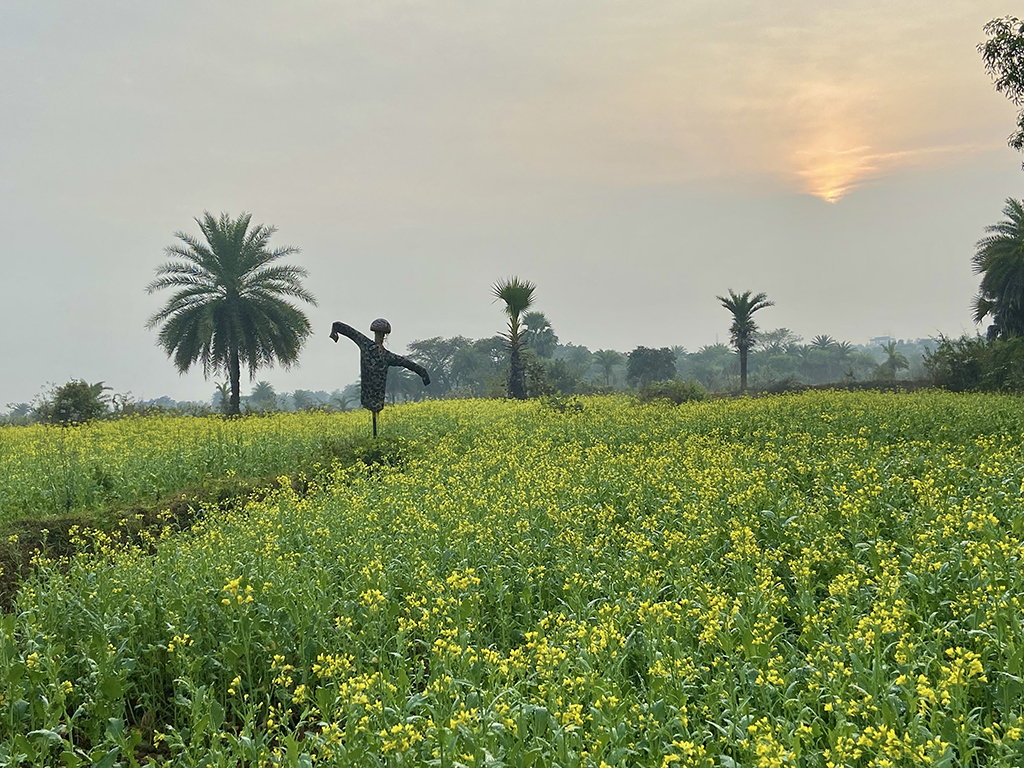
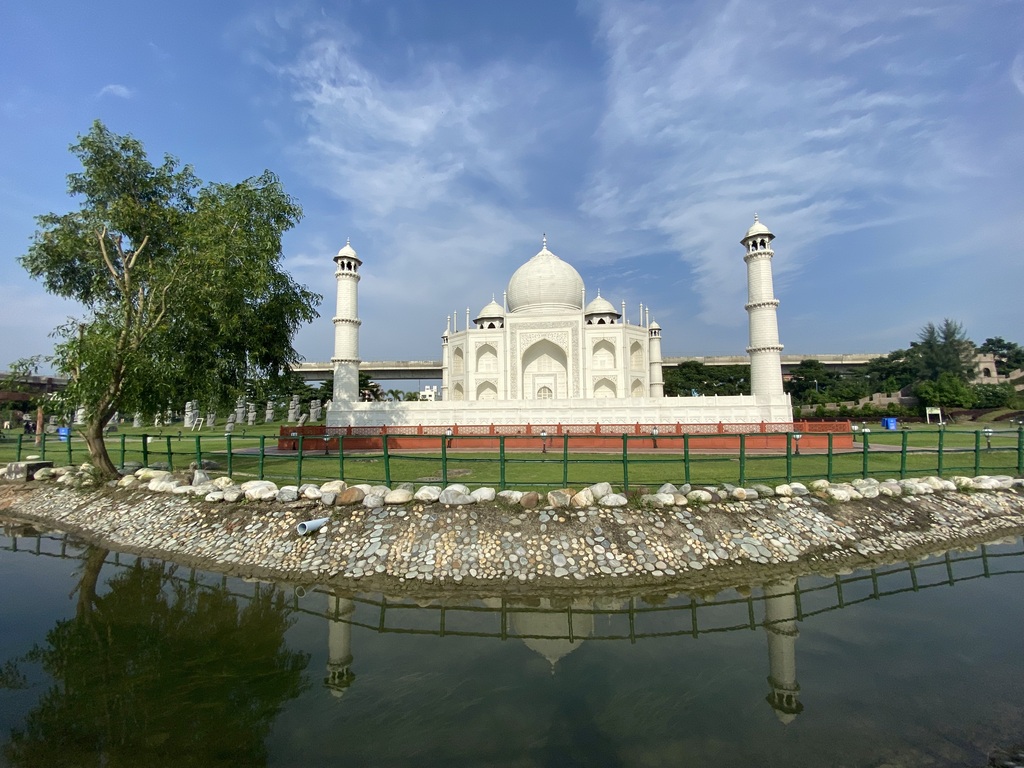
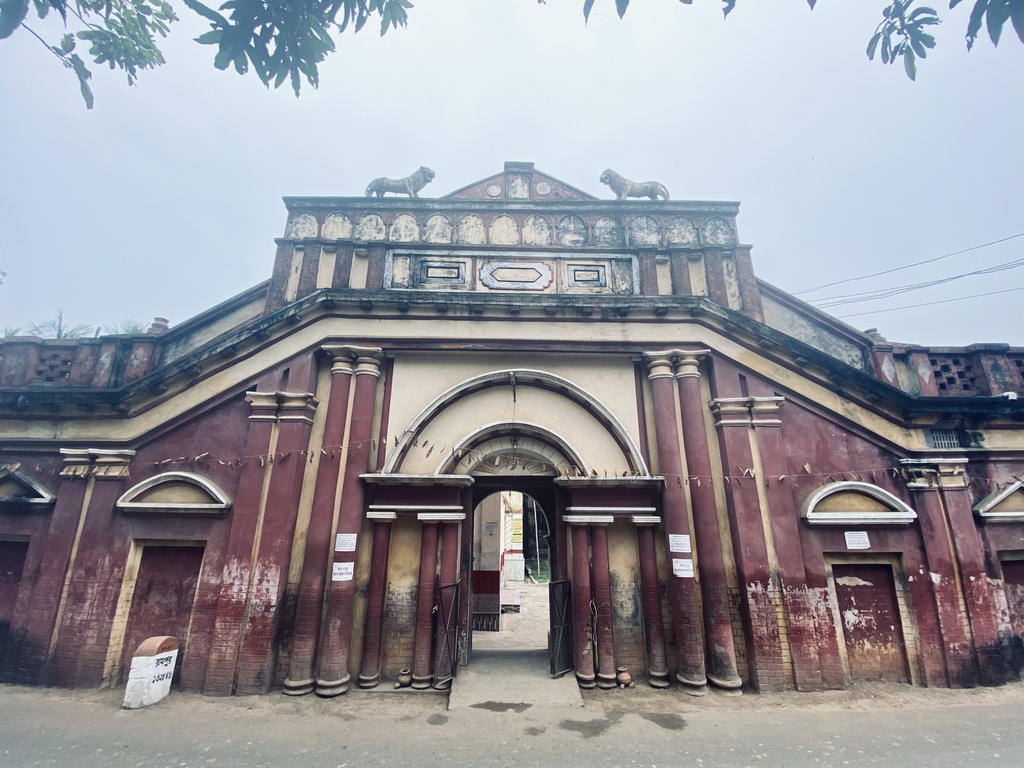
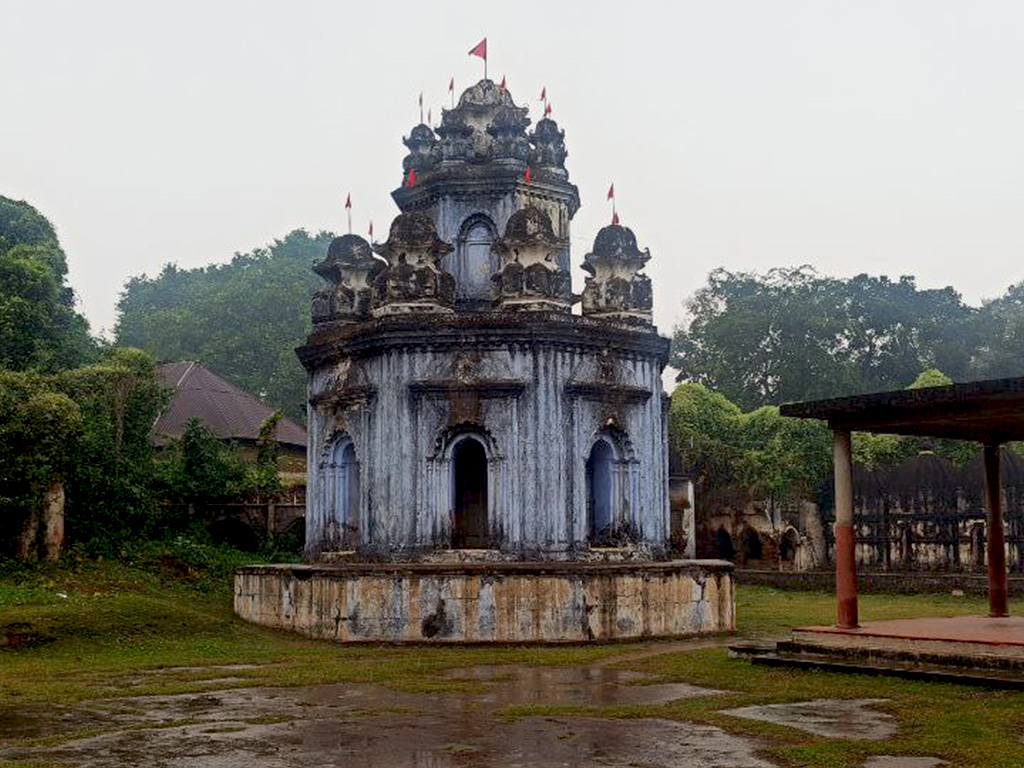
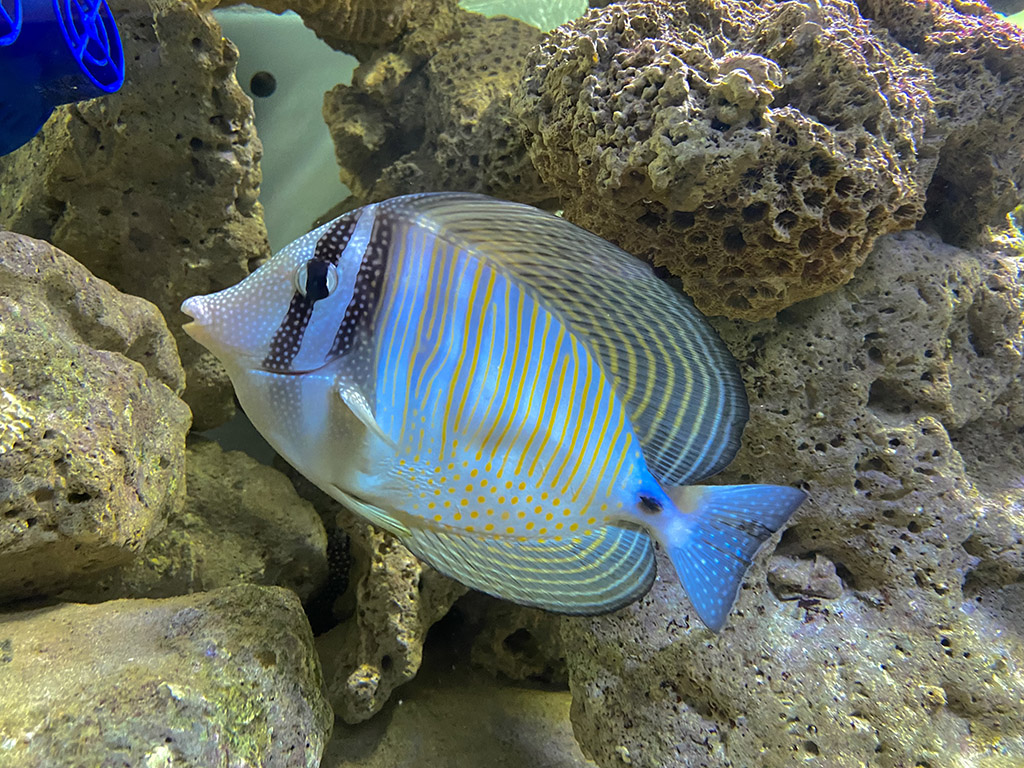
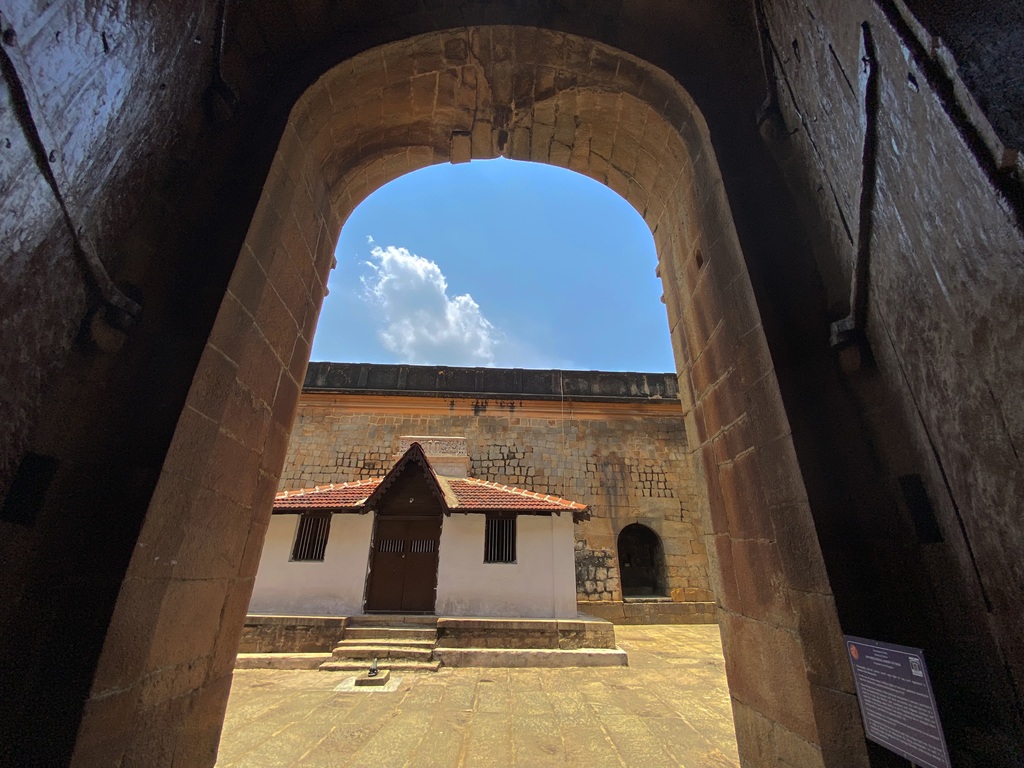
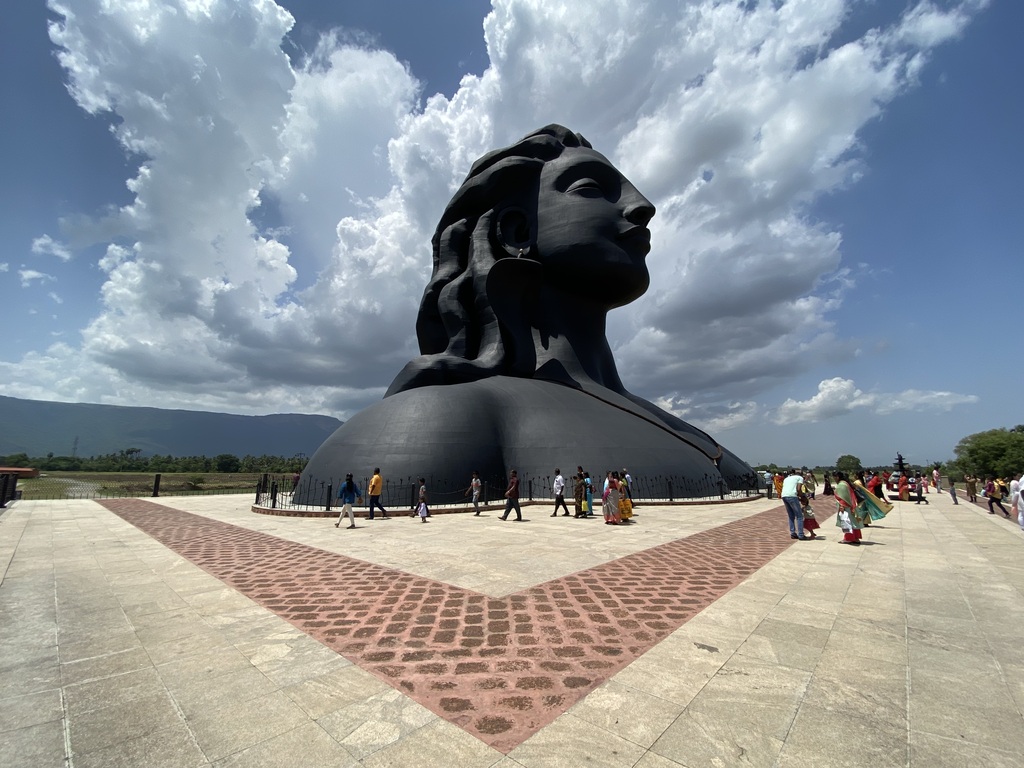
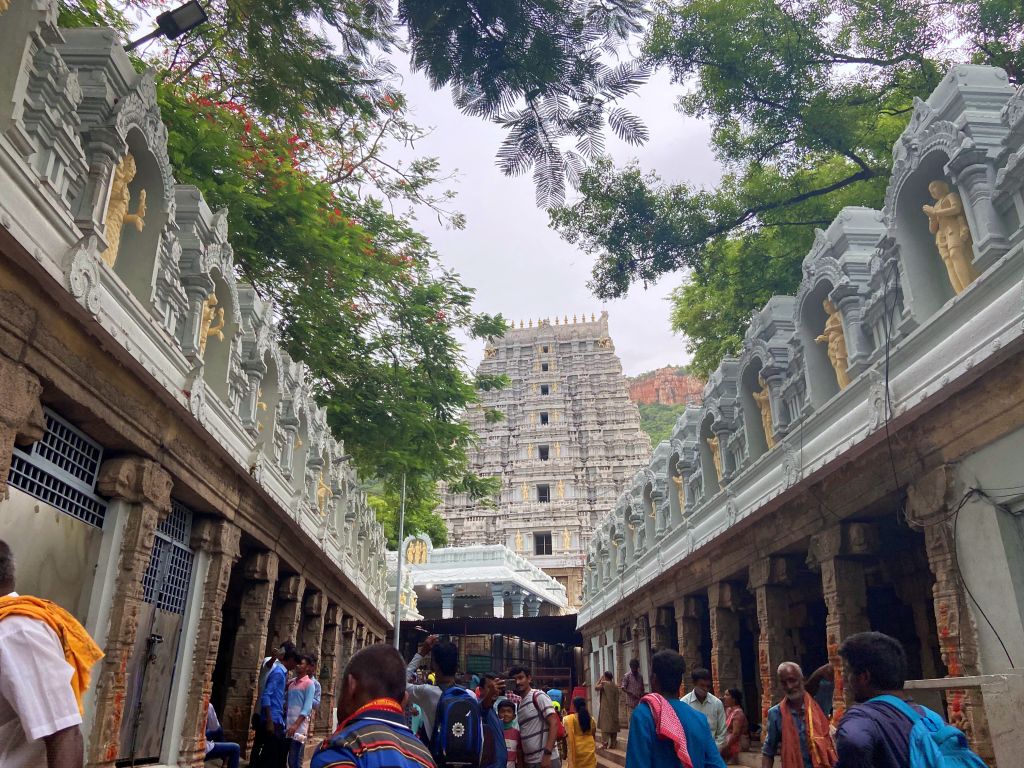
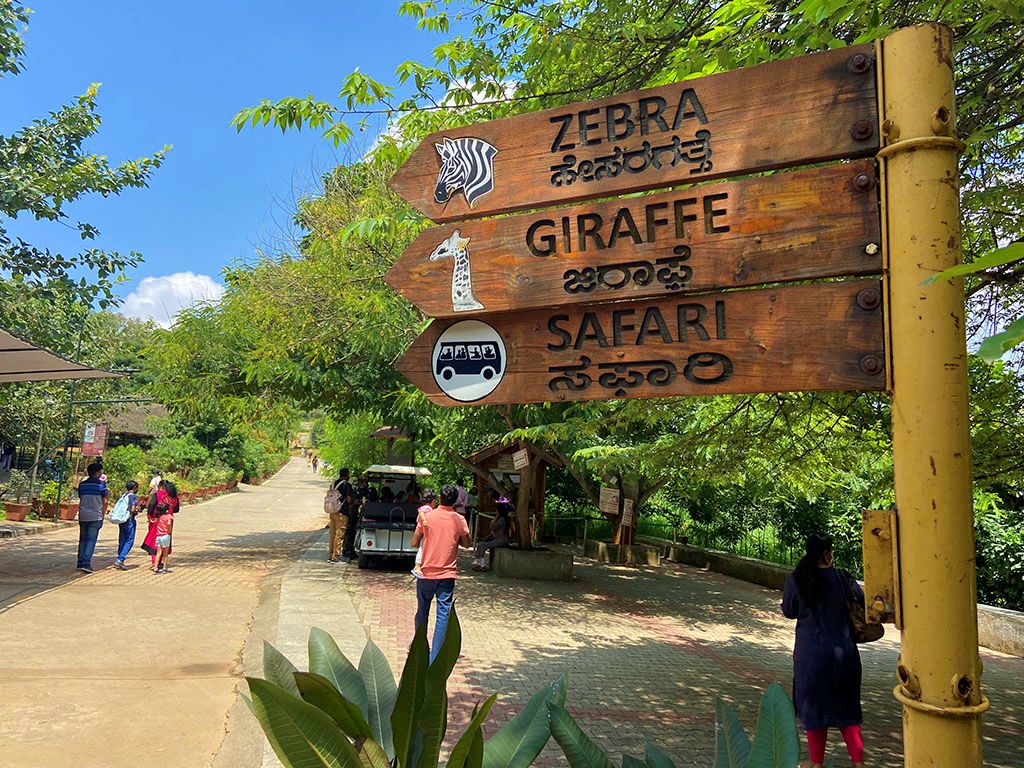
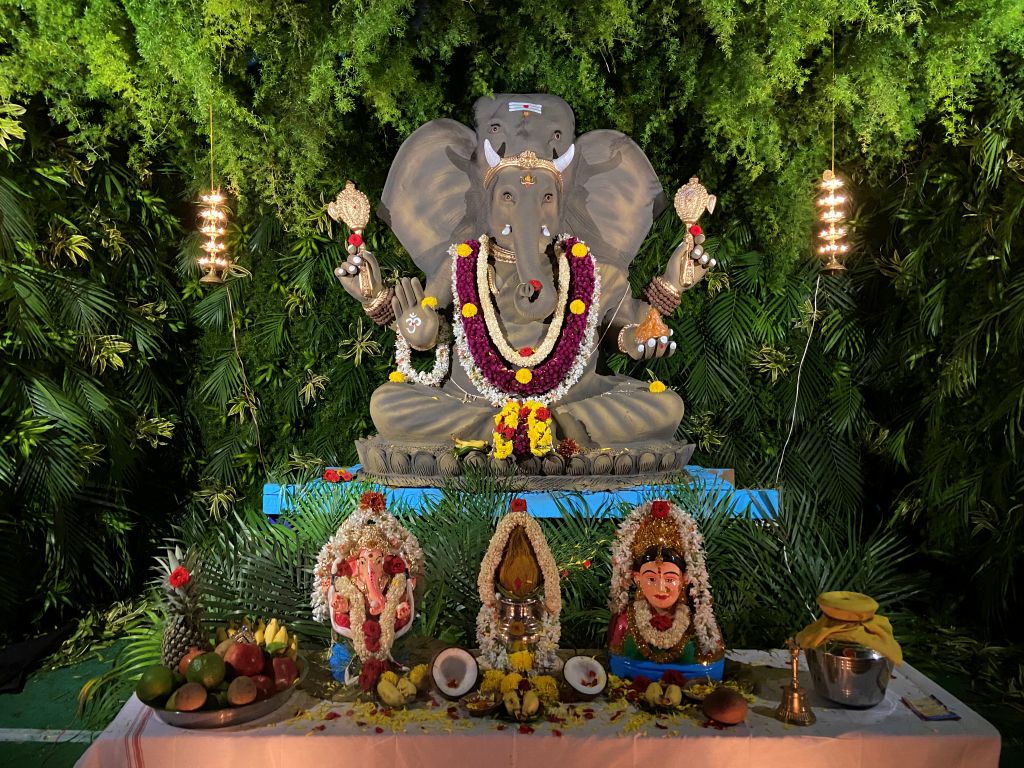
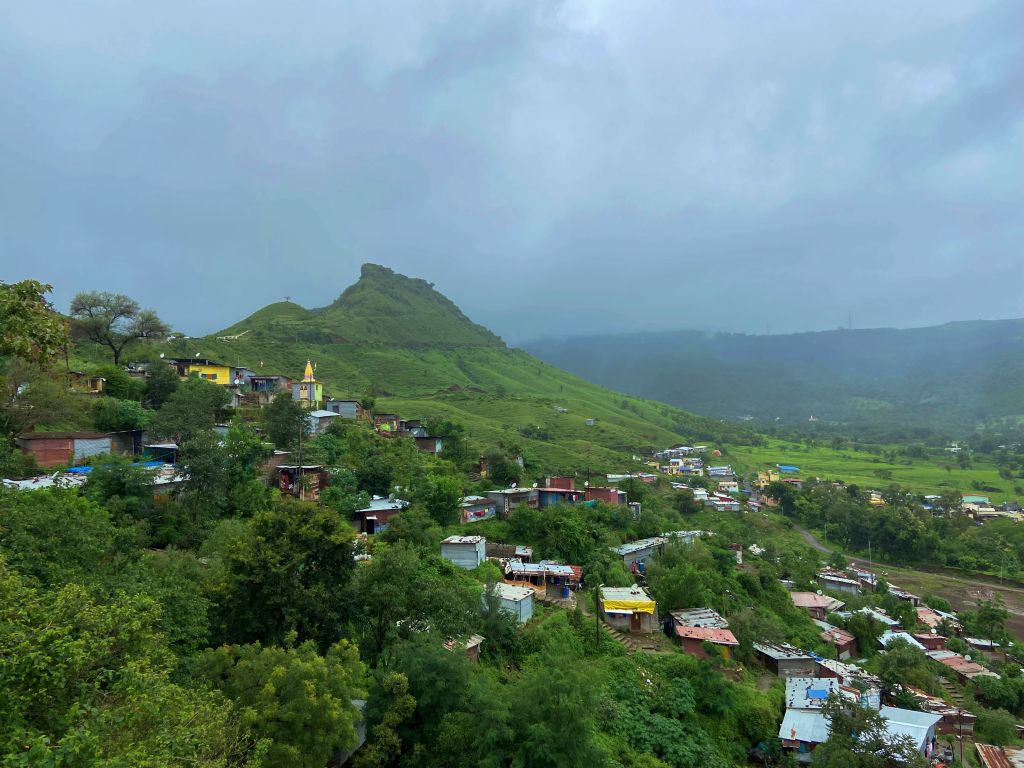
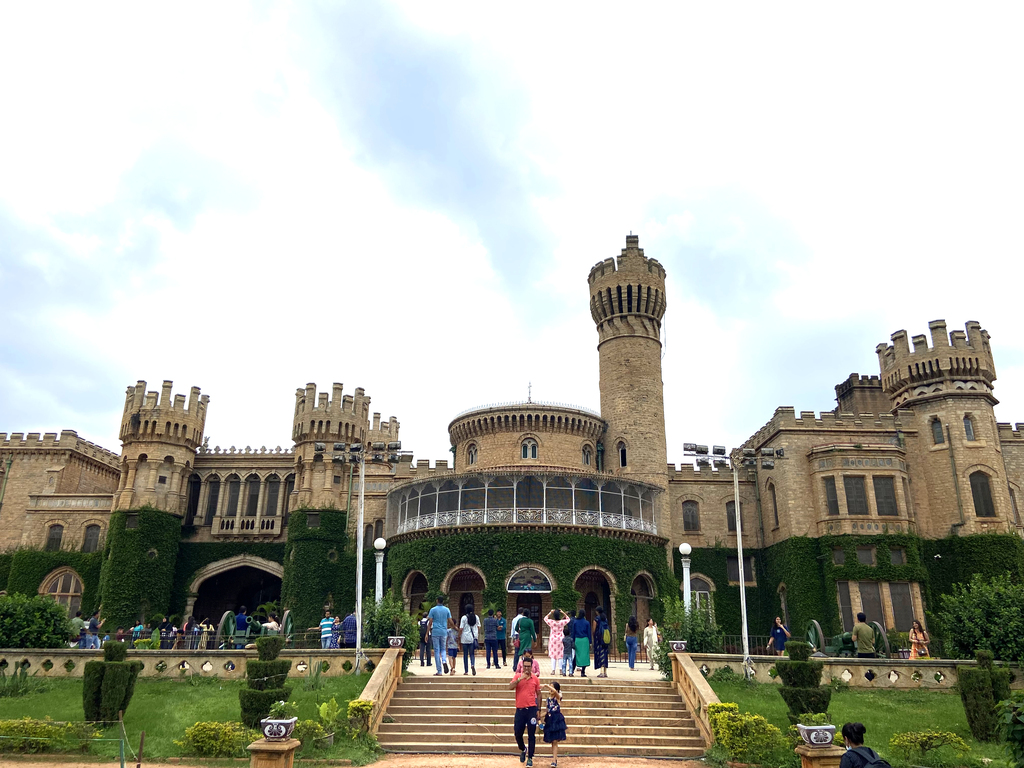
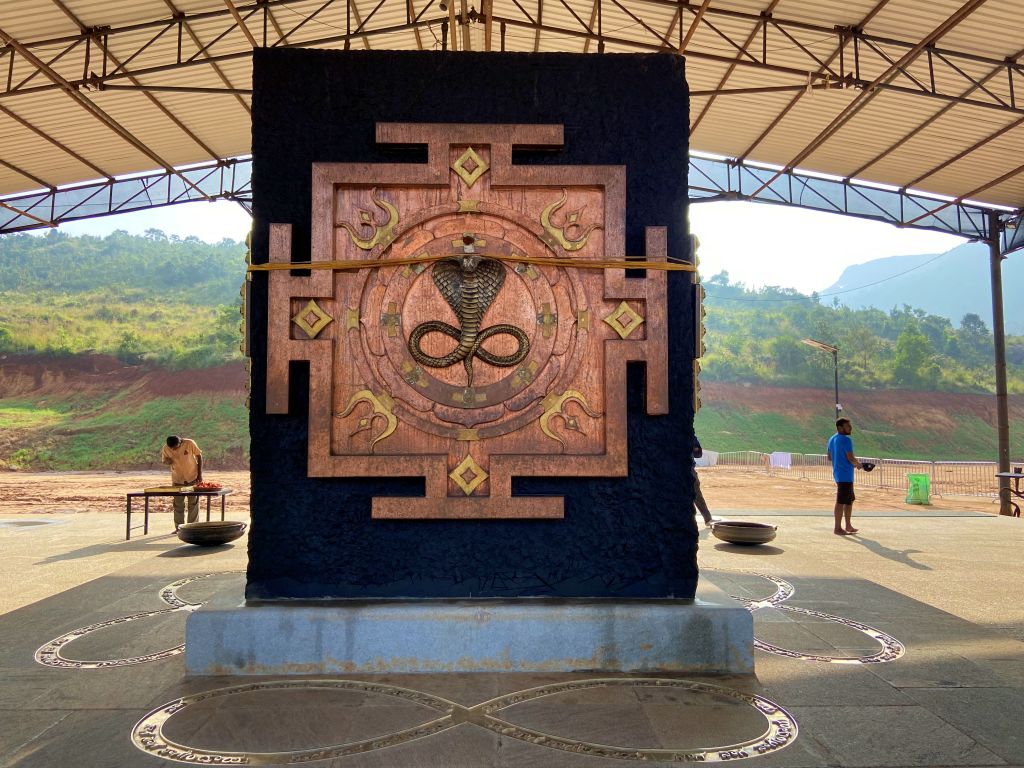
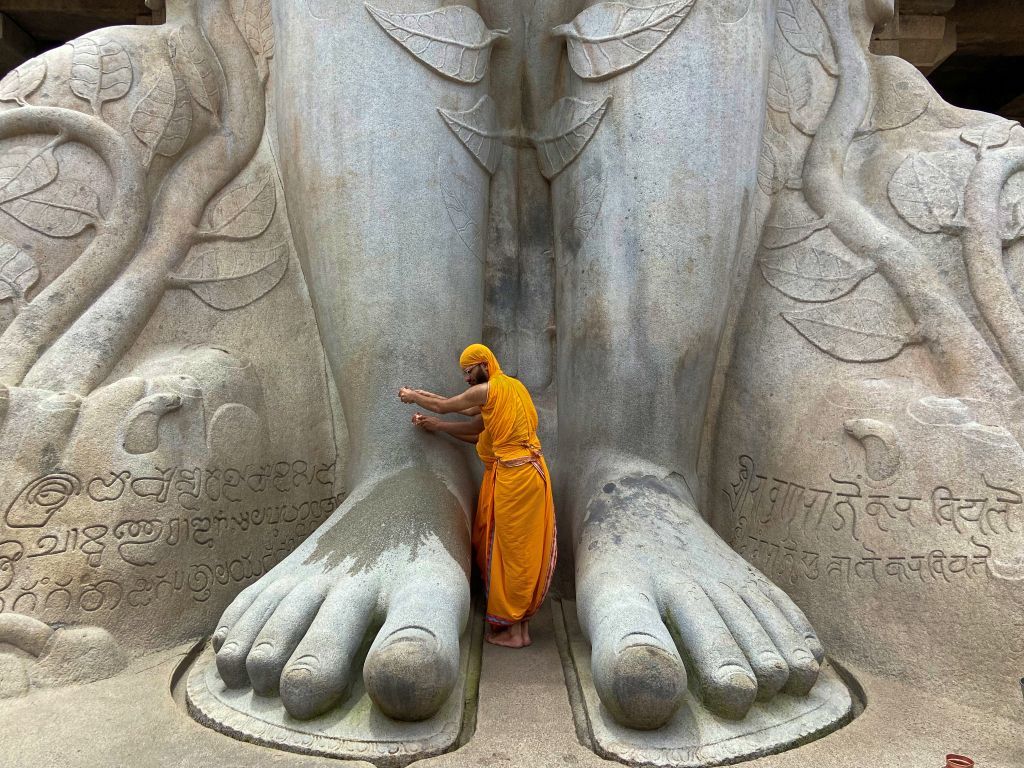
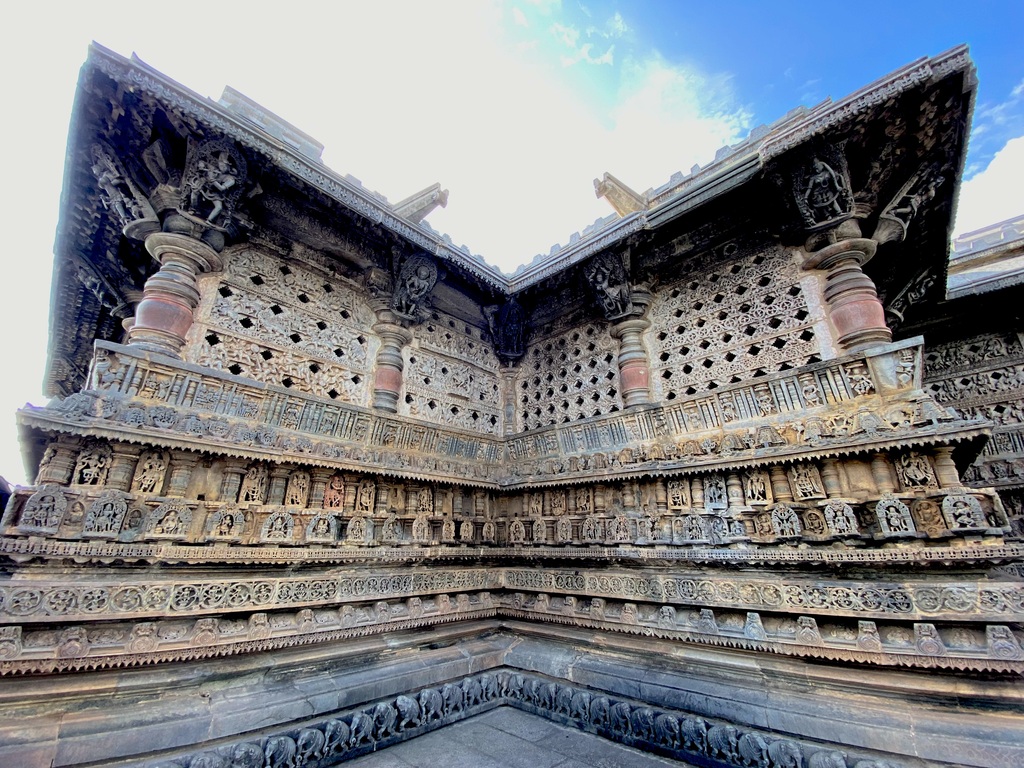
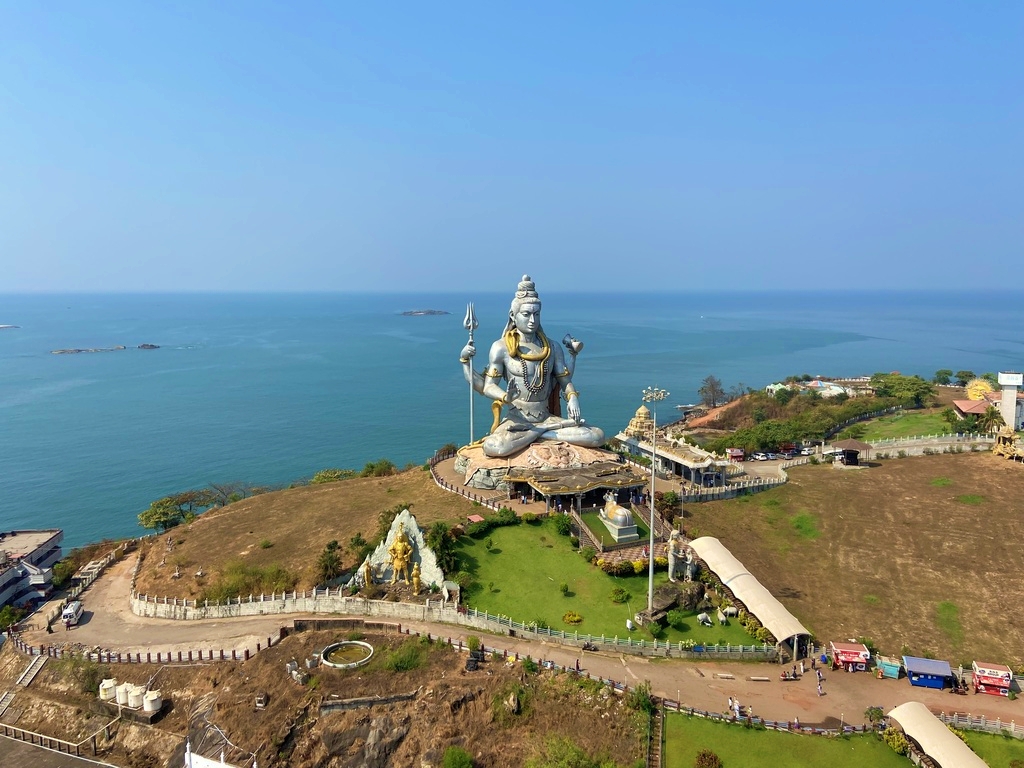

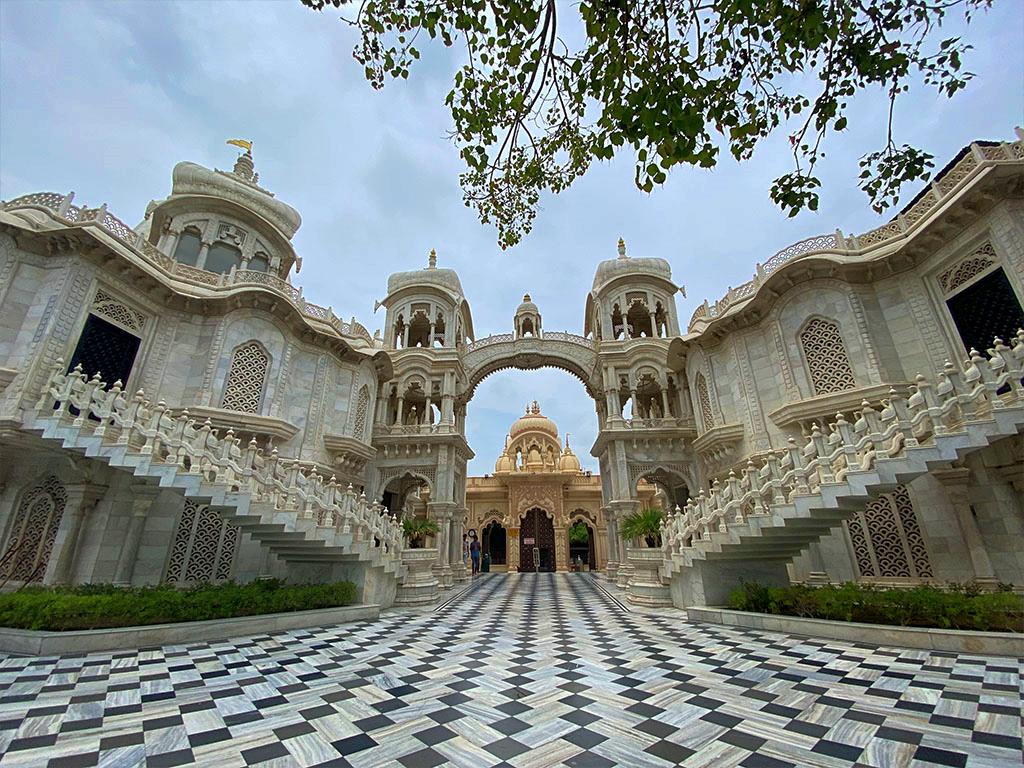
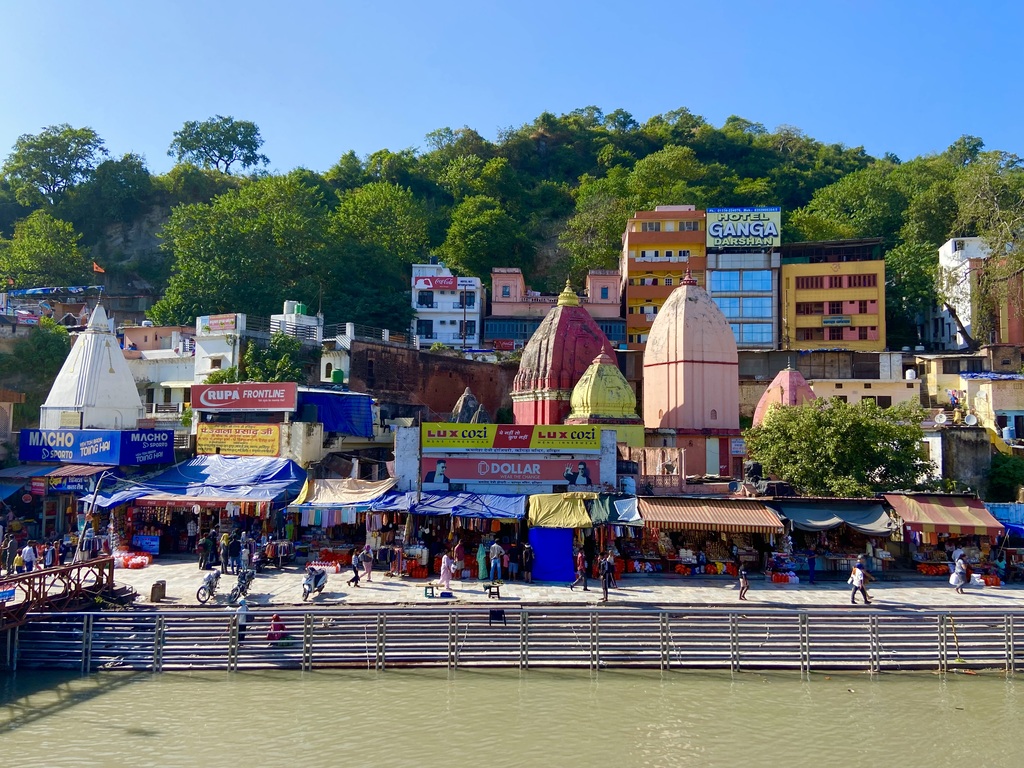
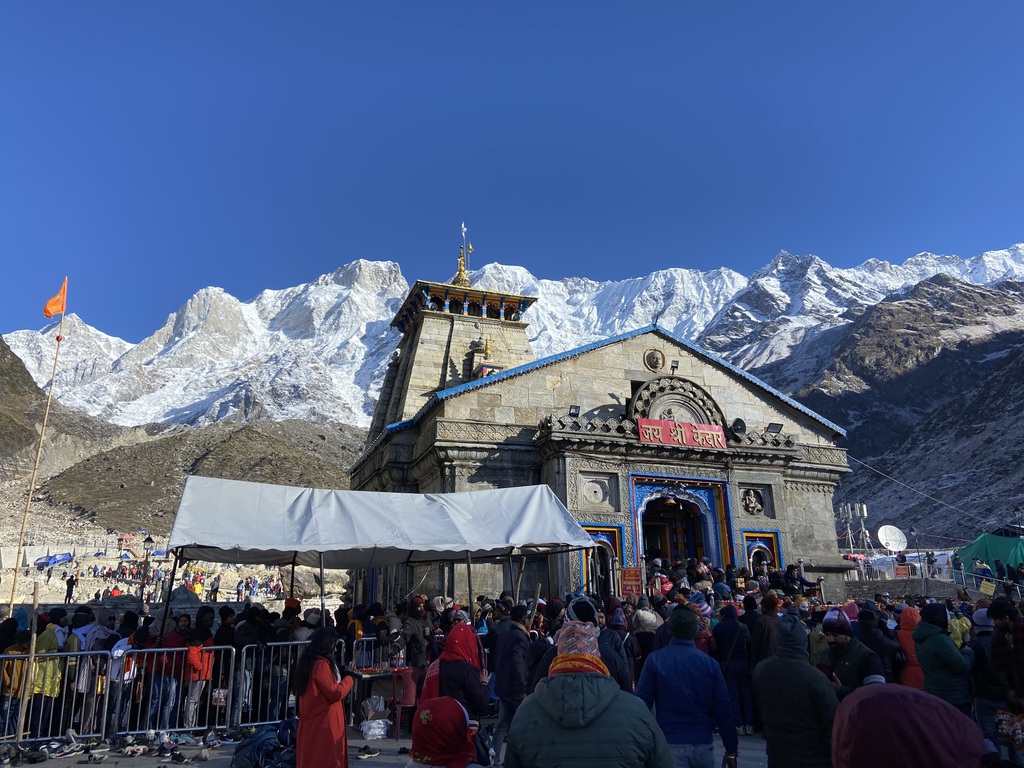
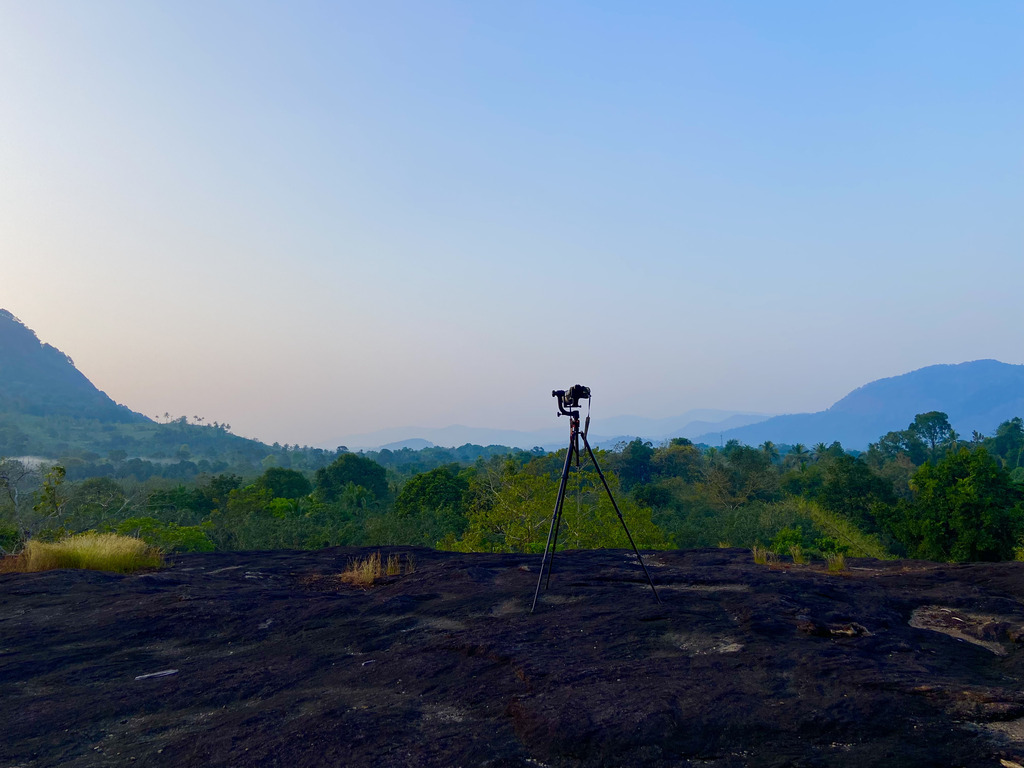
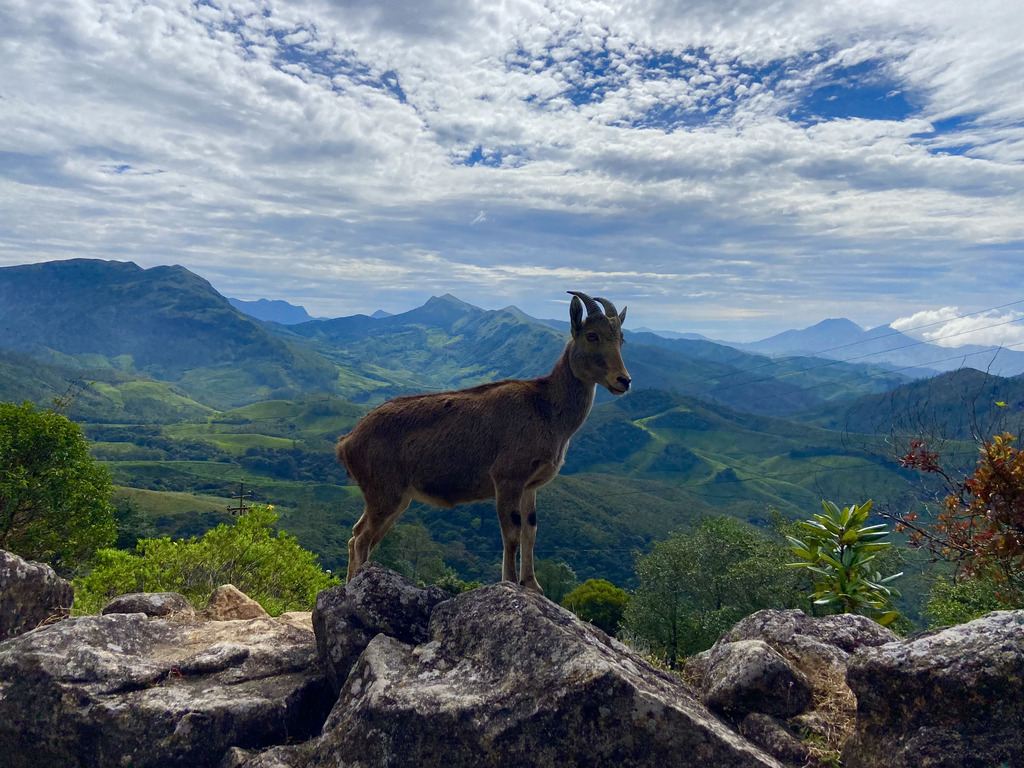
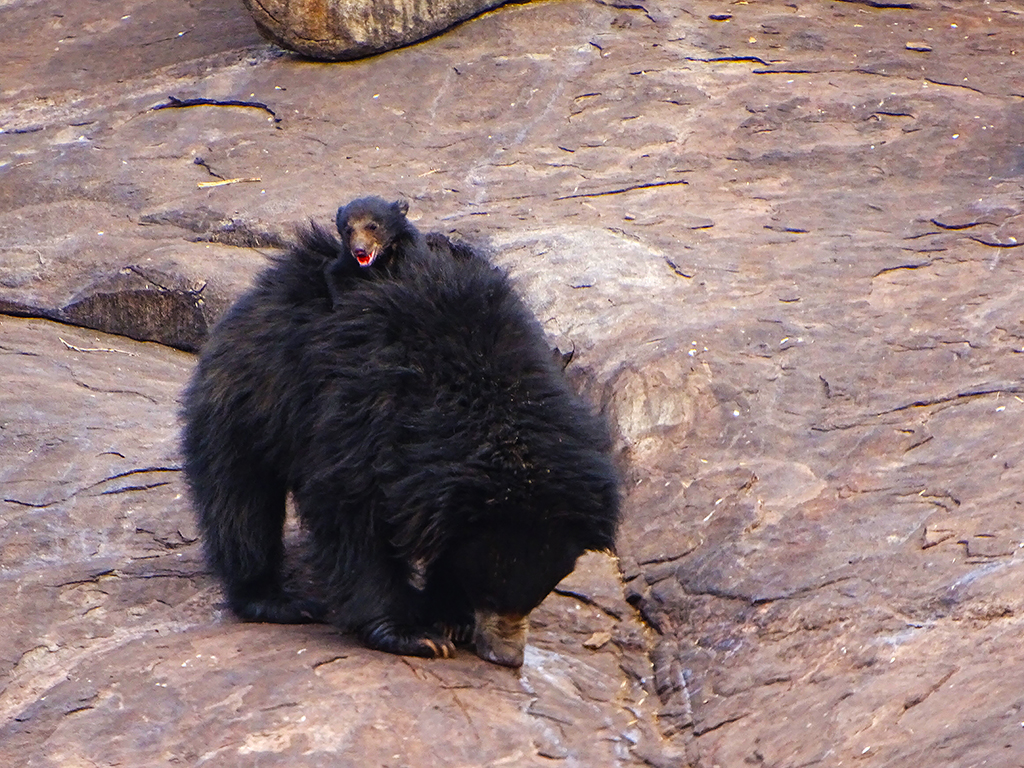
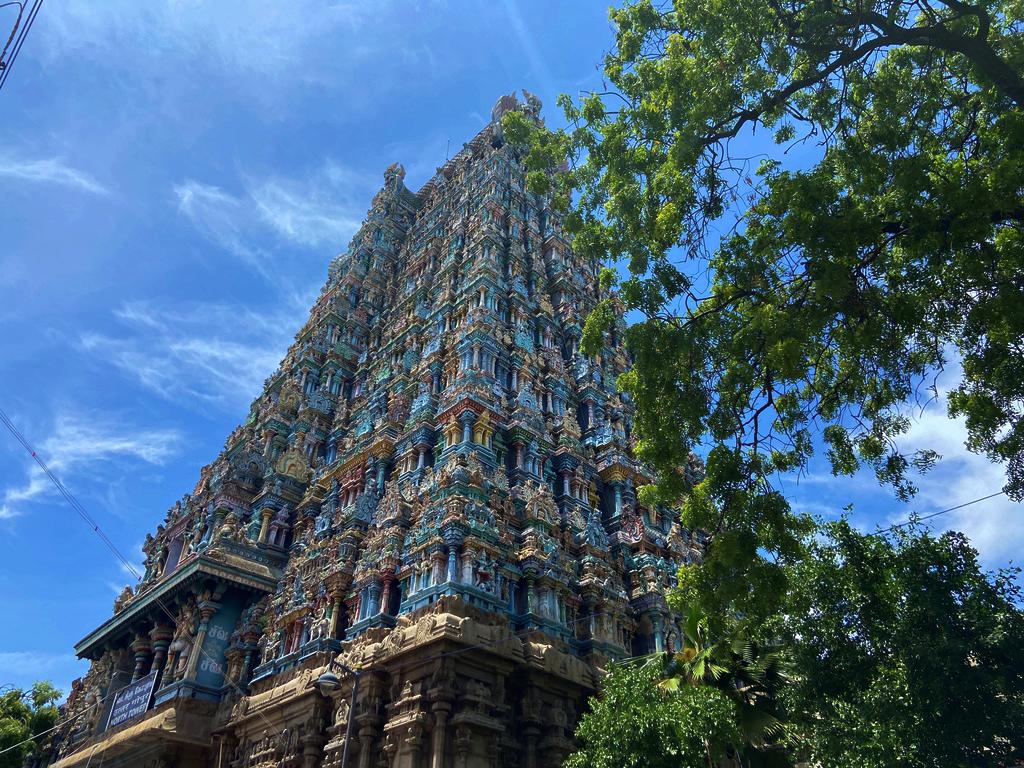
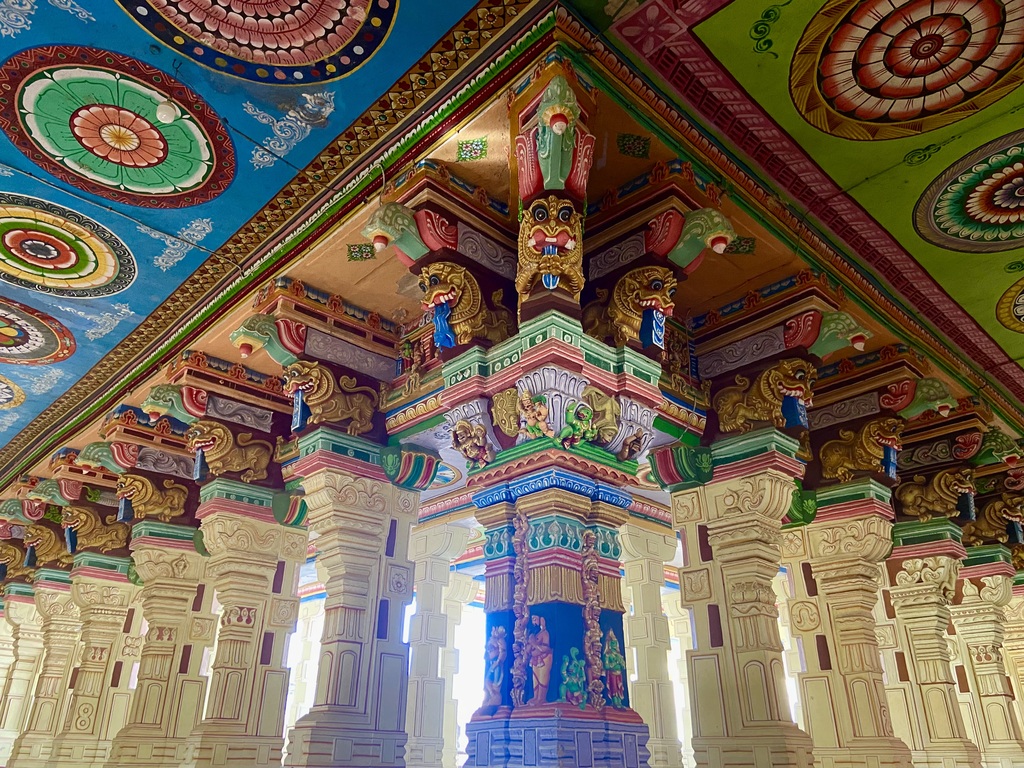
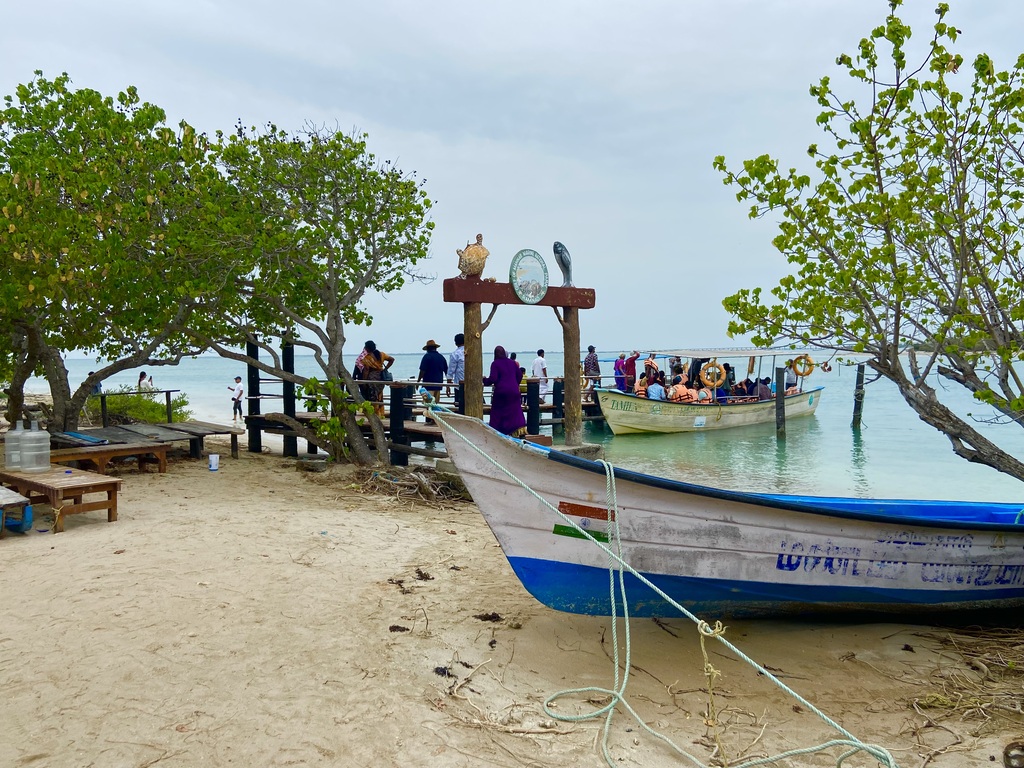
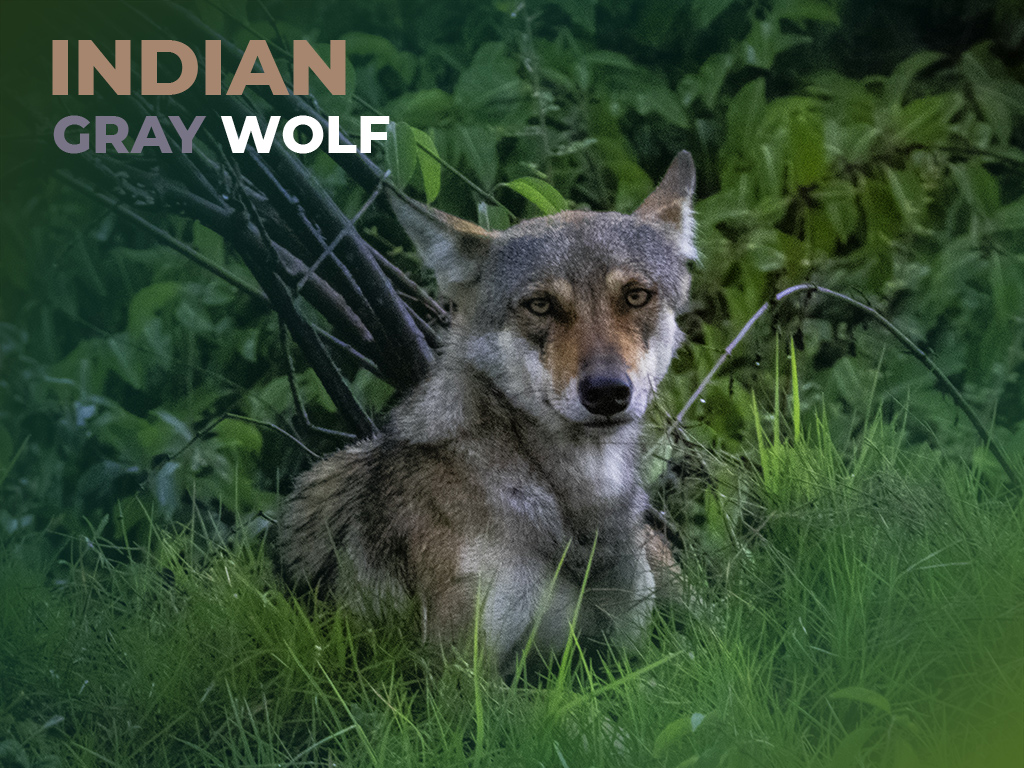
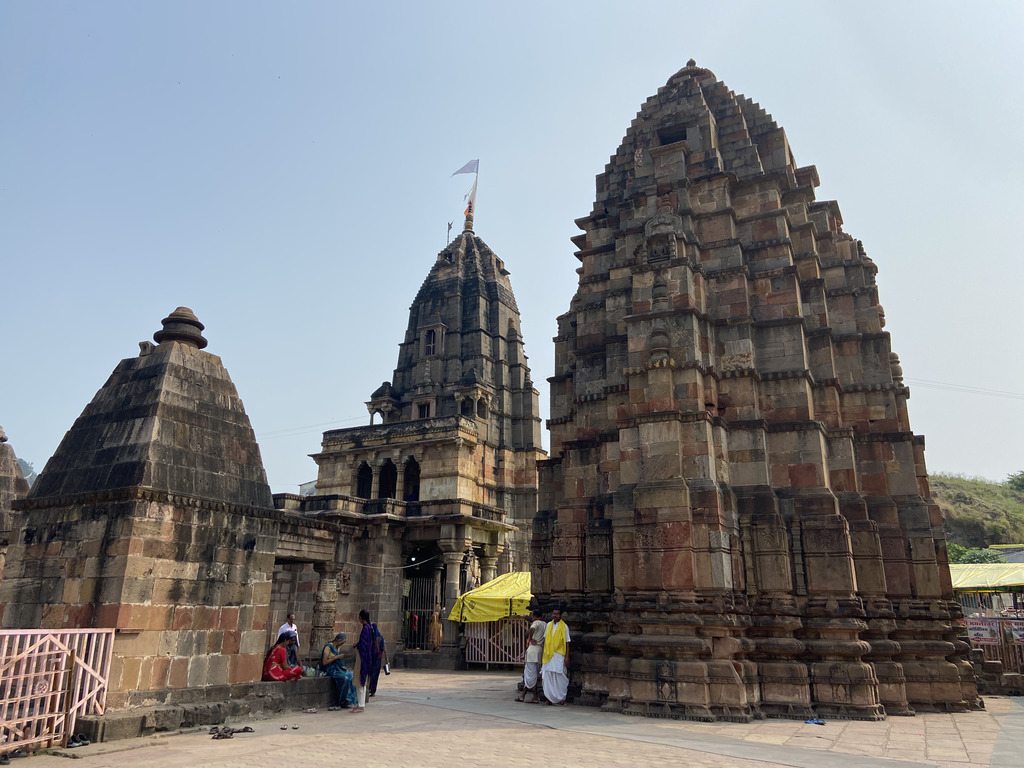
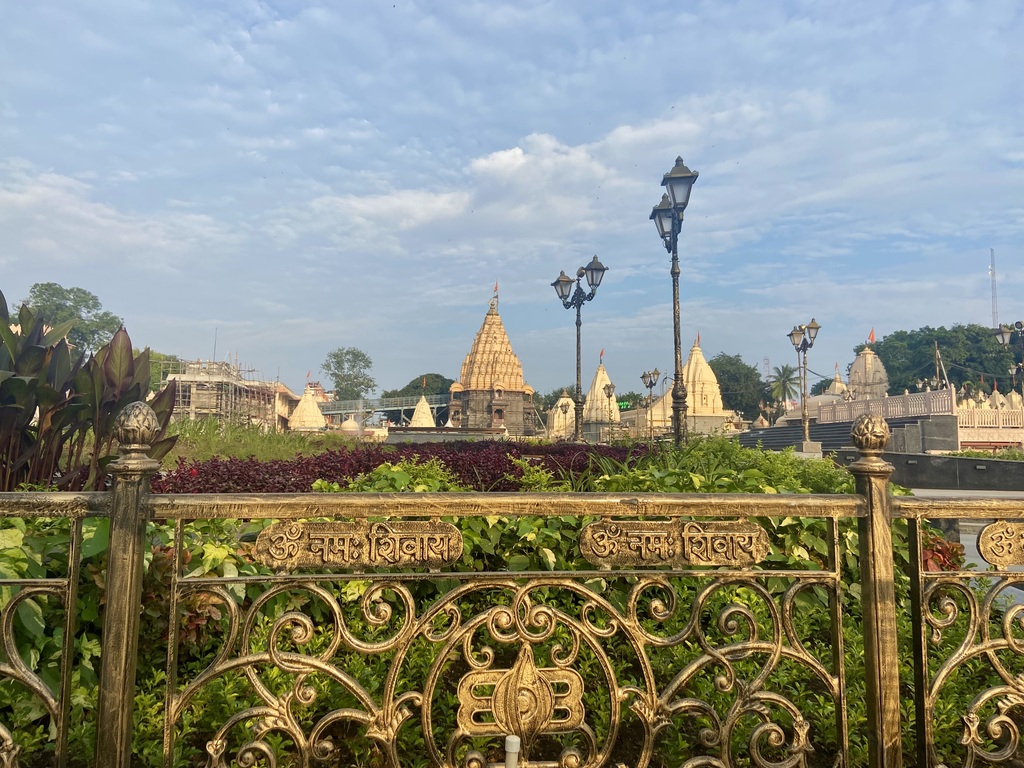
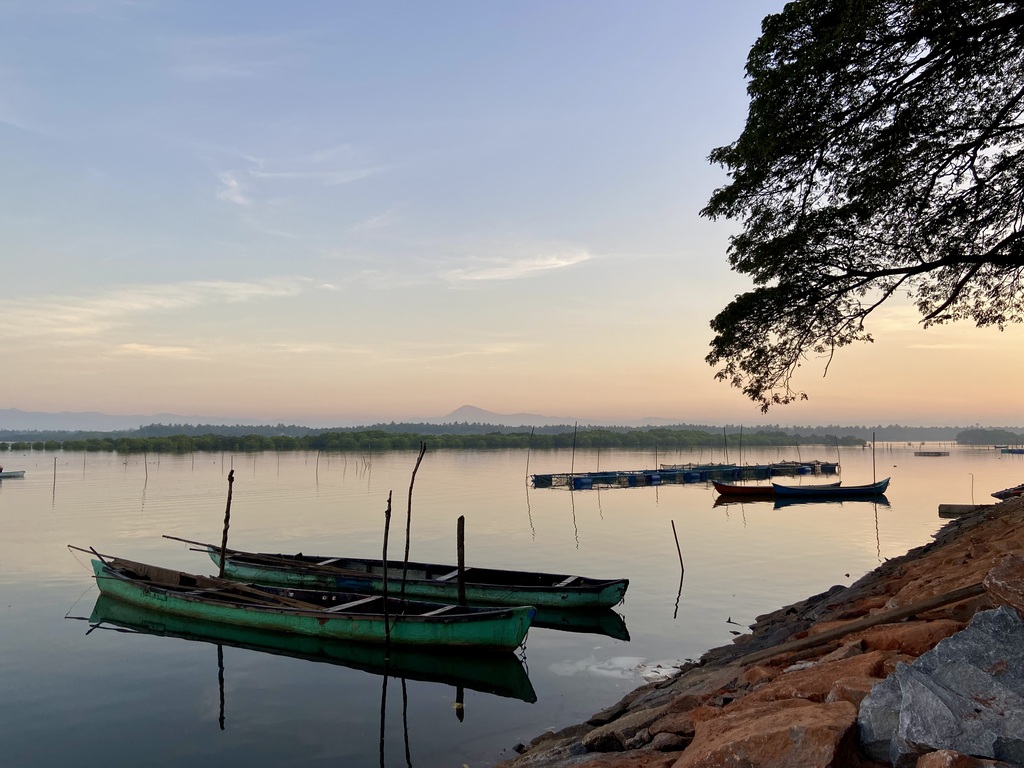
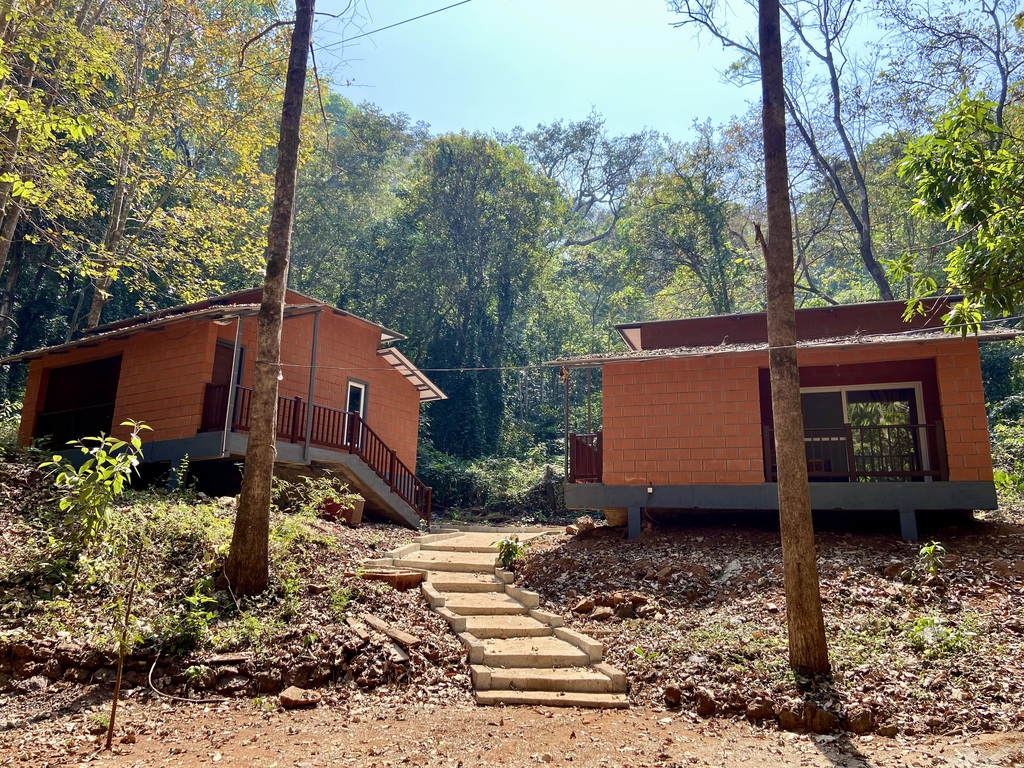
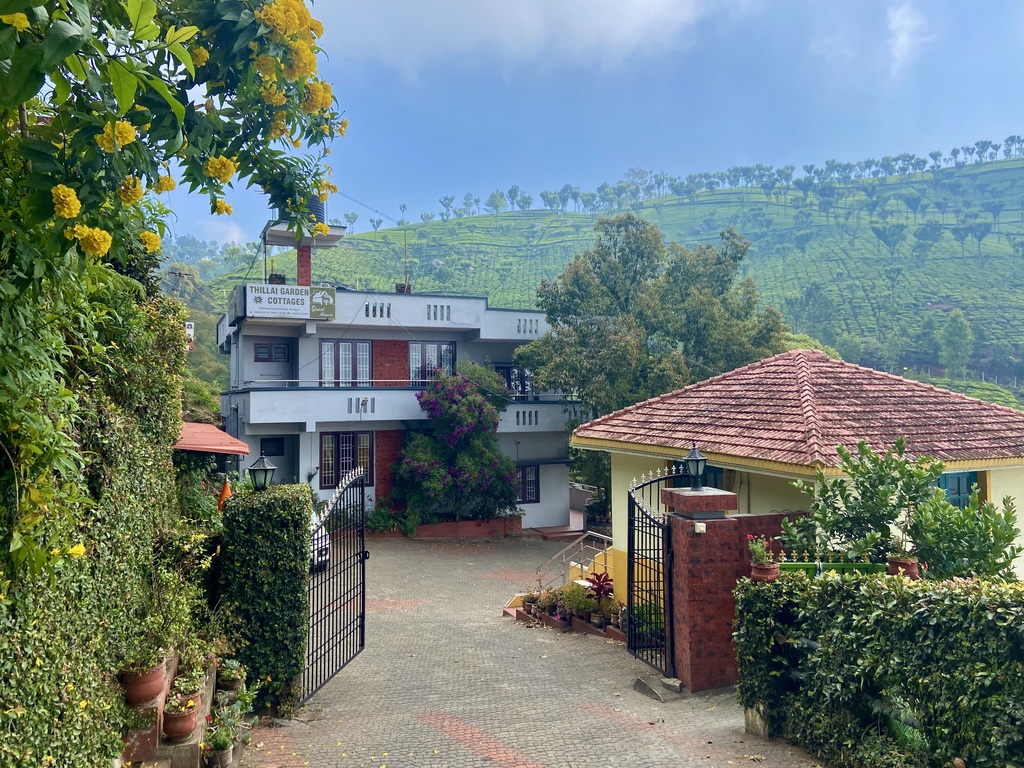
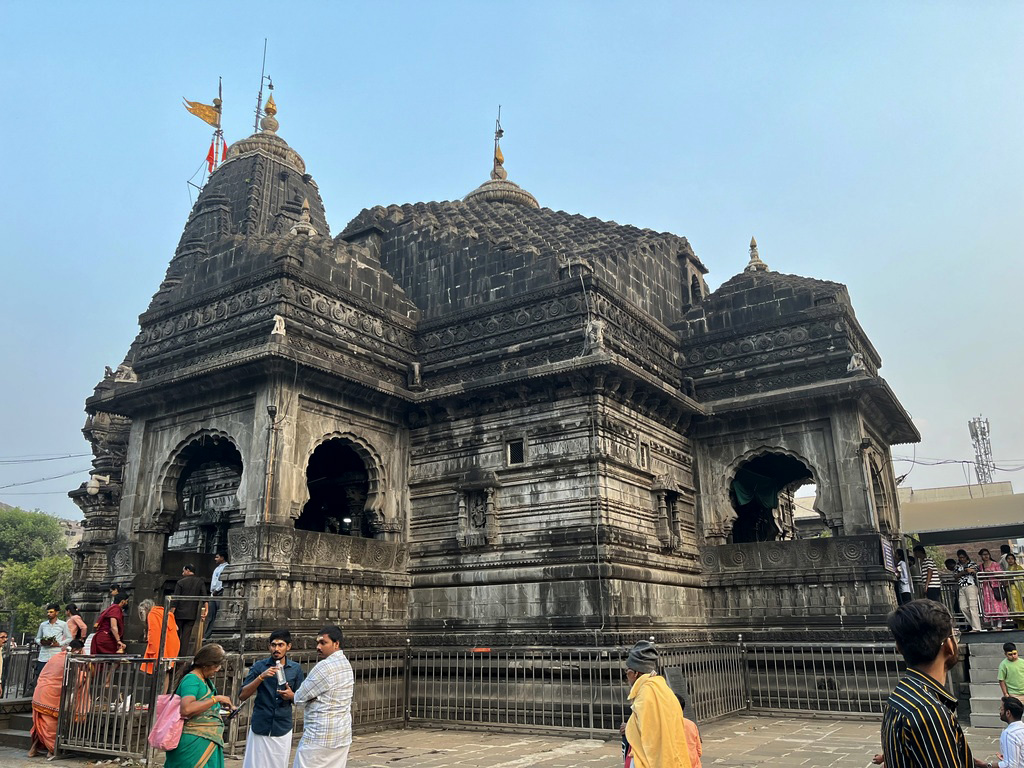
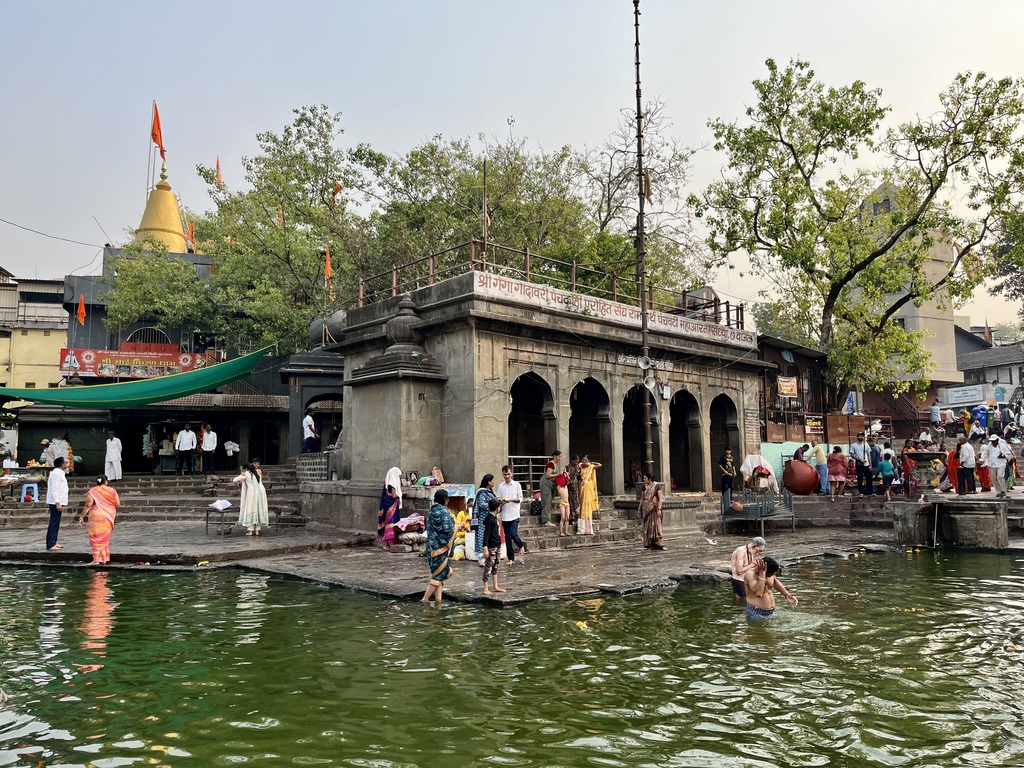
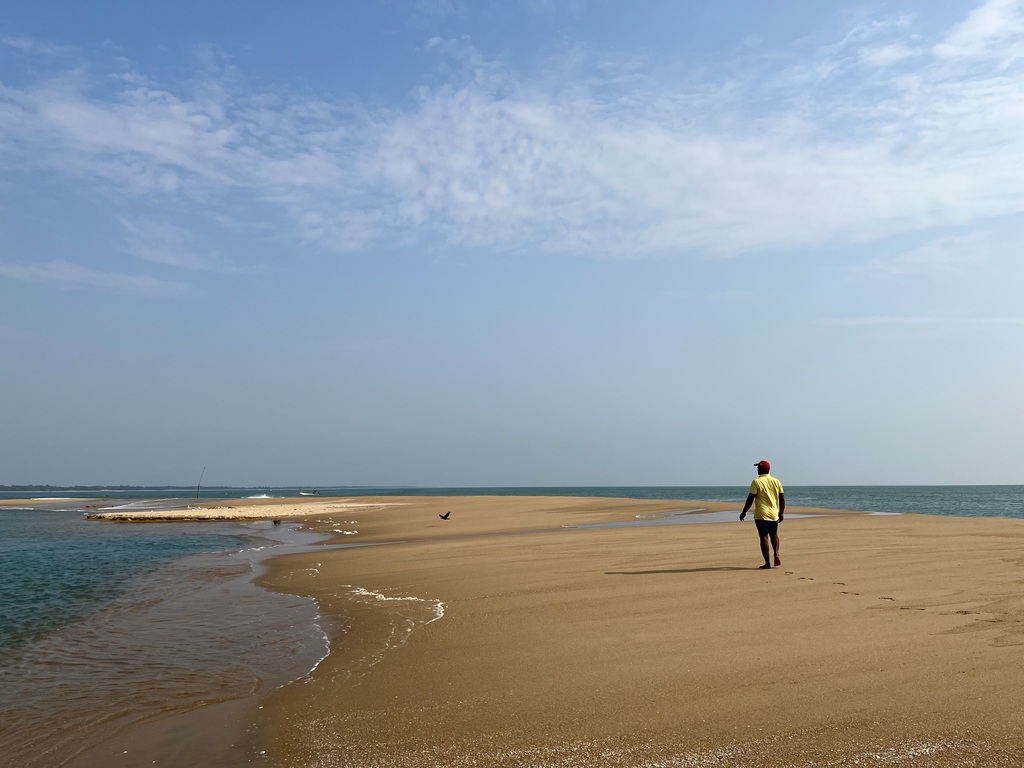
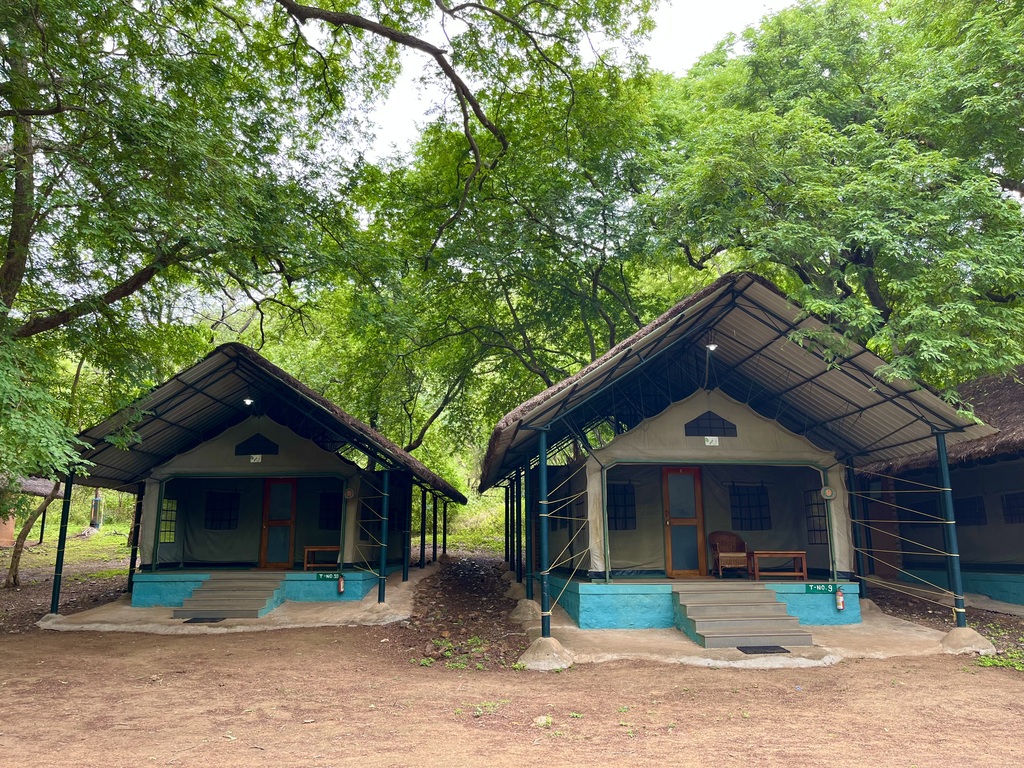
All Comments
No Comments Available